Cantabrian off to Young Horticulturist finals
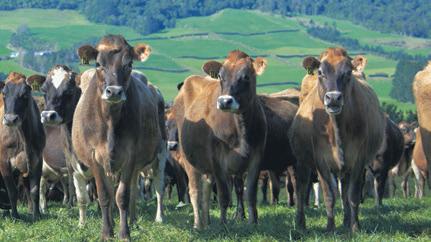

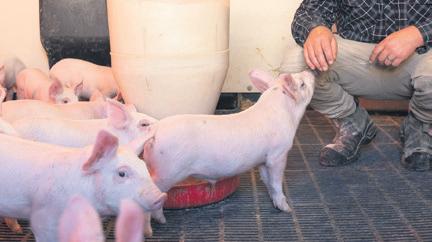
Taking a plant biology paper at university was a game changer for Lydia O’Dowd who was recently judged NZ’s Young Plant Producer of the Year.
] by monique balvert-O’Connor
The Cantabrian, who initially began studying health science, will now go ahead to represent her sector at this year’s Young Horticulturist of the Year event.

Held in November each year, the Young Horticulturist Competition is a grand finale that brings together the country’s best young
Getting the right advice early makes a difference.
talent in










O’Dowd is head propagator at Southern Woods Nursery in Rolleston. In late July she was one of five competitors put through her paces over two days of challenges held at Lincoln University.
Those vying for the title of Young Plant Producer of the Year were tested on their skills in finance and dispatch, biosecuri-


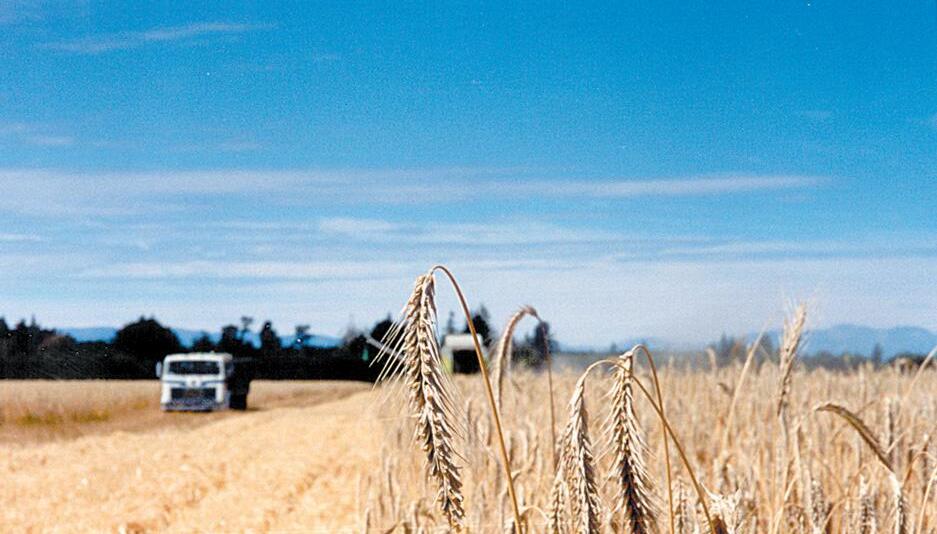
ty, plant propagation and identification, tool maintenance, agrichemical use and irrigation. Attitude and leadership qualities were also considered.

As a young student attending The University of Otago, O’Dowd initially thought her career path would involve people, rather than plant, care.

Our team can work to support your business growth or give you peace of mind around planning, property or personal matters. Talk to us today about how we can help.


September 2023 Edition INSIDE THIS EDITION
lawyer? OUR LOCATIONS: SELWYN 03 348 8480 WEST COAST 03 755 8673 CBD AND RICCARTON 03 348 8480 PARRYFIELD.COM Judith Bullin, Partner, Parry Field Lawyers ▪ Agri-business
Disputes
Wills & Asset Plannin
Need a
▪
▪
g
LOCAL LEGAL SPECIALISTS
2
TO PAGE
30,287 copies distributed monthly – to every rural mailbox in Canterbury and the West Coast for over 25 years
Finalist: Lydia O’Dowd from Southern Woods in rolleston was judged New Zealand’s Young plant producer of the Year and will now vie for the
supreme
title at the NZ Young Horticulturist Competition final next month.
horticulture.
NZPork happy(ish) p5 Methane inhibitor p31 New breakeven p38 Quality is key p42
Supreme title, trophy and $20,000 prize pool up for grabs in November

FROM PAGE 1








“In my second year of studying health science I took an extra paper, which was plant biology, and realised this is where my true interest was,” she said.
Acting upon that realisation, she applied for a nursery assistant job in Christchurch and began an apprenticeship in nursery production.

She completed Level 3 NZ Cert in Horticulture in Nursery Production and took on the role of propagation supervisor.
O’Dowd moved to Southern Woods (her current place of employment) three years ago. She began as supervisor of crop care and completed Level 4 NZ Cert in Horticulture in Nursery Production, before becoming head of propagation just over a year ago.”
The 29-year-old is the latest in a line of Southern Woods Nursery employees to gain the Young Plant Producer of the Year title. She follows in the footsteps of Rico Mannall, Devin Westley and Tom Ferguson who en-
joyed podium success, all finishing second at the Young Horticulturist of the Year finals.
O’Dowd heads a team of six, organising and training them to create new plants via cuttings and seeds. She creates and implements propagation schedules to align with the production schedule and sales targets.
Semi hard wood and hard wood cuttings are propagated, put into tunnel houses and looked after during their early growth stages. Natives are the main focus and she organises the collection and processing of the native seeds. She organises the agrichemical applications on site and uses integrated pest management techniques to control pests/diseases through the most sustainable methods available.
“Right now, I am exactly where I want to be. My job is so varied and rewarding, I love it,” O’Dowd said.
“I am passionate about sustainability and growing natives to sell on to companies that are contributing to the restoration of our nat-
ural environment in New Zealand. That really motivates me. We do this at Southern Woods, which is one of the many reasons why I like working here.”


Along with the grand title (and trophy), she has won a 12-month programme of mentorship support, plus a $4,000 fund to advance her career in plant production.
She has plans to complete a diploma in primary industry business management, acquiring skills to enable her to step into a managerial position in the plant production industry.
She said her inspiration in taking up her pathway came from family.
“My grandad had a farm in Christchurch, where he grew, cucumbers, tomatoes and carnations. I remember running around as a kid looking in his glasshouses – maybe that’s where it all started.
“I was fascinated by the plants and different-coloured tomatoes. I didn’t understand the bigger horticultural picture of what was

going on, but recall being super interested.
“My favourite tree is definitely the Kowhai. The flowers are gorgeous, it’s great for birdlife and is a nitrogen fixing species.”
In Auckland on November 7 and 8 O’Dowd will compete against finalists from the NZ Young Horticulturist Competition’s other sectors and will vie for the title and a prize pool worth more than $20,000.
The sectors are:











Young Grower of the Year (Horticulture New Zealand Fruit & Vegetable Sectors); Young Amenity Horticulturist (New Zealand recreation Association); Young Landscaper of the Year (registered master Landscapers New Zealand); Young Viticulturist of the Year (New Zealand Winegrowers); New Arborist (New Zealand Arboriculture Association Inc); Young Florist/ Flower Grower (FLONZI Florists and Flower Growers NZ Incorporated); and Young plant producer of the Year (New Zealand Plant Producers incorporated).
Ruralco CEO steps down
Ruralco Group CEO Robert Sharkie has announced his intention to resign after six years as CEO and a total of eight years with the Ashburton based co-operative.



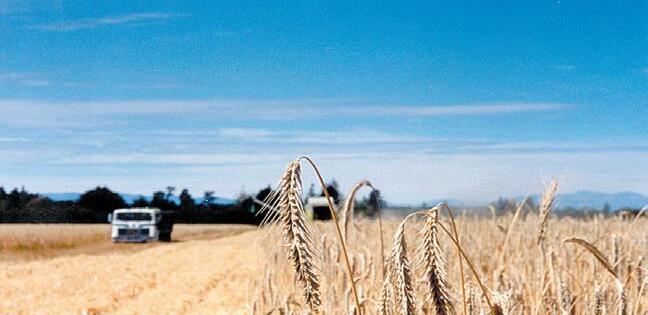
] by Kent Caddick
“I have thoroughly enjoyed my time at Ruralco, the challenges it has provided, and I am very proud of Ruralco’s achievements during my time at the helm,” Sharkie said.
“It is the dedication and passion of the people who work for Ruralco that has made these achievements possible and I commend them for their efforts and wish them well for the future.”
Chairman of Ruralco, Sir David Carter said he has accepted Robert’s decision with mixed emotions.

“Rob’s contribution to Ruralco has been significant, but I respect his decision that the time is right for him to pursue another chapter in his life. He leaves with my complete support and best wishes for his future endeavours.”
The Board has asked Ruralco’s GM People and Culture, Tony Aitken, to step into the role of Acting CEO while the Board initiates a recruitment process to select a new CEO.


Aitken has a strong background in people leadership and was part of Synlait’s journey as it grew from 140 staff to over 1000.
Standing down: After six years as CeO of the Ashburton based co-operative ruralco robert Sharkie is calling time.
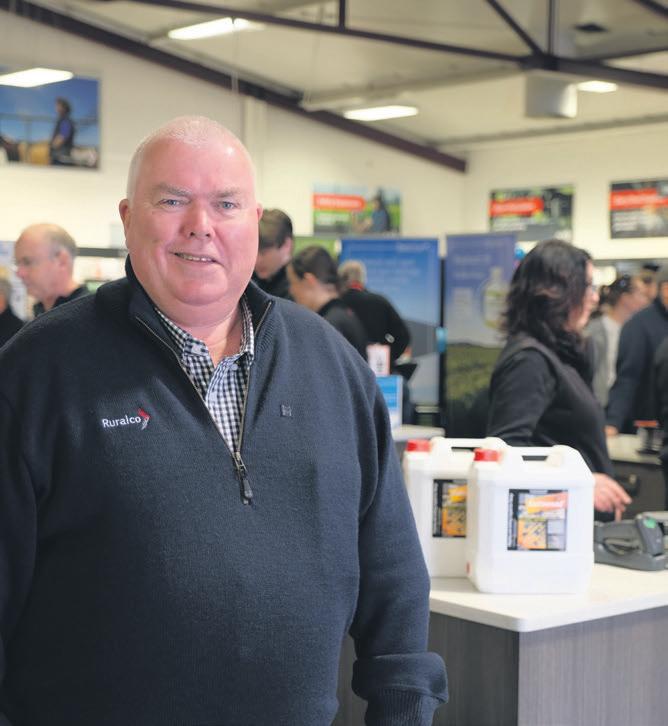
2 September 2023 CANTERBURY FARMING FARMING NEWS Corner Main South Road and Epsom Road, Sockburn, Christchurch Ph: 03 348 4129 or 0800 655 551 Rangiora Service Centre, 78 Ivory St, Ph: 03 313 7059 www.avoncityford.com We are currently looking to o buy good quality NZ new cars If you are thinking of selling your car please get in touch with our Buyer... Forbes Gourlay | PH: 027 222 5000
WE ARE BUYING!
Rural schools opting for wool over synthetic carpet
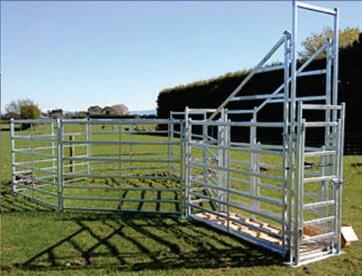
Rural schools in Canterbury are taking up a new initiative which has been launched in response to Government plan to install synthetic carpet in schools.
] by Kent Caddick
The new initiative from carpet manufacturer Bremworth is designed to make it easier for schools to access New Zealand wool carpets for their classrooms.
The move follows the plan from the Ministry of Education to install almost $8 million worth of nylon carpet (made from petroleumderived plastic) in up to 760 small or rural schools around the country.
The Bremworth Wool in Education Initiative has launched following reports schools were unhappy with the Ministry’s Nga iti Kahurangi proposal and were instead turning to community fundraising to pay for woollen carpet, rather than accepting the free synthetic alternative.

Under the programme, schools that are due to replace their existing flooring can apply to carpet manufacturer Bremworth for a product subsidy equivalent to at least 30% of their flooring needs to help make wool carpet more accessible to New Zealand schools. For a school requiring 400sqm of carpet, this would equate to savings over $10,000.
Cheryl Barbara, principal of Rotherham School in North Canterbury, said the Ministry of Education’s offer to provide synthetic carpet is inconsistent with the sustainability doctrine the Government wants taught to students and is insulting to the rural sector.



“We are told to teach the kids about sustainability, yet the Government isn’t actually
Going natural: rotherham School in North Canterbury is opting for wool carpet over synthetic following a subsidy offer from Bremworth carpets.
practising what they preach,” Barbara said.
“It’s beyond belief that they are stipulating imported synthetic carpets in rural schools when we are a wool-producing nation, particularly as larger urban schools have the option to install carpets of their choice.
“As a principal of a rural school, I can tell you that it goes against our rural values and is highly offensive to our wider farming community which has been struggling over the past few years.
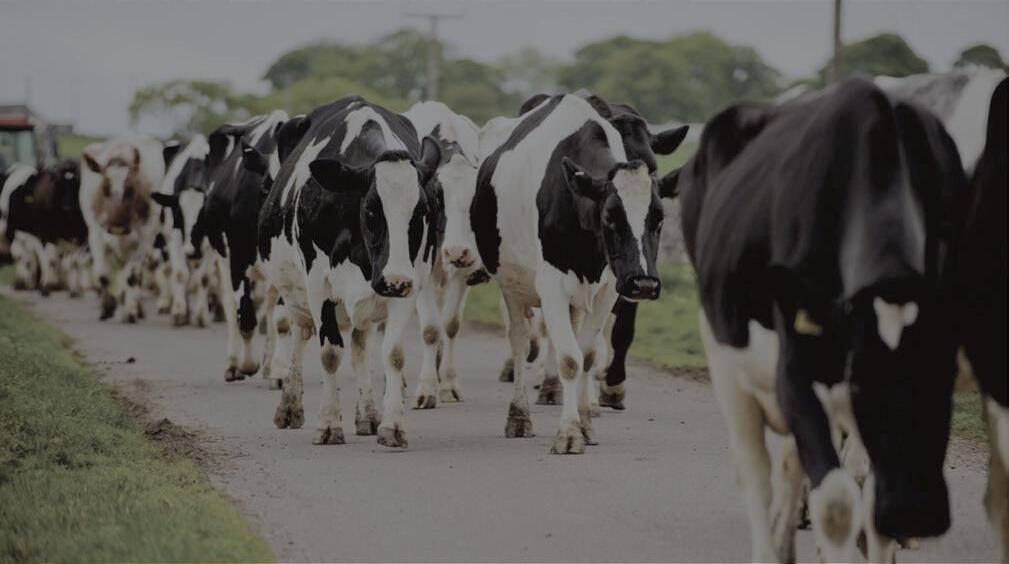

“We are one of 10 pilot schools that were to be fast-tracked through the new renovation programme, which also includes lighting and acoustic upgrade, however, the Ministry has told other rural principals if they refuse the synthetic tiles they cannot access this proportion of the funding to use for wool carpet.
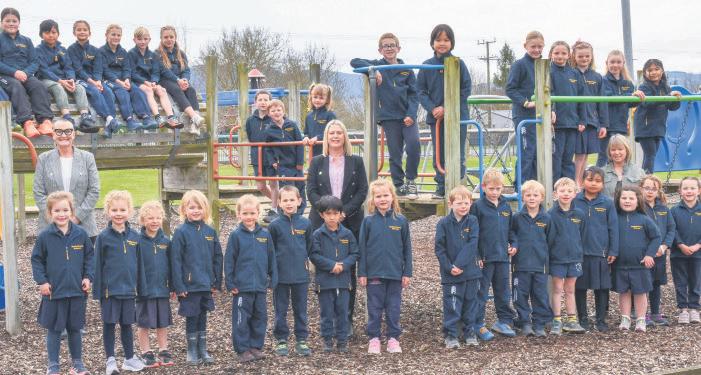
“Rural schools are about supporting their local community. I don’t think there would be any rural school in New Zealand that would
want to be using plastic carpet, to be honest.”
Barbara said they will look to pay for the wool carpet from some of the fundraising they have done throughout the year, including the North Canterbury Hunting Competition, selling corn and the Amuri Rogaine event.

“It is heartwarming to see a local company like Bremworth offering to do what they can to help get wool back into schools,” she said.
Greg Smith, CEO of Bremworth, said it was ironic that Bremworth has won export contracts in Australia which specified wool carpet in schools and yet historically, there has been less support for the product in the New Zealand education sector.
“New Zealand wool carpet has a history of performing for decades in Australasian schools prior to the introduction of imported synthetic alternatives,” Smith said.
“Unlike most other commercial settings,


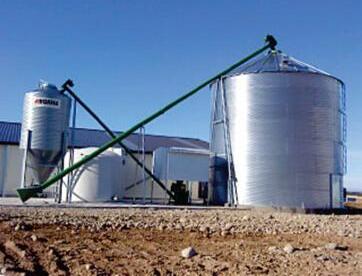

what we know about schools is that the students tend to spend a lot of time sitting on the floor.
“Bremworth is doing what it can to help small Kiwi schools like Cheryl’s access New Zealand wool – a high-performing renewable and biodegradable fibre. This then provides a more natural, healthy environment for our children to thrive.”
Schools wanting to apply for a product subsidy can contact the company through its website www. bremworth.co.nz/pages/wool-in-education-initiative.
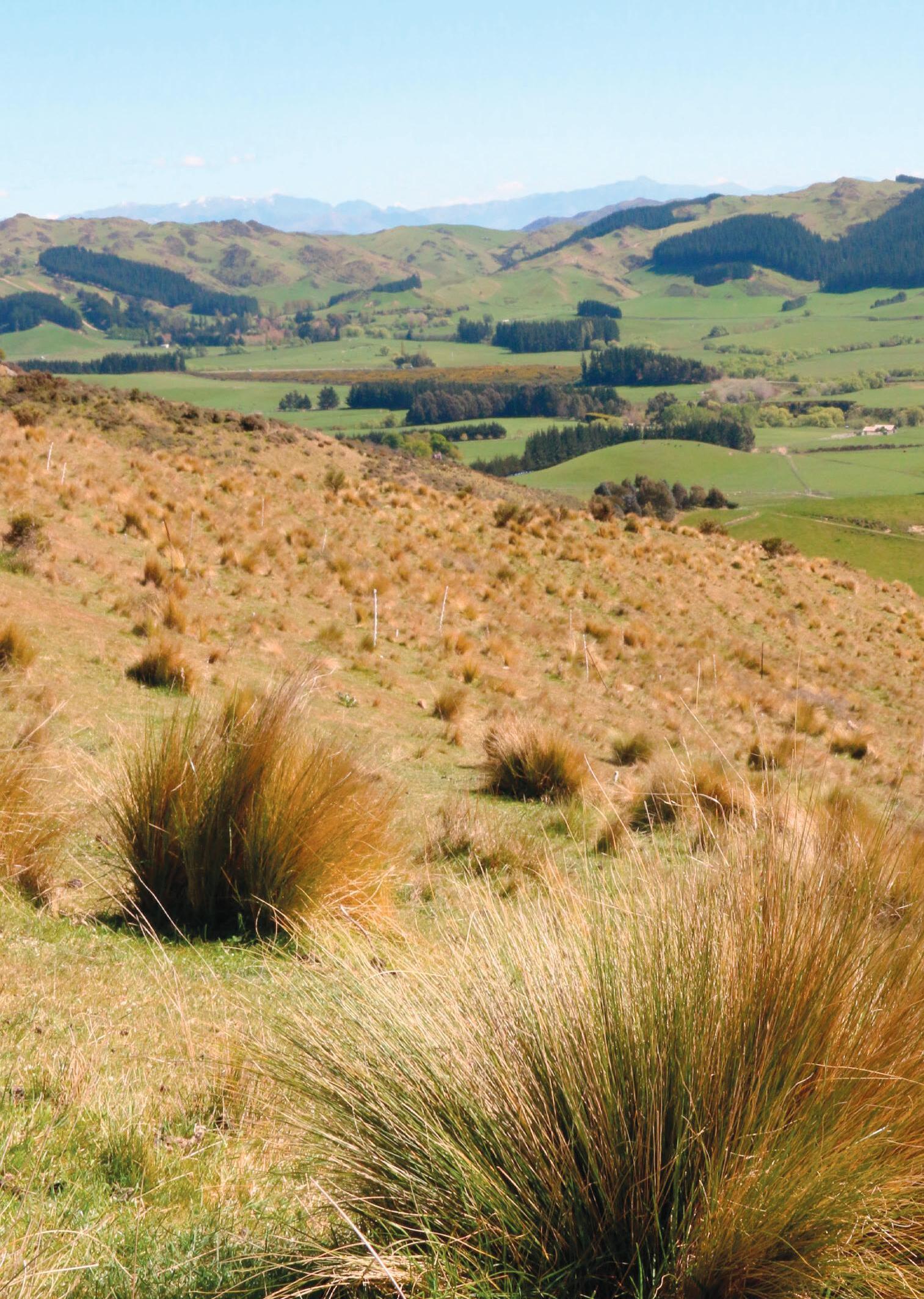
CANTERBURY FARMING September 2023 3 FARMING NEWS
Boosting our brand power
I was in South Australia recently being hosted by my trade counterpart Senator Don Farrell. During the trip someone from their wine sector commented that New Zealand wine’s reputation around sustainability gave us a competitive edge abroad.
] with Damien O’Connor ] Minister for Agriculture, Biosecurity, ] Food Safety and Rural Communities


Our wine story is truly remarkable. Who would have thought that we could establish a wine industry and within a century compete with regions who’ve been producing wine for thousands of years? Brand building.

More broadly, why do people overseas seek out New Zealand food and fibre products? Because they have an image of us in their minds and with it a perception that “if it comes from New Zealand, it must be good for you.”

There’s good reason for them to think this. We’ve earned ourselves an enviable reputation in the world for being a producer of some of the finest quality food and fibre. That is brand power.
A couple of weeks ago we took what I consider to be the next steps in evolving our brand when I announced on behalf of the Government, Cabinet decisions on the work plan to establish a system to incentivise emissions reduction on our farms.
These decisions were very much informed by the He Waka Eke Noa industry partnership.
A key function of the pricing system, if not the main function in my opinion, is to raise funds through a farm level levy to develop the tools farmers can use to maintain produc-

tion and lower methane and nitrous oxide. To date the taxpayer has funded well over $300 million into agricultural emissions research. That’s not sustainable.
We’ve agreed with the sector to set the levy at the lowest price possible.
To be clear, this is not a tax that goes into Government spending. This funding is to be ring-fenced to stay within the sector.
What will that price be? We have not made decisions on this other than outline the factors, because we believe it should be done closer to the time, when the new technology we’re funding begins to come on stream.


Nevertheless, as one farming leader said in meetings, “the system needs to be able to wash its own face” – meaning there needs to be sufficient funds for ongoing product development of tools for farmers.
On sequestration we’re setting a pathway for scientifically validated forms such as indigenous vegetation and riparian plantings to be recognised in the ETS.
We have also taken a look at timelines in response to the sector and agreed to push back the reporting and pricing by about a year. That’s a pragmatic compromise.
Coming back to the topic of brand. The future of our export growth will depend on demonstrating our sustainability credentials to ever more discerning customers.
The market signals continue to strengthen. Confectionery manufacturer Mars has set
out to lower emissions across scopes 1, 2 and 3 by 67 per cent by 2050 and has said 38 per cent of its emissions come from agriculture. Tesco want a 17 per cent drop in scope 3 emissions by 2030. These are just to name a couple.
Dutch dairy cooperative Arla has just allocated $4 billion of incentive payments to farmers for reducing emissions as part of its ‘scope 3’ accounting. It has said that farmers who do the most for the climate and environment will receive the highest price for their milk.

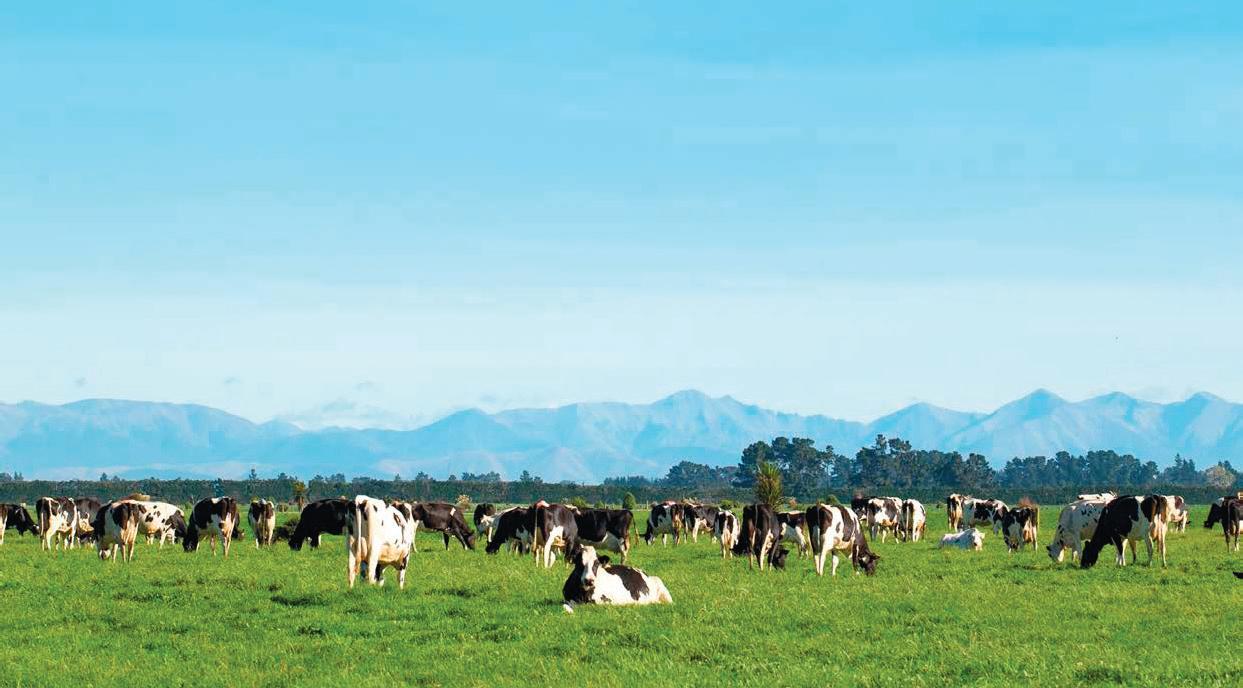
These trends should make anyone with skin in the game sit up and take notice.
I acknowledge that the coming season will be tough for many, with prices coming off record highs. But we still need to take a longterm view of things.
Regarding brand, these market shifts are in our favour for the reasons outlined in the example of our wine industry. We should look at this as a tail wind and not a headwind because we are well-positioned to capture opportunity.
We will know we’ve succeeded in next step in brand building when high value consumers around the world say this: “If it comes from New Zealand it must be good for you and the planet.”


4 September 2023 CANTERBURY FARMING FARMING NEWS
Join our Farm Systems Specialists Ian Williams, Wade Bell and Matt Dalley as we chew over all things feed and farming. Get the latest research, and tips to improve your farm’s profits and sustainability. Tune in on your favourite podcast platform, or at pioneer.co.nz/podcast The podcast for farmers hungry for knowledge FEED FOR THOUGHT
Kiwi pig farmers just want a fair go
NZPork says it is pleased Parliament’s Regulations Review Committee has recommended the Government explore clearer labelling about the country of origin for pork.
] by Kent Caddick
Last year, NZPork complained to the select committee that food labelling regulations do not ensure consumers have accurate information about the country of origin of pork, particularly in processed pork products that are cured such as ham and bacon, but also in a wide range of other products, such as marinated pork, sausages and salami.
The Consumer Information Standards (Origin of Food) Regulations allow manufacturers to advertise that a pork product such as bacon or ham is ‘made in New Zealand’, while putting on the back in fine print a list of countries the pork may be sourced from.
Countries could include ‘New Zealand’ even if pork farmed in New Zealand is only a very remote possibility.
Now, Members of Parliament on the select committee have recommended that the Government considers amending the regulation to avoid labelling practices which may confuse consumers about the origin of the products.
NZPork chief executive Brent Kleiss said clear and unambiguous country of origin labelling allows consumers to make informed purchasing decisions.
“We have been concerned that products








are being sold to consumers as ‘made in New Zealand’ when they are not made from born and raised New Zealand pork,” Kleiss said.


“The fact that these products contain meat from foreign sources is only mentioned in small print on the back of the product. This practice is misleading and confusing for consumers as to the true nature of the product’s origins.
“We have been saying for some time that we want labelling that shows the true source of the pork being used to be far more prominent.
“We are pleased the select committee has found the regulations are not consistent with the purpose of the Fair Trading Act and the Country of Origin of Food Act.

“We now urge the Government to address this issue as a matter of urgency. This will help provide consumers with the confidence that they are ‘buying local’, knowing they are supporting Kiwi farmers and purchasing pork raised to high levels of animal welfare.”
Kleiss said they will also be asking the Government to consider other changes such as broadening the application of the regulations, so that products such as salami, sausages, meatballs, and marinated meats are subject to the requirement to disclose origin.
“Without broader coverage of these other processed pork products, it is potentially very confusing for consumers because these products can sit alongside pork and cured pork products such as ham and bacon with no country of origin information provided about the pork.
“Kiwis should look for the ‘100 per cent NZ’ pork labelling or NZPork’s PigCare label on pork packaging.

“More than 60% of pork consumed in New Zealand is imported and produced using practices that are illegal in this country. Kiwi pig farmers just want a fair go,” Kleiss said.
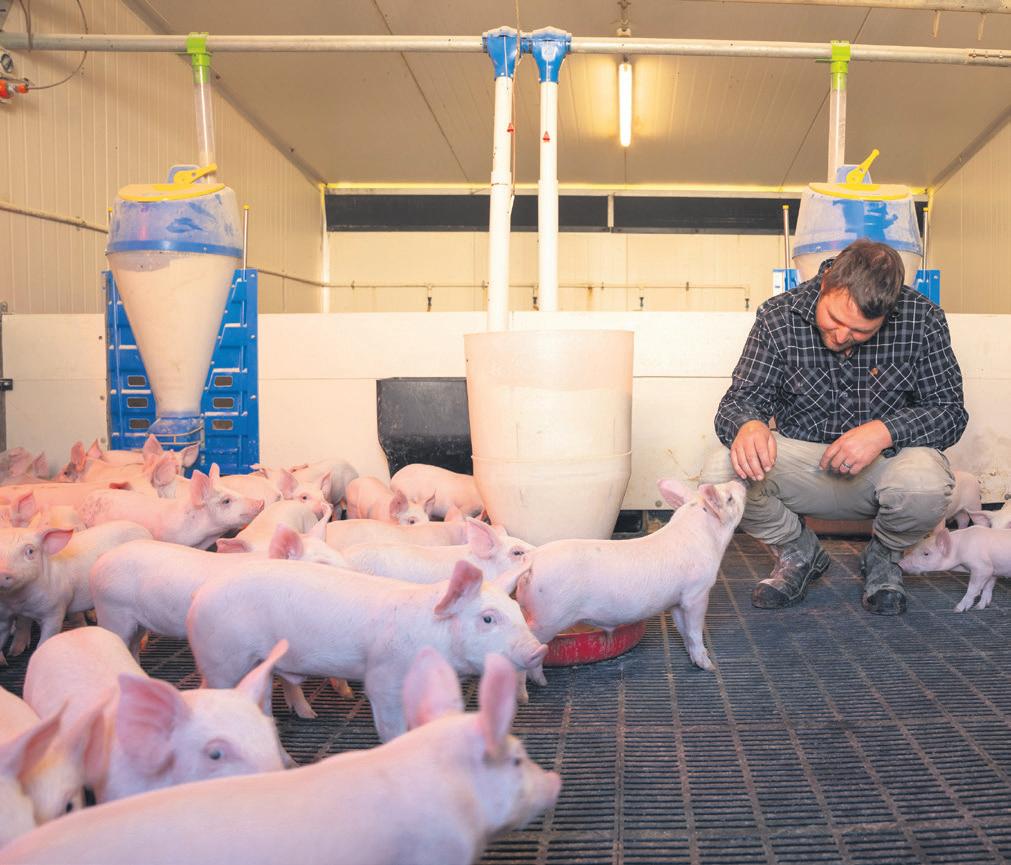
CANTERBURY FARMING September 2023 5 FARMING NEWS 0800 762 493 Call us or your nearest Franchise Dealer HOME OF FOR THE PAST 25 YEARS
Kiwi made: NZPork says it is happy with a recommendation the Government explore clearer labelling about the country of origin for pork.
‘
more than 60% of pork is imported and produced using practices that are illegal in this country.
Brent Kleiss Chief Executive, NZPork
A strong rural sector to get New Zealand back on track


] with todd mcClay ] National Party Spokesperson ] for Agriculture


For New Zealand’s agricultural community, this election is a critical one.
Recent statistics from the Federated Farmers Farm Confidence Report show just four per cent of farmers expecting their own profitability to improve in the next 12 months, and with more than 70 per cent expecting profitability to worsen, farmers continue to lack confidence and are unlikely to invest.
Throw in the more than 20 new rules and regulations farmers have been slapped with over the past six years and it’s understandably hard to see the light at the end of the tunnel.
Our primary industries are impressive by a global standard and National has always recognised the hard work put in by our farmers and growers to get those results.
The resilience they have shown during the past six years demonstrates our farmers have a remarkable ability to adapt and innovate. Restoring the confidence of our agricultural sector to invest and grow is essential for our economy.
If agriculture is struggling, so is New Zealand.
The challenges of emissions reduction and heightened agricultural productivity can benefit greatly from more forward thinking, proactive policy. Our Harnessing Biotechnology policy will open avenues for innovation in many ways.
Whether it be pest control, fertiliser alternatives or providing the tools for farmers to reduce their emissions effectively without the risk of closing farms, it will be intricately linked to the future of our farming. By championing genetic editing (GE), we are empowering farmers to lead the charge in shaping a sustainable agricultural future.
Access to international markets plays a pivotal role in shaping the trajectory of New Zealand’s agriculture sector. With countries like Canada and India forging trade agreements, the need for strategic positioning in global markets has never been more apparent.
There is an urgency to reopening negotiations for a Free Trade Agreement with India. While other nations, including Australia and the UK, have advanced in trade negotiations, New Zealand’s approach should be equally proactive. India’s rapidly growing economy, coupled with its population expansion, presents enormous opportunities for New Zealand’s dairy, meat, and kiwifruit sectors.
National’s commitment to a strong economy aligns with its drive to capitalise on international trading opportunities.
By implementing a 2-for-1 rule for new regulations, introducing a Rural Regulation Review Panel, and requiring thorough cost assessments of new rules, we will ensure that farmers are not burdened with crippling compliance costs.
Our vision is to create a smaller and







smarter regulatory framework that fosters innovation, bolsters productivity, and safeguards the environment, all the while allowing farmers the freedom to operate efficiently.
This way we can unleash the true potential of our farmers, revitalising the heart of our nation’s economy and cultivating a better, cleaner, and more rewarding future for New Zealand’s primary sector.
Kicking the climate ball to touch is not an option
Finding a solution to the climate crisis within agriculture is not a puzzle without answers. It’s clear that relying solely on tree planting to offset emissions won’t suffice. Instead, a shift towards organics and regenerative agriculture holds the key to reducing the sector’s impact on the environment – including diversifying what we produce from the whenua.
] with teanau tuiono ] Agriculture spokesperson ] for the Green Party

For years, successive governments have prioritised quantity over quality, treating farms as mere factories. This approach has left our water contaminated, our land degraded, and our planet warming.
Farmers have been ill-equipped to navigate climate and market shifts, while our communities lack secure and equitable food and fibre systems that are vital for their wellbeing.
Agricultural stability is intrinsically linked to a stable climate. After the carnage of cyclone Gabrielle, the message is clear: recurring droughts and floods are detrimental to farming, regardless of location.
A report by the Parliamentary Commissioner for the Environment showed that to offset the methane emissions of a single dairy cow, a whopping 6000 square metres of pine trees would be required.
Similarly, the emissions from a cow raised for beef would demand an additional 4000 square metres of pine forest. Imagine an entire rugby field covered in pine trees, all need-
ed for just two animals. Kicking the climate ball to touch is just not an option.
It’s imperative that the government turns its attention to alternative strategies. Supporting organics and more regenerative methods for farming along with phasing out synthetic nitrogen fertilisers and imported supplementary feeds, such as palm kernel expeller (PKE), are critical steps.
PKE and nitrogen fertilisers have become staples in intensive high-emission farming, particularly within the dairy sector, not to mention the associated destruction of rainforests like the Borneo jungle. This approach worsens climate pollution at a time when we should be reducing it. It’s a far cry from the sustainable, grass-fed products that New Zealand farmers are known for.
Beyond securing future food production, seizing the enormous opportunities presented by New Zealand’s agricultural sector is paramount. Global markets are increasingly favouring low-emission products, necessitating a fundamental shift in our food and fibre production practices.
Organic and regenerative farming practices offer a myriad of benefits, including improved water and soil quality, sustainable
food production that respects ecosystem limits, and protection against climate vulnerabilities.
The road to success lies in harnessing these benefits and ensuring that the gains are equitably distributed. From my perspective, success hinges on transitioning to low-emission agriculture while concurrently supporting the growth of farming communities. As change driven by climate shifts and other trends is inevitable, a just transition is essential to guide these communities through the transformation.
This involves proactive planning in collaboration with farming businesses, unions, indigenous groups, and impacted communities. It means providing accessible education and training, offering support for transitioning workers, and ensuring equitable distribution of health benefits. It also requires a comprehensive understanding of how climate policies impact different population groups.
Some dairy farmers have discovered that reducing livestock numbers can actually be more financially rewarding, thanks to better pricing and reduced costs.
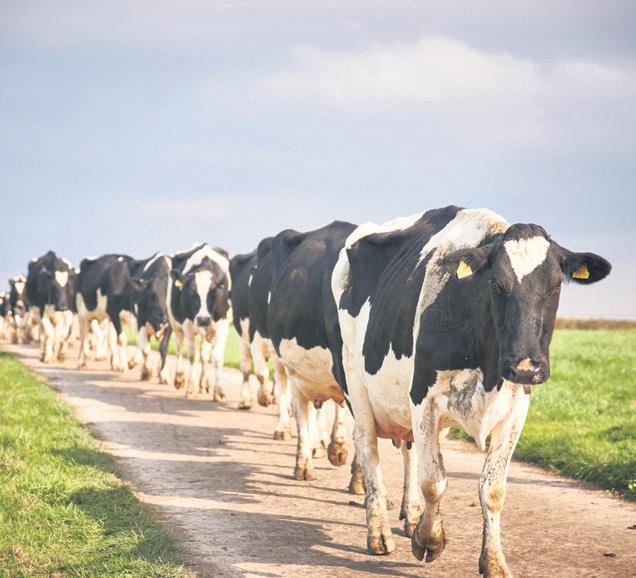
Moreover, regenerative farming enhances organic content in soil, bolstering resilience
against increasingly frequent droughts in a warming world.
To support farmers during this transition, alongside a phased reduction of nitrogen fertilisers, a regenerative farming fund would make a significant impact in our fight against the climate crisis. Additionally, it would create highly skilled, stable jobs within rural communities, fostering flourishing small towns.
6 September 2023 CANTERBURY FARMING
FARMING NEWS
‘Success hinges on transitioning to lowemission agriculture while concurrently supporting the growth of farming communities.
‘restoring the confidence of our agricultural sector to invest and grow is essential for our economy.
Revolutionary AI traps move closer to commercial production
Unwanted negative impacts to native species, such as the kea and kaka, when controlling invasive predators is of critical concern, but this could be set to change.
] by Kent Caddick
Field trials are underway on revolutionary predator control traps based on groundbreaking artificial intelligence (AI).
The fully automated Critter Solutions Kill Traps trigger only when a target has been identified by AI as a pest species. Importantly, the traps are ultra-low power, self-resetting, and self-luring – designed to be left in the field for long periods without servicing.
Project lead Dr Helen Blackie from Boffa Miskell describes this innovatively designed, next generation of AI traps as the “holy grail for pest eradication and a game-changer, not only for Aotearoa, but worldwide”.
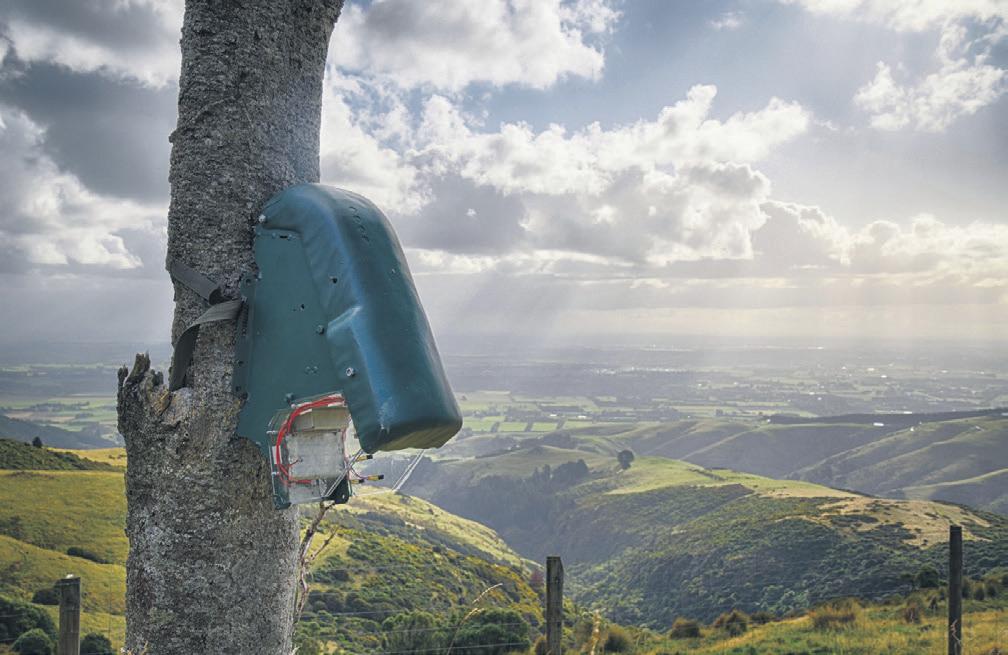

“These traps are the first to be able to effectively ‘think for themselves’ and make a decision as to whether an interacting animal is a target pest species or not,” Blackie.

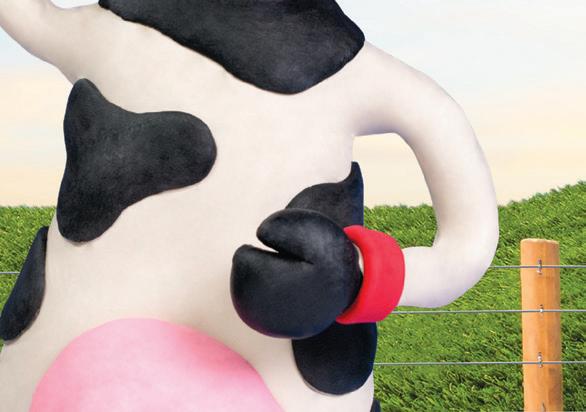

“A key technical success has been developing the trap so that it is extremely fast at triggering when an animal is recognised –within a fraction of a second – after detecting the presence of a pest.
“Importantly, using AI to trigger traps means that the trap design can be far more open, as we’re not trying to stop other species from entering. This makes the trap far more appealing for pests to go into, as we haven’t had the same restraints on design. Traditional traps also require the pest to push, pull or stand on a trigger to activate the trap, which can further reduce catch-rates, by
using AI we can do away with manual triggers completely.”

The traps are also able to remotely notify a user that it has triggered and can send a picture of the animal it’s triggered on.
“This is the first time I’ve been able to run a trial from the comfort of my couch,” she said.


“We use our AI monitoring cameras trained on the traps which show us the approaching species in real-time, then we get a notification of the trap triggering, which species it was and a further notification that the trap has reset and is ready and waiting for the next animal.”
The traps have already passed requirements for delivering a humane kill for rats, stoats and possums in independent trials. As well as controlling pest species, the device can also be used in a ‘passive’ mode to collect monitoring data on native species.
Critter Solutions director Kenji Irie said they have applied 20 years of animal trapping knowledge and spent five years working on the generation of a robust AI system for this specific idea, and we are now excited to be testing the tool in the field,” Irie said.
“We have enough data from the first field trials already to prove the trap’s effectiveness for possums, which is hugely exciting. Every time the fully automated trap has identified a possum and triggered has resulted in a successful kill. In our first night testing in the field the trap had recognised and killed
Cocksfoot and fescue bred for farming’s biggest challenges.



Clever: Where other traps require high interaction from the animal such as stepping on a plate or biting a bar, which can lead to unfavourable positioning of the animal within the mechanism), the Critter Solutions AI trap identifies the animal and then it need only put its head into the trap before it is activated.
its first possum within an hour, and then its second a few hours afterwards, highlighting the benefit of the open design of the trap to increase animal interaction rates, which was very exciting for the research team.
Funding from Predator Free 2050 Limited through the Government’s Jobs for Nature initiative in 2021 has helped to speed up the development of this game-changing technology.

An immense amount of work has gone into ensuring the device can reliably identify even small details of non-target species
including kea, kaka, weka and kiwis, from thousands of animal interactions with the prototype units.
Critter Solutions Ltd has already started to receive international attention from as far as the United Kingdom where there has been no control tool that can easily distinguish a native red squirrel from the introduced grey squirrel (red squirrels are at risk of local extinction due to the grey invasion).
The Critter Solutions Species Specific Kill Trap is expected to be ready for sale by late 2024.
CANTERBURY FARMING September 2023 7 GREENLY II & NOUGA NEED ANIMAL PERFORMANCE BUT CLIMATE AND PASTURE PESTS MAKE IT TOUGH? Greenly II thrives where other pastures struggle, tolerating drought and insects once established. Nouga grows high quality feed for strong animal performance in warmer climates. ORDER RAGT’S GREENLY II COCKSFOOT AND NOUGA TALL FESCUE FROM YOUR LOCAL SEED RETAILER. www.ragt.nz
FARMING NEWS
Proposed election policies and their impact on Canterbury farmers

With



October election looming,
and uncertain global markets, this scheme was not in favour of farmers.
The National party have revealed that they intend to scrap the ute tax as part of their supercharge to the rural economy. Furthermore, National intend to introduce a no duplication rule, meaning that the government cannot ask farmers for the same information twice, it would be up to officials to share the relevant information with the appropriate departments within the system.

] with Alivia Nevin ] Helmore Stewart Lawyers





It is clear that farmers have been imposed with a number of policies over recent years that have not made the running of the farm easier. The following proposed policies could be influential in a farmer’s party vote.
The Government’s recent Clean Car Scheme was critisised for being a ‘ute tax’, with very little low-emission utes available in New Zealand. With the rising cost of living


On the other hand, some Canterbury Farmers have been changing their practices as they have climate change at the forefront of their mind.
The Green party is proposing to support the agricultural community through a transition to reduce emissions and minimise harmful inputs and practices. The Green party intend to do this by reducing livestock numbers, phasing out synthetic nitrogen fertilizers and ensuring that New Zealand honours its commitment to the International Methane Pledge.
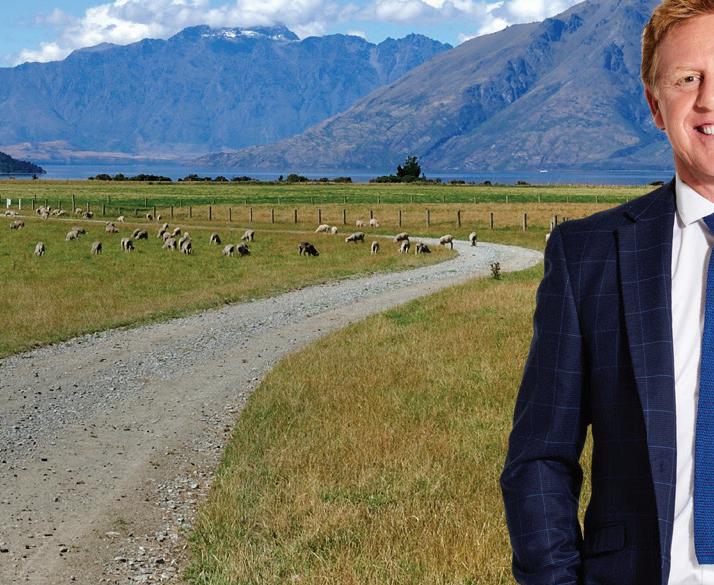
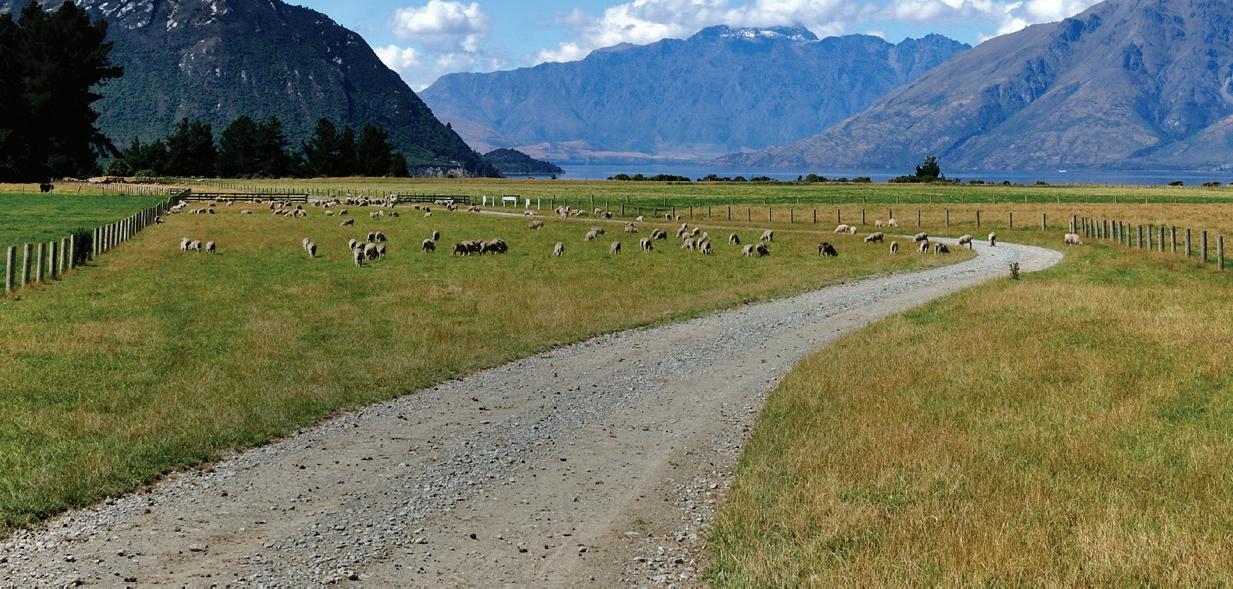
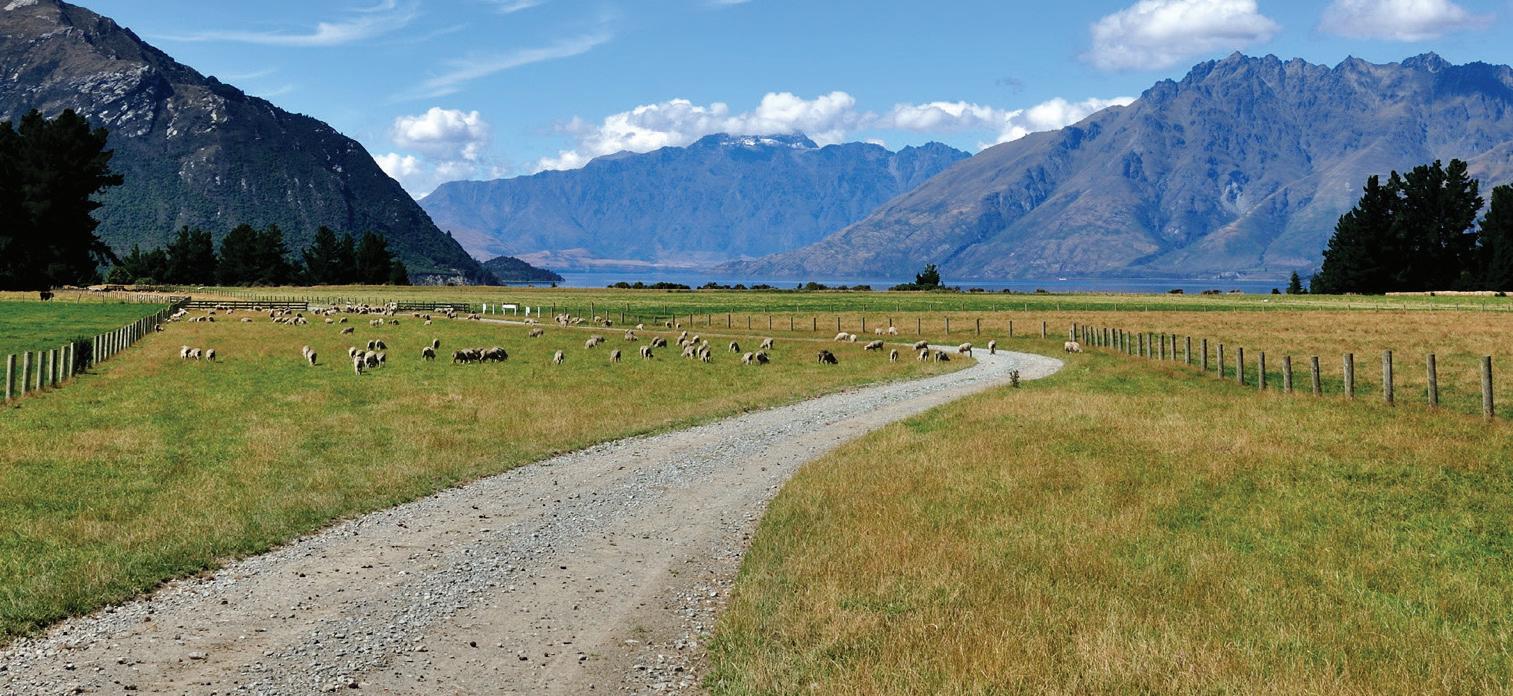
Although these policies are great for the environment, it may have some Canterbury Farmers wondering how they will make it through with rising costs and climate policies imposing new practices that could impose significant costs to the running of the farm.
Labour have not yet announced any proposed policies for farmers, although have
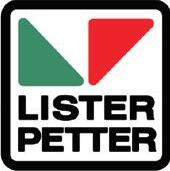



acknowledged that they are focused on meeting out climate challenge. The coming weeks should see the Labour party identify what this will mean for New Zealand farmers.
As the political parties continue to roll out their policies, be sure to keep up to date with how the next Government may impact you and your farm.
8 September 2023 CANTERBURY FARMING RURAL PROFESSIONALS PROFESSIONAL RURAL REAL ESTATE ADVICE Residential / Commercial / Rural / Lifestyle Ben Turner 027 530 1400 03 375 4736 ben.turner@bayleys.co.nz WHALAN & PARTNERS LTD, BAYLEYS, LICENSED UNDER THE REA ACT 2008 Call Ben today for an altogether better approach to your rural real estate needs along with an up-to-date market overview.
a
for
the
political parties are rolling out their policies to entice
vote
their party.
Markets taking things in their stride
After a volatile start to the year, the past three months have seen a relatively calmer period for financial markets.

More recently, signs that inflation is coming under control and that interest rates are very close to peaking have boosted market sentiment. In the US, economic data has generally been better than forecast. Predictions of a US recession were initially pushed back from 2023 into 2024, and in many cases are now being retracted entirely.
Diverging economic outlooks
While in 2022 most global economies were facing similar issues (high inflation requiring rapid interest rate increases)
we are now seeing more divergence in the outlook. In the US, inflation has fallen quickly back to 3%, and the economy looks to be holding up quite well, all things considered. The US Federal Reserve is expected to be at, or very close to, the end of its rate hiking cycle.
In the UK, the picture is decidedly different as the economy struggles with still rapidly rising prices and wage pressures. The Bank of England is expected to deliver a couple of further interest rate hikes this year. The Chinese economy is looking increasingly soft as manufacturing demand declines, and consumers haven’t stepped in to fill the gaps left by lower infrastructure and property investment.
Across the ditch, Australian economic data is pointing to a slowdown. Weaker exports to China, combined with the
quick transmission of higher interest rates negatively impacting consumer spending, are dampening the economy.
However, population growth is strong, the labour market remains robust, and the housing market has started to pick up in recent months. The Reserve Bank of Australia has hiked its policy cash rate to 4.10% and is expected to leave rates there for some time.
New Zealand subdued




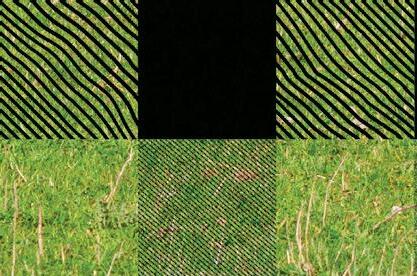

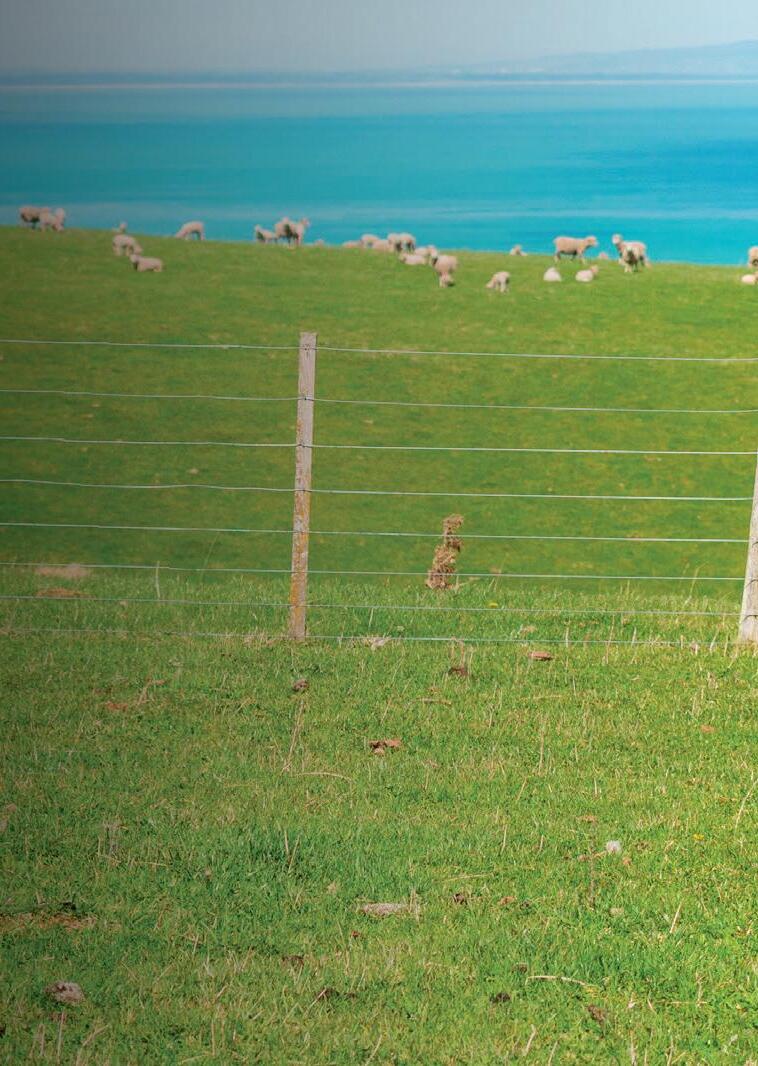

The Reserve Bank of New Zealand (RBNZ) delivered its last 25bp interest rate hike in May and left the official cash rate (OCR) on hold at 5.50% in July.

The RBNZ has suggested the cash rate will be on hold now until toward the middle of 2024 before starting to come down again (but of course, a lot can change between now and then!).
Headline inflation has pulled back to 6% year on year, but still has a way to go to reach the RBNZ’s 2% target level.
The New Zealand economy is showing clear signs of a slowdown, with economic growth easing – 0.1% over the March quarter. That followed a decline in GDP at the end of 2022, officially putting New Zealand into a technical recession (two consecutive quarters of negative growth).
The outlook from here is for a sluggish economy over the rest of 2023 as high interest rates hinder consum-



Ronald W. Angland & Son LAWYERS


Property | Family | Wills Trusts | Estates | EPAs | Rural Business | Traffic | Employment



Solicitors of Selwyn since 1965
er spending and business investment. While we don’t expect New Zealand to experience a recession like we did following the Global Financial Crisis (GFC) back in 2009, the economy is likely to feel less exuberant than we have seen in recent years, and the unemployment rate is forecast to pick up from historically low levels.
this article was prepared as at 31 July 2023 and provides market commentary for the three-month period ending on that date. We appreciate that market volatility and economic uncertainty doesn’t make an easy backdrop for investors. To discuss your investment options please contact Andrew Wyllie, who is an Investment Adviser and is Forsyth barr’s Christchurch branch Co-Manager. He can be contacted regarding portfolio management, fixed interest, or share investments on 0800 367 227 or andrew.wyllie@ forsythbarr.co.nz. This column is general in nature, has been prepared in good faith based on information obtained from sources believed to be reliable and accurate, and should not be regarded as financial advice.

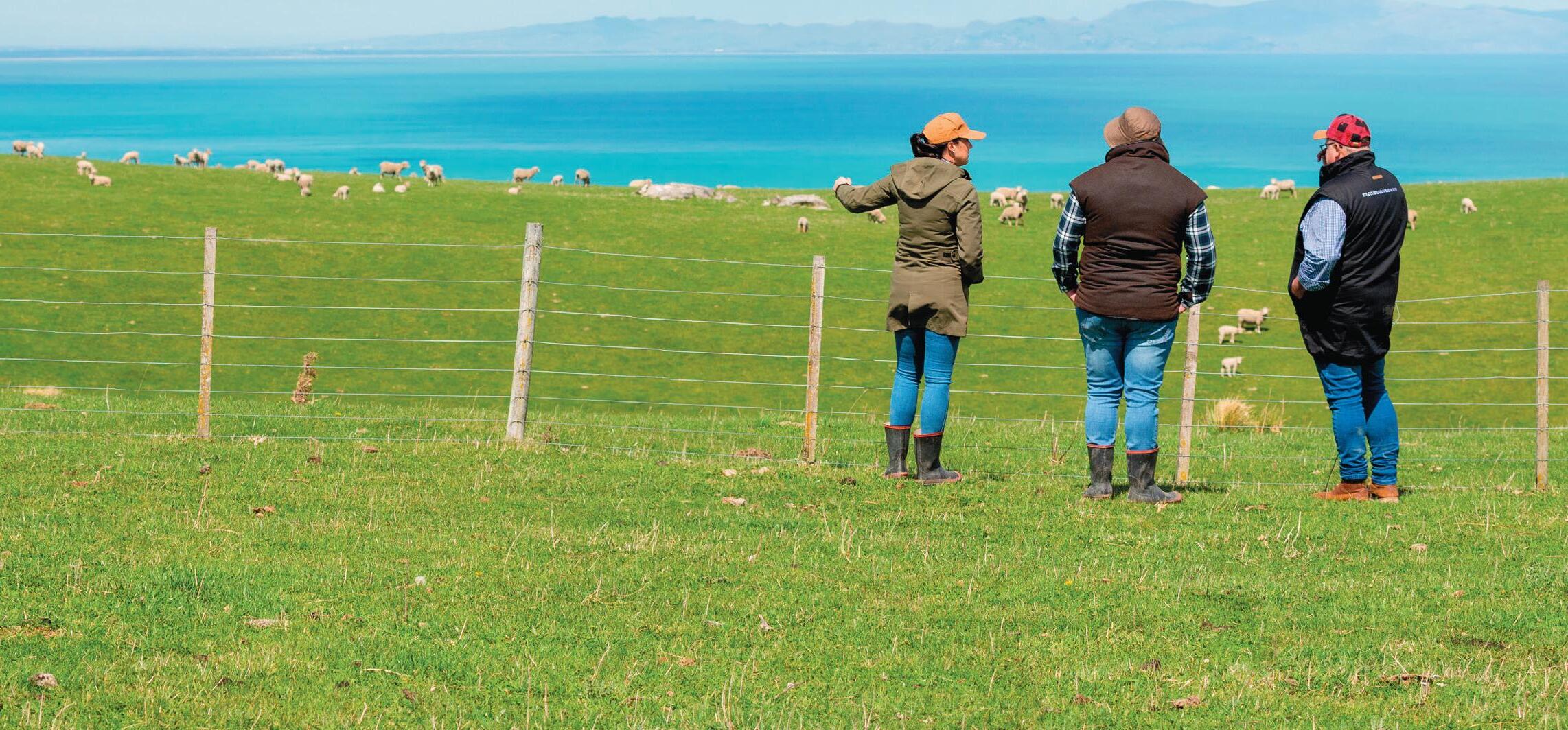

CANTERBURY FARMING September 2023 9 RURAL PROFESSIONALS
] with Andrew Wyllie
Looking at off-farm investments? When you are thinking about your investment options, talk to Forsyth Barr To get personalised investment advice and portfolio management specific to your investing needs, talk to Investment Adviser Andrew Wyllie in confidence on (03) 365 4244 or email andrew.wyllie@forsythbarr.co.nz CHC6189-02March 2021 Is farm subdivision on your horizon? Call us now for great subdivision advice. Call 0800 787 775 for a chat hello@survusrural.co.nz www.survusrural.co.nz
] Forsyth Barr
(03) 324 3033
lawyers@anglands.co.nz | www.anglands.co.nz
Leeston
Email:
Stake your claim in Bayleys’ Country portfolio – New Zealand’s leading multi-channel real estate campaign, showcasing the finest rural and lifestyle properties for sale nationwide.

The start of spring, traditionally the busiest on the real estate calendar, means more eyeballs on New Zealand properties, with the growing season presenting an excellent time to maximise your seasonal advantage as a seller of rural real estate.
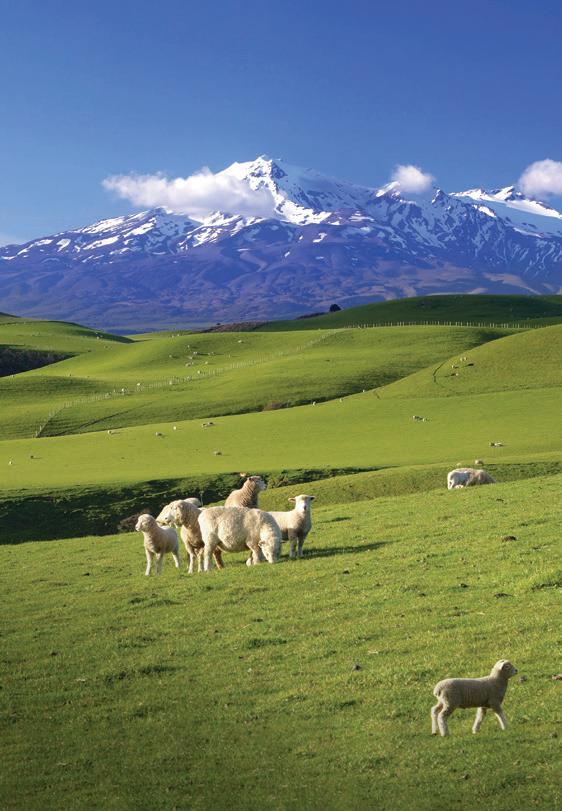
As one of the most effective and exclusive marketing channels Bayleys’ national portfolio, Country - spanning print, digital, social media and direct marketing - reaches further. This provides exposure to our extensive network, and international database of qualified buyers, designed to deliver an ‘Altogether Better’ sales result.
Kiwi-owned and operated for 50 years, Bayleys is innately New Zealand and proud to be the country’s #1 rural real estate brand, consistently utilising innovative marketing techniques to be the difference between a good and great result for the sale of your rural and lifestyle property.
10 September 2023 CANTERBURY FARMING HEALTH ON THE FARM Residential / Commercial / Rural / Property Services
WHALAN AND PARTNERS LTD, BAYLEYS, LICENSED UNDER THE REA ACT 2008 bayleys.co.nz/country 2023 bayleys.co.nz/country-portfolio quality farms, orchards, vineyards, forestry and lifestyle properties for sale throughout the country. For over 23 years, we have provided our customers with sales all in a highly cost-effective model. Be part of Bayleys’ next Country campaign, New Zealand’s leading multi-channel rural property portfolio and we will deliver an CONNECTING PEOPLE WITH PROPERTY Bayleys Ashburton 03 307 7377 Bayleys Darfield 03 975 4559 Bayleys Christchurch 03 375 4700 Bayleys Hanmer Springs 03 315 7717 Bayleys Leeston 03 375 4700 Bayleys Methven 03 303 3093 Bayleys Rangiora 03 311 8020 Bayleys Rolleston 03 347 9949 Bayleys Timaru 03 687 1227
Common questions on stress and burnout
] Article supplied by ] Farmstrong


How do you manage unhealthy stress?
Awareness is key. The earlier you recognise the signs of unhealthy stress the better you’ll be able to manage them.
Recovery periods are vital. Daily and weekly ‘down time’ is important as well as taking a holiday after really busy times.
Secondly, come up with a plan. Instead of trying to do everything, it’s about asking yourself what are the one or two top things I need to work on right now?
Focus on them and park everything else. Once you’re feeling back in charge and your stress levels go down, some of the other issues bugging you may disappear.
A way to cope with lots of demands is by reducing or delegating them to others. What is burnout and how do you know if you’ve got it?
Burnout is essentially your body hitting the wall and saying, “I’ve had it. You should’ve given me a break and you haven’t.” Your body is letting you know that it’s mentally and physically exhausted.
Signs include:

• low energy and motivation to do even normal everyday tasks
• severe irritability where little things become highly frustrating

• losing your temper easily and often
• inefficiently tackling and completing tasks

• feeling ineffective and that you’re not accomplishing enough.
If some of these look familiar to you, then you may be experiencing burnout or heading towards it.
How do you prevent burnout?
When people are under pressure the things that disappear are often the things that keep us well and prevent us getting burnt out.
Continue to:
• socialise with other people
• exercise regularly
• eat well
• continue to learn
• contribute to the community
• get off the farm and do something you enjoy with others.
] with John Arts
part
1
Chondroitin Sulphate for sore joints
Chondroitin sulphate is classified as a Dietary Supplement in New Zealand but in In Europe is available on prescription where It is classified as “a symptomatic slow-acting drug for osteoarthritis.”
The drug classification then goes on to give specific information:
“Chondroitin sulphate, used with glucosamine, is indicated to alleviate pain and inflammation from primary osteoarthritis. This supplement is reported to improve joint function and slow disease progression.” (https://www.drugbank.ca/ drugs/DB09301)
I recently read a health store flyer in my morning newspaper. One promotion was for a glucosamine based joint product. There is no doubt that glucosamine can help joints. That is why I include it in my joint formula. But why is there no mention of chondroitin?
The company is a large international company that would clearly know about the benefits of chondroitin. What then could be the reason for not including therapeutic amounts of chondroitin?

For that matter, why do most joint products sold in NZ have either no chondroitin or so little to have negligible impact on joint health? I think the answer is quite
simple. Good quality chondroitin costs almost ten times that of glucosamine.
My preference is to have equal proportions of chondroitin and glucosamine and for most people to start at a double dose. The standard daily dose of my joint supplement delivers 800mg of both ingredients while the double dose 1600mg each.
This combined with fully water soluble, high bioavailability BioSolve® curcumin (from turmeric) extract can quickly settle sore joints. I usually add Omega 3 fish oil rather than plant Omega 3 sources as only fish oil has EPA which is profoundly anti-inflammatory.
As an example, I have been helping someone for several years with sore knees caused by osteoarthritis. He is much more comfortable and mobile and feeling so much better about life in general. In his own words, “I have stopped limping and now telling everyone.”
John Arts (B.Soc.Sci, Dip Tch, Adv.Dip.Nut.Med) is a nutritional medicine practitioner and founder of Abundant Health Ltd. For questions or advice contact John on 0800 423559 or email john@ abundant.co.nz. Join his all new newsletter at www. abundant.co.nz



Building in enjoyable activities is really important. Those are the things that give us more coping space and keep us feeling on top of things.
At what point would you consider it more than just ‘calving stress’ and be seeking help?
A general rule of thumb that a person is under unhealthy stress, is when their daily functioning and relationships are being impacted.
For example, if the person doesn’t seem themselves and shows ongoing changes in their normal behaviour and thinking patterns.
BEST BUY!
$99.95 for 3 bottles free freight or 1 bottle for $36.95 plus $5.99 postage 60 Capsules per Bottle
When we just keep going without a break from the ongoing physical or mental demands we are facing, our body finds it hard to keep up and the cracks begin to show. A catch-up with your GP, a local counsellor, Rural Support Trust worker or supportive friend, can give you some ideas or a plan to get things back on track.
For more on how to maintain your mental health wellbeing on the farm go to: www.farmstrong.co.nz. Canterbury Farming thanks Farmstrong for being able to reproduce this article.
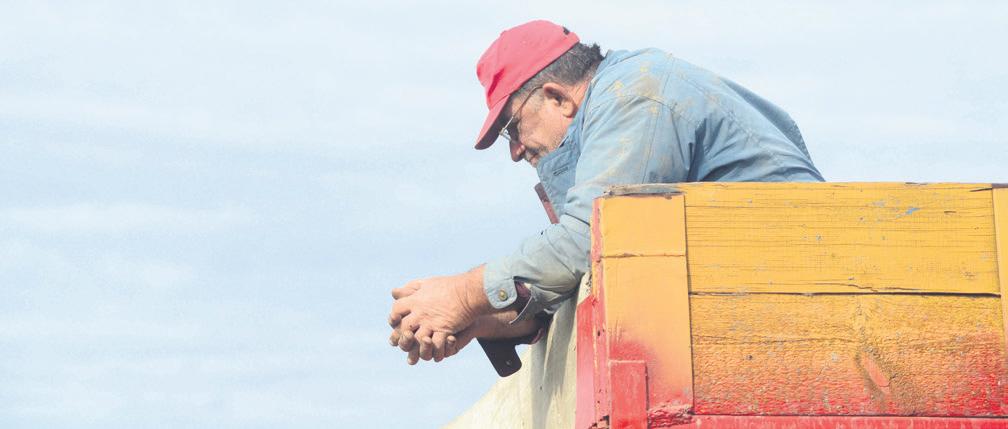
Abundant Health Bettaflex Super Joint Formula

What is Bettaflex?
• Bettaflex is a joint support formula to promote healthy joint cartilage function.
• Bettaflex has 400mg (per capsule) of high-grade avian chondroitin, 400mg of glucosamine and 100mg of BioSolve® bioavailable Curcumin (from turmeric).
• Try Bettaflex for 3 months and see for yourself.
How can Bettaflex help?

• Chondroitin and glucosamine are building blocks of cartilage.
• Supplementation with correct levels can support healthy cartilage function and cartilage repair processes.
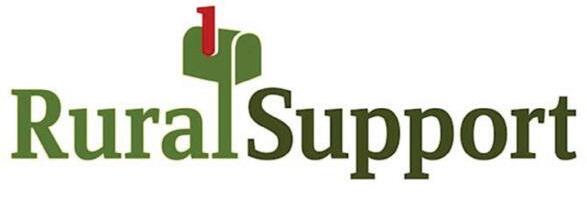
• New BioSolve® bioavailable curcumin helps joint function while gentle on the stomach.
• Research indicates that chondroitin is highly effective at 800mg daily.

John Arts comments:
“My latest Bettaflex formula includes BioSolve® bioavailable curcumin for faster results. The normal dose is 2 capsules daily but I recommend an initial higher dose for 1-3 bottles to saturate joint tissue.”
John Arts, Founder, Abundant Health
Cautions: Do not take with anti-coagulant/platelet medication. If in doubt please consult your healthcare professional. Not suitable during pregnancy or lactation. Abundant
CANTERBURY FARMING September 2023 11
HEALTH ON THE FARM
Health TO ORDER PHONE: 0800 423 559 Or order online at www.abundant.co.nz Abundant Health Ltd, PO Box 8348, Cherrywood 3145 New enhanced formula



















12 September 2023 CANTERBURY FARMING The planet’s favourite slug bait Ironmax Pro®: Powerful. But gentle on the earth. Ironmax Pro is next gen science that’s building on the toughness of Metarex® Inov And it’s a great fit for all farming and growing practices – conventional, sustainable, regenerative, and organic. Talk to your local merchant to find out more. Registered pursuant to the ACVM Act 1997, No. P009801 See www.foodsafety.govt.nz for registration conditions. Approved pursuant to the HSNO Act 1996, Approval Code HSR000143 See www.epa.govt.nz for approval controls. Ironmax Pro Snail and Slug Bait and Metarex Inov Snail and Slug bait are registered trademarks of De Sangosse SAS. UPL-LTD.COM SEED DRILLING & PLANTING
Start spraying as you mean to go on
There are some rules of thumb for spraying effectively according to UPL NZ Ltd’s Adjuvant Product Manager David Lingan.
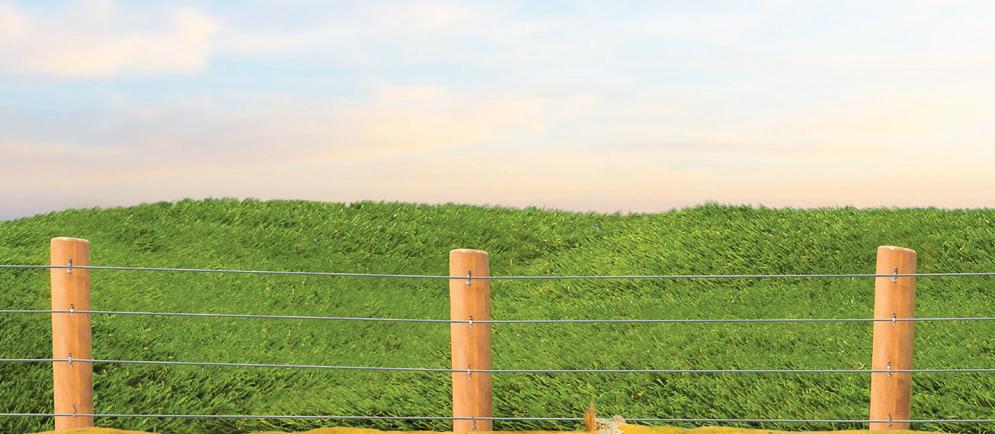
]Article supplied by UPL NZ Ltd



“You need clean, well-calibrated gear, and to be onto it from day one.” David says using adjuvants is important.
“Adjuvants don’t have an active, but they get every cent from the sprays you use; environmental impact is minimised, and water use is reduced.”
David says an adjuvant in the tank makes better use of non-selective herbicides: Glyphosate and glufosinates. “The addition of Unison® gives drift control, and enhances deposition, retention, and penetration.”
David says the low foaming, non-petroleum-based product is a unique patented formulation – a blend of soybean oil ethoxylate and extract from pine tree stumps.
“It helps sprays to be absorbed through the natural pathways by opening the waxy and hairy cuticle of plants, instead of damaging them, which slows down uptake. With Unison, the uptake into the plant is excellent.”
In addition, David says, less drift means less waste, and reduced threat to people, the environment, and non-target crops and plants.
Adjuvants are a broad category, but UPL have it covered. Previously Elliott Chemicals Limited, they began work on adjuvants in this country more than two decades ago. Today, they are industry leaders with a portfolio of 22 proven adjuvant products – each with its own job to do.
A well-known and widely used adjuvant, is super spreader Du-Wett®. David explains water, which makes up to 90% of sprays, has a high surface tension.
“It doesn’t give you real spread or coverage. Adding Du-Wett will definitely enhance a product’s performance.”
There are also bottom-line benefits.
“Du-Wett can be used at a reduced water application volume. Spraying is completed faster, tank filling and travelling times are cut, and diesel and labour expenses decrease. It more than pays for for itself.”
For spray hygiene, he recommends All Clear® 2X tank cleaner and decontaminator. This removes even sticky products such as carfentrazone (e.g., Clout®) from spray units.
David says All Clear 2X is cheap insurance against cross-contamination and mistakes.
“Getting your spray equipment cleaned, and decontaminated prior to the start of the season, should be part of maintenance.” Using All Clear 2X between spray products is also recommended.
David says “hard” water is another poten-
tially negative factor impacting spray performance.
“Water is an active chemical (H20). Some chemicals, including glyphosates, are susceptible to the effect of “hard” water. It slows up-take, reduces solubility, and can precipitate out of the solution, reducing efficiency.”
David recommends water conditioner XChange® to optimise spray performance. XChange reduces the effects of hard water, locking up free ions which would otherwise deactivate products.


Exact calibration is also important. This is where FoamMaster® comes in. David says the product reduces foaming and resulting
waste and miscalculations.
“It helps achieve the right concentration in the spray tank.”
He recommends putting FoamMaster in the tank first for best results. However, it can also be used to stop foam once foaming has occurred.
For more information on how adjuvants can make a difference in your spray programme, contact your technical specialist or David Lingan at UPL NZ.



MOUNTED TRIO
CHOOSE A SOLUTION. CHOOSE SUMO.

As its name suggests the Sumo Trio consists of 3 parts to help develop and create an ideal seed bed in all soil conditions.
First stage: Staggered row of subsoiler legs with a maximum working depth of 400mm.
(both hydraulic and shear pin protection systems available)


Secondary stage: Two rows of 500mm concave discs equipped with triple sealed bearings and Sumo’s famous double drive system giving unrivalled performance when working in adverse conditions.
Third stage: Sumo’s 760mm multipacker roller with replaceable shoulders leaves a weatherproof level finish in the most challenging soil conditions.
GLS SUBSOILER

The Sumo Grassland subsoiler improves and revitalises compacted grassland that is suffering from the effects of continual livestock, rainfall and heavy machinery.
• Leading row of adjustable individually suspended discs allow minimum disturbance on the pasture surface.
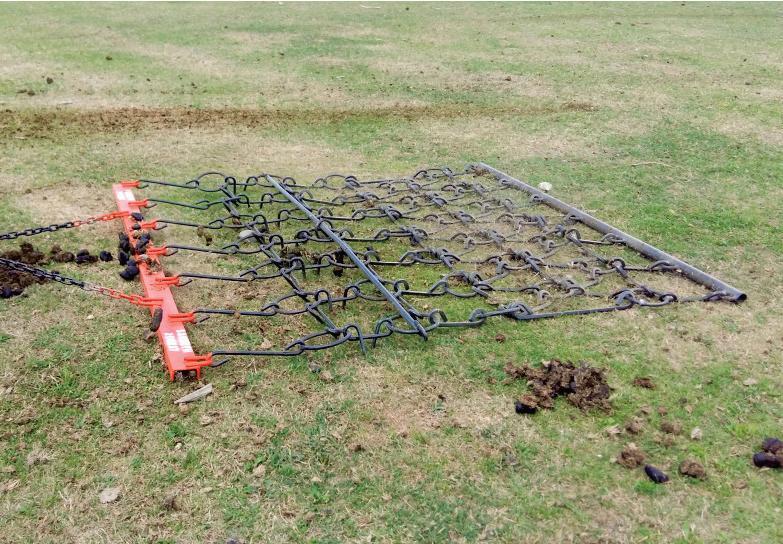





• Hydraulic Subsoiler legs with working depths from 100-350mm to suit all types of compaction layer depths with quick change points.
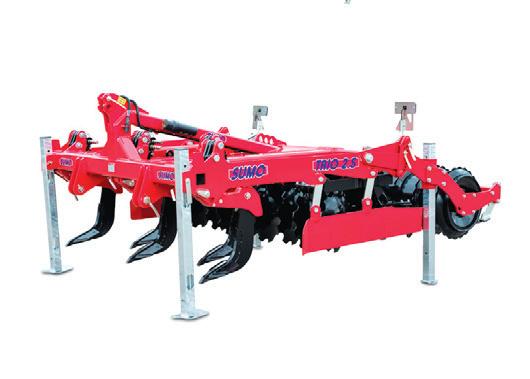
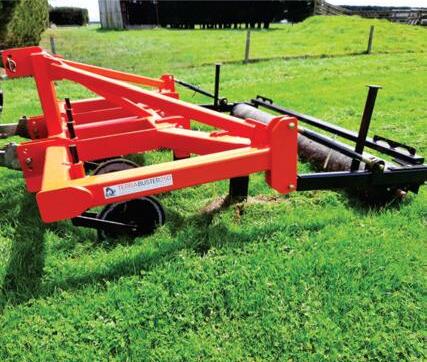
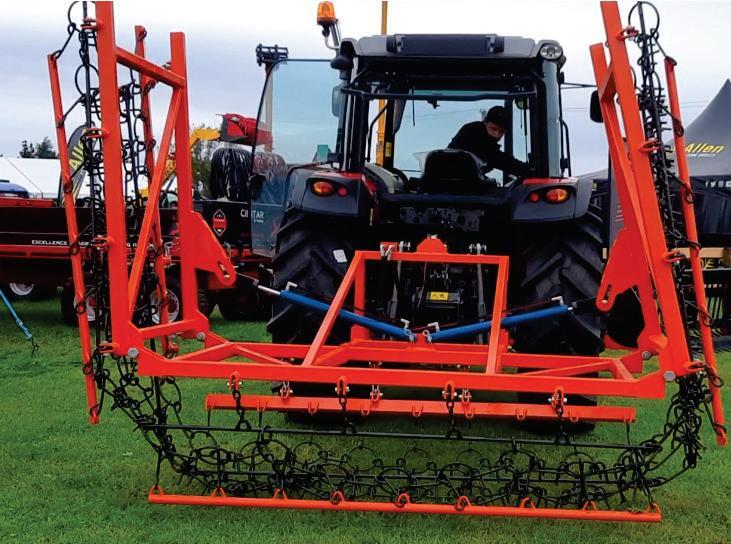
• Rear flat packer roller with scrapers to leave an aerated consolidated level finish across the full working width.

CANTERBURY FARMING September 2023 13 dolamorecontracting@gmail.com Call: David Dolamore 021 861 604 SERVICINGWITHIN YOURAREA SERVICINGWITHIN YOURAREA CULTIVATION DIRECT DRILLING Latest technology for efficient seeding — Special seed mixes available — Paddock Topping Lawn Care Supply of animal bedding and landscape supplies Cocksfoot and fescue bred for farming’s biggest challenges. www.ragt.nz SOUTH ISLAND www.cochranes.co.nz Call Alastair Robertson | 027 435 2642 AMBERLEY | LEESTON | ASHBURTON TIMARU | OAMARU
MADE IN THE UK
OVER
3000 SOLD WORLDWIDE
SEED DRILLING & PLANTING
UpL NZ Ltd says by using adjuvants farmers will get better results as they help sprays to be absorbed through natural pathways by opening the waxy and hairy cuticle of plants.
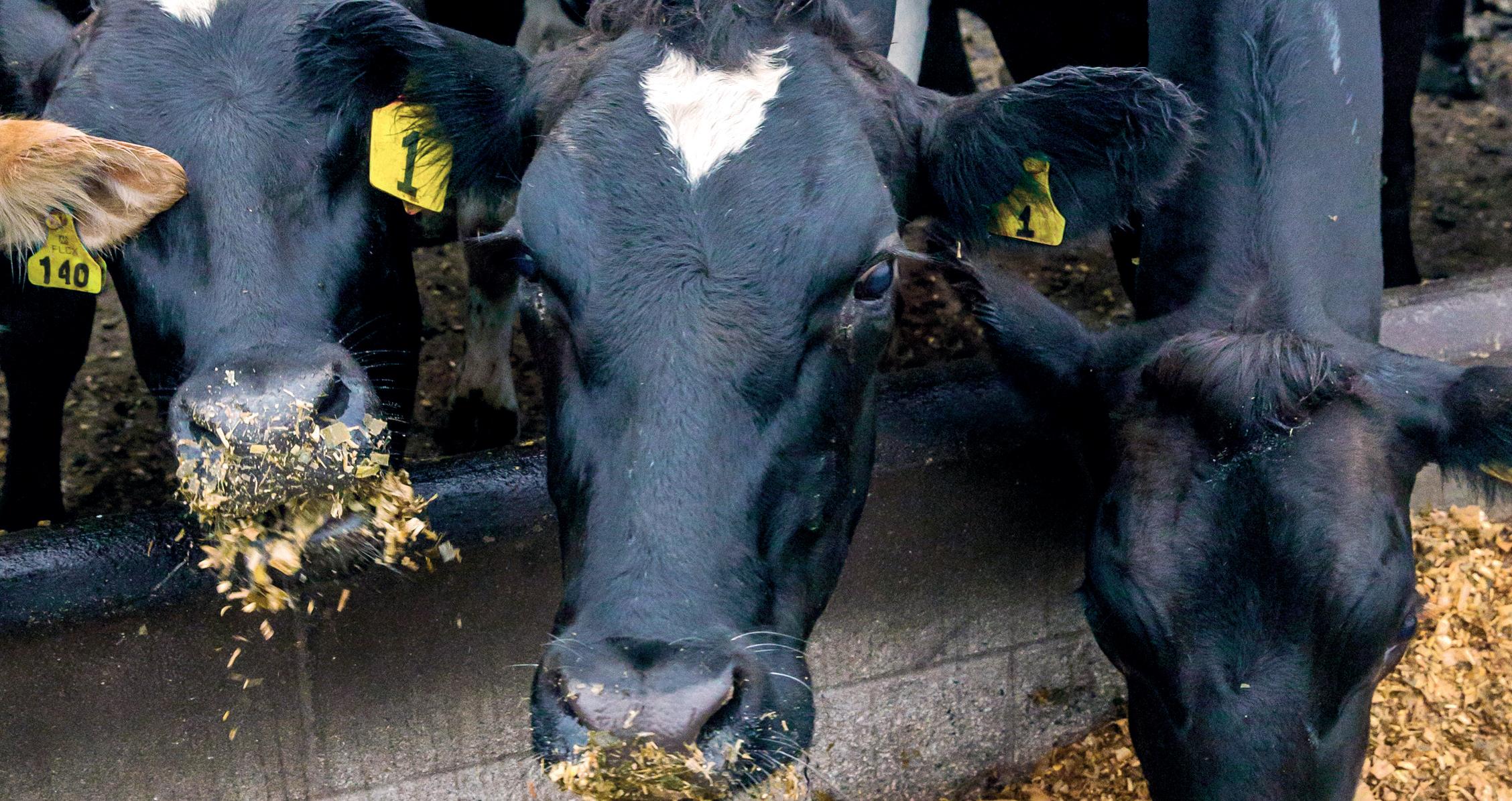

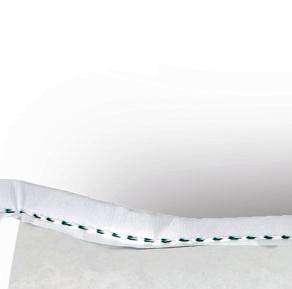















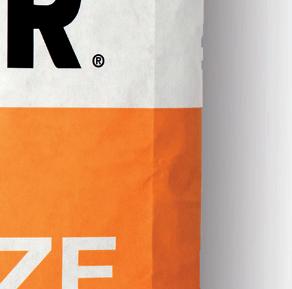



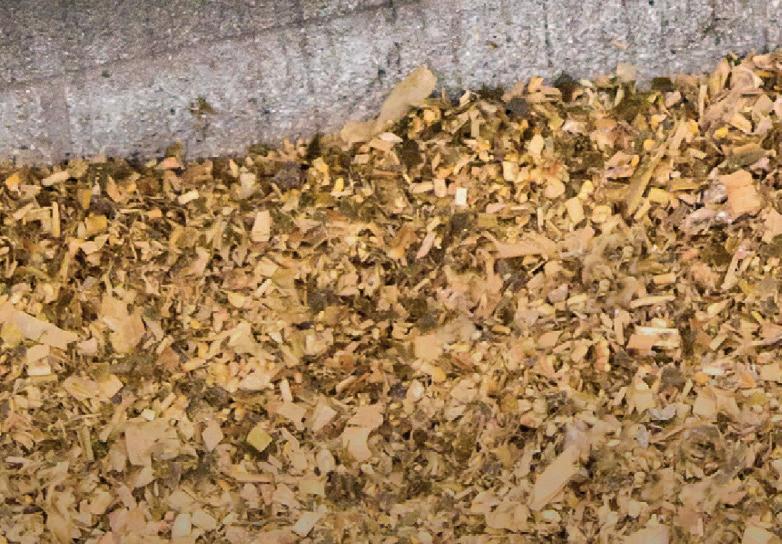
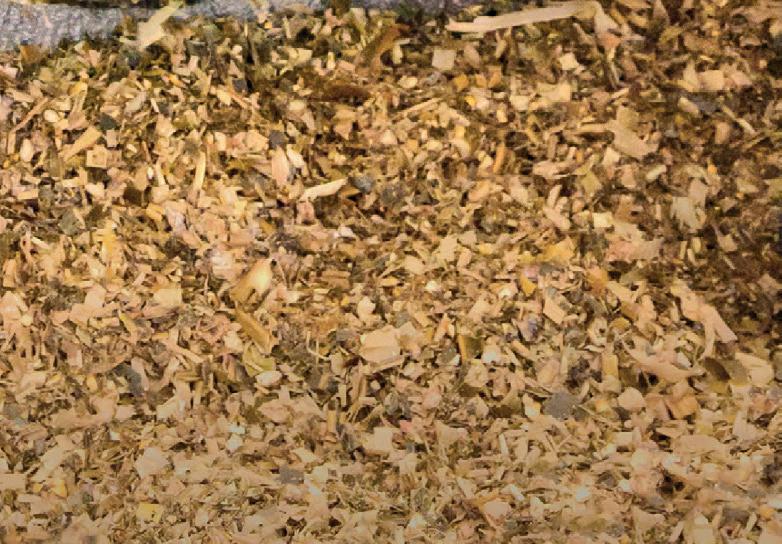
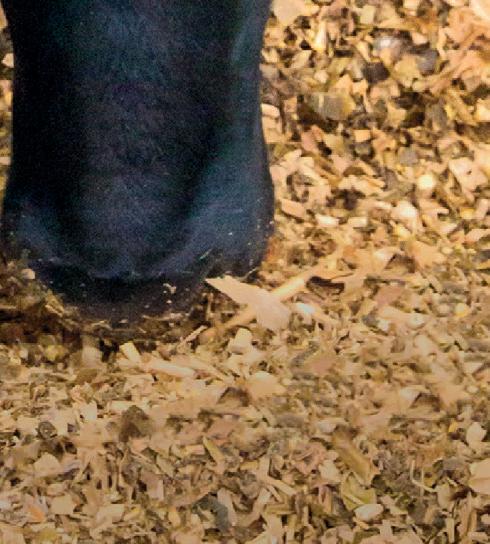
14 September 2023 CANTERBURY FARMING
How to navigate a drop in payout
With the reduction in forecasted milk payout this year, many farmers will be reworking budgets, meeting with their bankers and accountants and looking at ways to mitigate the impacts onfarm this season.
] by matt Dalley ] Feed For Thought Podcast
The Pioneer Farm Systems Team got together and recorded a podcast to highlight some of their main thoughts and suggestions on managing the reduction in payout.




These include:

• Avoid the knee-jerk reaction of wanting to make big changes to your farm system. Remember that the difference between the profitability of dairy farming Systems 1-5 is far less than the difference within these systems. Look at ways to improve what you are already doing.
• Control what you can control, specifically:
a. Reduce feed wastage. This is a straight bottom-line cost.




b. Feed supplements when your response is greatest, giving the greatest return.

c. Only feed what you need. The beauty of a stored feed, like maize or grass silage, is that if you don’t need it, you can leave it
in the stack for when you do. If you don’t need it, don’t feed it.
d. At the same time, be careful not to drastically reduce feed inputs. Some systems have high fixed costs, and greatly reducing production can cause a big drop in income used to dilute these fixed costs.
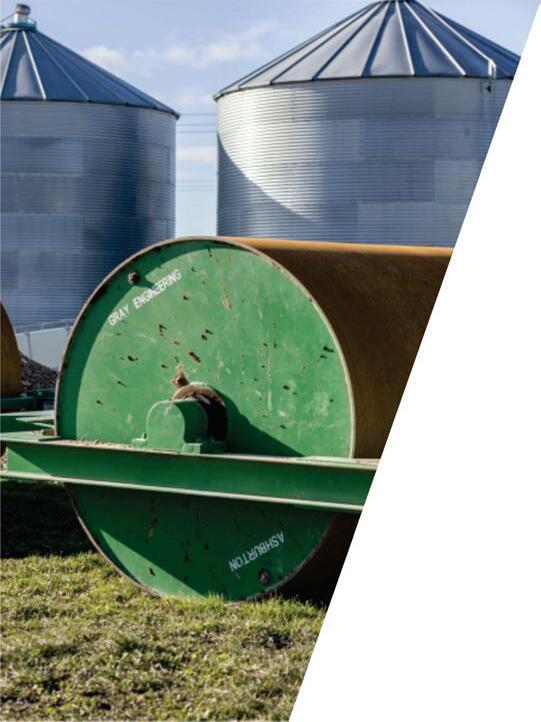
e. Don’t cut corners – Don’t skimp on input costs when growing crops. Always soil test and apply what is needed. Planting cheap, unproven seed or cutting crop inputs, such as weed control, may cost you tonnes of yield and increase the cost per kg/DM.
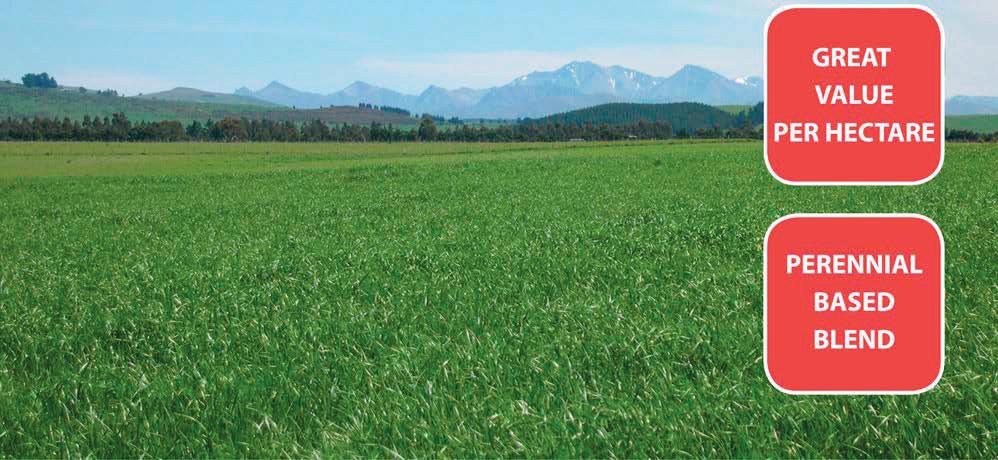

f. Focus on reducing costs where you can. Many farms have lower stocking rates due to last year’s higher empty rates. Can some of the extra ground be used to grow cheaper homegrown feed? If you are growing maize on farm, can you use a paddock with high nutrient levels which will need less or even no fertiliser?
• Look after yourself. Focus on your mental wellbeing. You don’t need to go through the ups and downs of this season alone. If you are feeling under pressure, reach out to someone you
trust who can help you. This may be
your spouse, partner, family or friends; merchant rep, a banker or accountant, your farm consultant, a farmer down the road who you know does a great job and is happy to help, or in some cases, a medical professional. There are also several farmer support organisations like Rural Support Trust who are there to help. It is simply a matter of getting in touch.
last forever. Take a step back and look at how you can fine-tune your system to reduce costs or increase income. Make sure you look after yourself and the team around you. And if you do need help, there is no shame in asking for it.
to listen to the full podcast, visit our website https:// www.pioneer.co.nz/podcast and listen to episode 16 of the ‘Feed For Thought’.
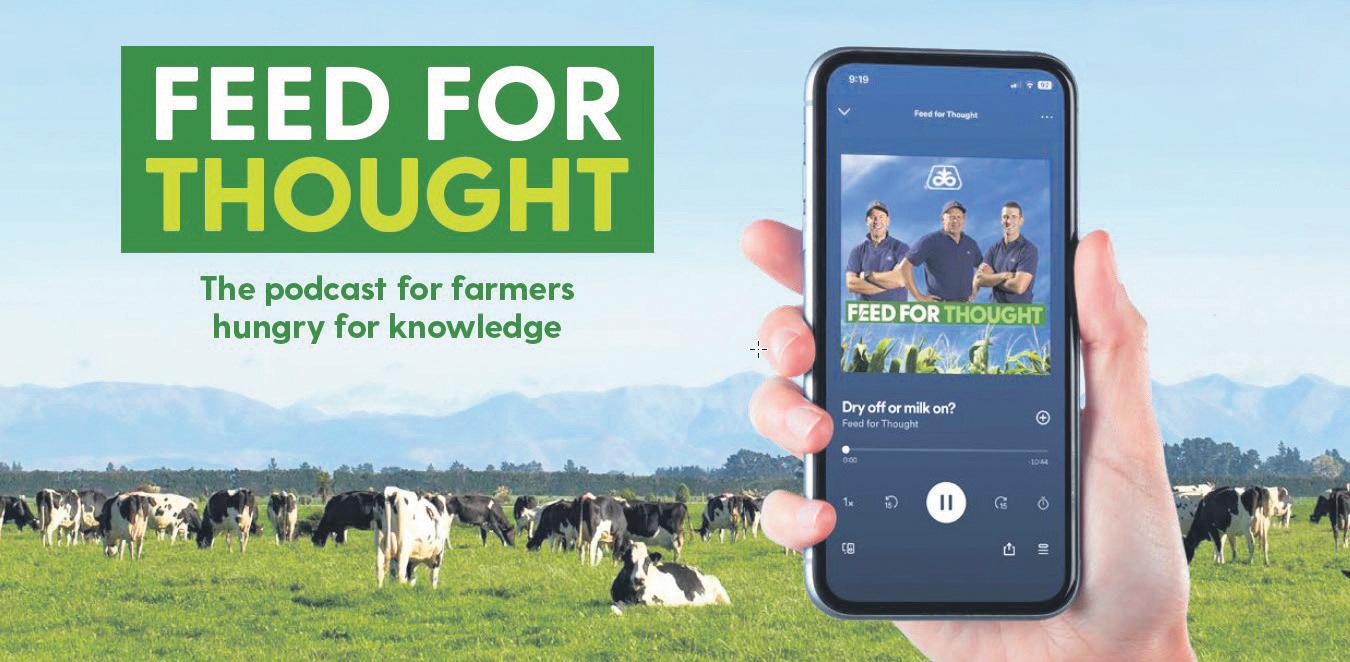
■

CANTERBURY FARMING September 2023 15
The Generator Value Blend is a perennial based pasture seed mix that offers excellent year round dry matter production. HIGH DRY MATTER POTENTIAL
■
The Generator Value Blend is a low cost mix suitable over a wide range of soil types and fertility situations.
The Generator Value Blend is suitable for all types of situations including; Dairy, Sheep, Beef and Deer farming. 0800 �A 2S 1TaUaR 1E 3 www.specseed.co.nz specialtyseeds NZ's INOEPENOENT SEEO SUPPLIER
■
Fodder beets are a regulation sensation!
IT’S THE FEED THAT MEETS ALL YOUR NEEDS.




Use fodder beets to reduce nitrate leaching and keep your animals fit and fed. But wait –there’s more! Beets offer excellent returns on your investment, giving you one of the lowest cost/high quality feeds sources around.


WITH A FULL RANGE OF BEETS, THERE’S ONE FOR EVERY FARM SYSTEM. ASK YOUR LOCAL SEED RETAILER WHICH IS RIGHT FOR YOURS.




www.ragt.nz

















16 September 2023 CANTERBURY FARMING
FODDER BEET
SEED DRILLING
& PLANTING
Soil conditioner changing how we see conserving water
Water use is a hot topic in New Zealand. No doubt about it. But water availability is not a new challenge locally or globally.
Article supplied by UPL NZ Ltd

That’s particularly true at the ‘pointy end’ of growing when you’re trying to get crops established.





Especially in dryland systems, that’s sometimes a big ask. You’re planning around rainfall and sometimes, even if rain comes, parched soils can result in poor moisture uptake by crops.
Rising costs, and increasingly tight water restrictions, also mean irrigation is not the silver bullet it appeared to be even a couple of decades ago.
Step up Zeba, from sustainable agricultural protection solutions provider UPL NZ Ltd.
A corn starch-based super absorbent, Zeba stores water – increasing field capacity. It then releases moisture as plants need it.
Each Zeba granule can hold up to 400 times its own weight in water and, with a high cation exchange capacity, it is able to positively interact with soil nutrients, keeping both water and nutrients where the plant roots need them most.
Zeba activates when rain falls, or irrigation is applied, and holds that moisture in reserve. It recharges with rain or irrigation through its lifespan of 5-6 months, then breaks down naturally, leaving no residues behind.
The patented, granular, free flowing prod-











uct is also easy to use – applied down the spout at planting.

UPL NZ Otago Southland Regional Manager Tom McDonald says Zeba’s potential to help manage soil moisture is an insurance policy.
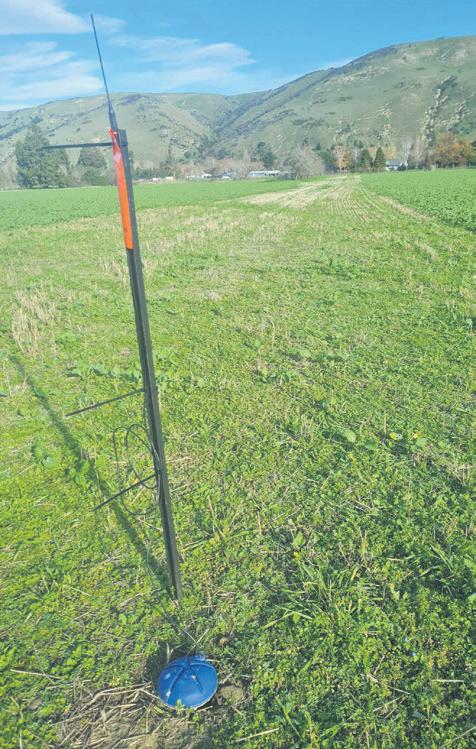
“It’s a lot like the way you’d choose to use treated seed over untreated. It gives you that extra certainty.”


Tom says while relatively new to New Zealand, Zeba has performed well in arid areas of countries including Australia, South Africa, and India. And, he says, data from New Zealand is already compelling.
“Zeba is a game changer when it’s used appropriately,” he says.
“Zeba is not all things to all farmers and growers but where Zeba especially comes into its own is when you’re looking at crop establishment, particularly for crops like forage brassicas, cereals, lucerne or beet, where you only really get one chance.
“We’ve also had impressive results in the establishment of kale, following a crop of cereal. You can see a real difference between the Zeba-treated area versus the untreated.”
Tom says commercial growers, especially on a smaller scale, can also benefit.
“It means more yield for less water application. That can be a big saving.
“Zeba has potential for growers of specialist crops including high-value, small sal-


ad greens and other vegetables which don’t have a lot of time to establish strong root systems before harvest.
“Zeba is an ideal tool in areas where you can’t use irrigation but want to retain as much moisture in the soil as possible so crop growth can be maximised, and growth checks minimised.”
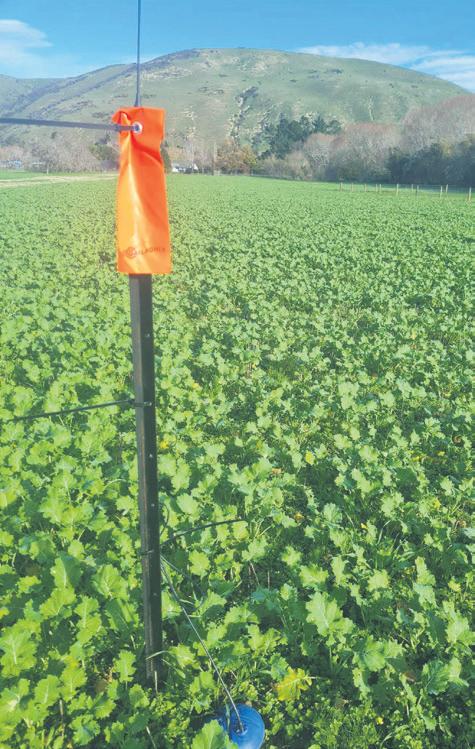
The unique starch content of Zeba also

supports soil microbial communities promoting a more sustainable environment. With an El Niño weather pattern forecast our summer is likely to be dry. Tom says that could mean Zeba’s approval for use in this country is very timely.
talk to your local technical Field representative or UPL for more information on Zeba.

Amp-up your spray application
Du-Wett® delivers superior spreading using less water. That saves time, labour, and fuel. And because Du-Wett optimises efficacy, you get the most out of every cent you spend on your spray programme.
CANTERBURY FARMING September 2023 17
Maximise coverage, efficiencies and savings
Talk to your local merchant to find out more. Approved pursuant to the HSNO Act 1996, Approval Code HSR002503 Exempt from ACVM. Du-Wett is a registered trademark. UPL-LTD.COM
]
Zeba untreated: Kale paddock, untreated (sown in early March, Otago).
SEED DRILLING & PLANTING
Zeba treated: Kale paddock treated with Zeba (sown early March, Otago).
Lower milk price forecasts dampen feed crop prospects
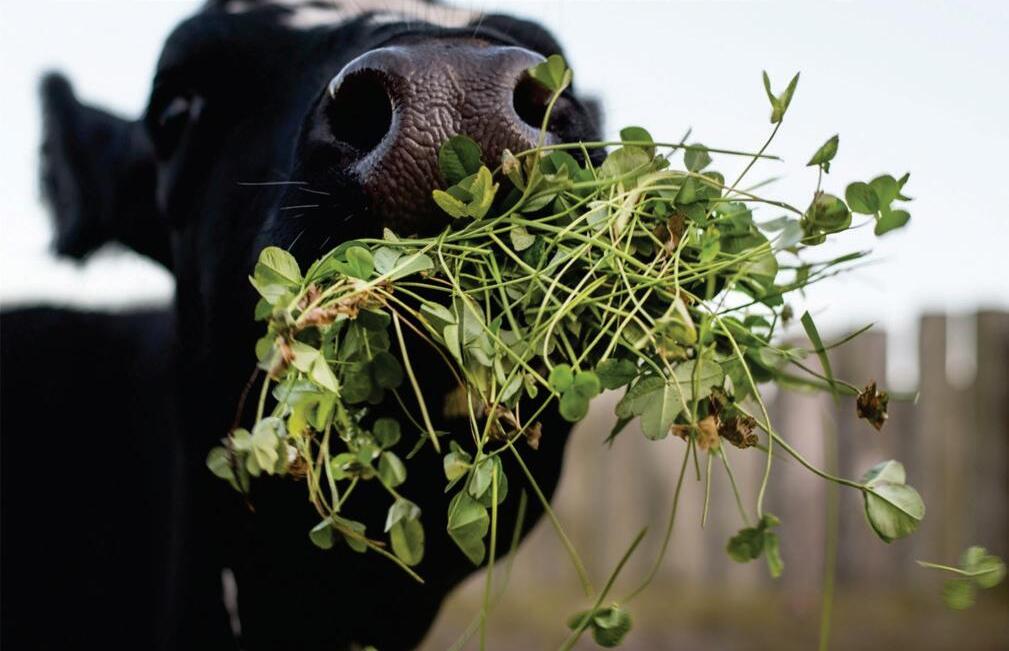
] by Kent Caddick
That’s according to Federated Farmers Arable Vice-President Grains, Andrew Darling.
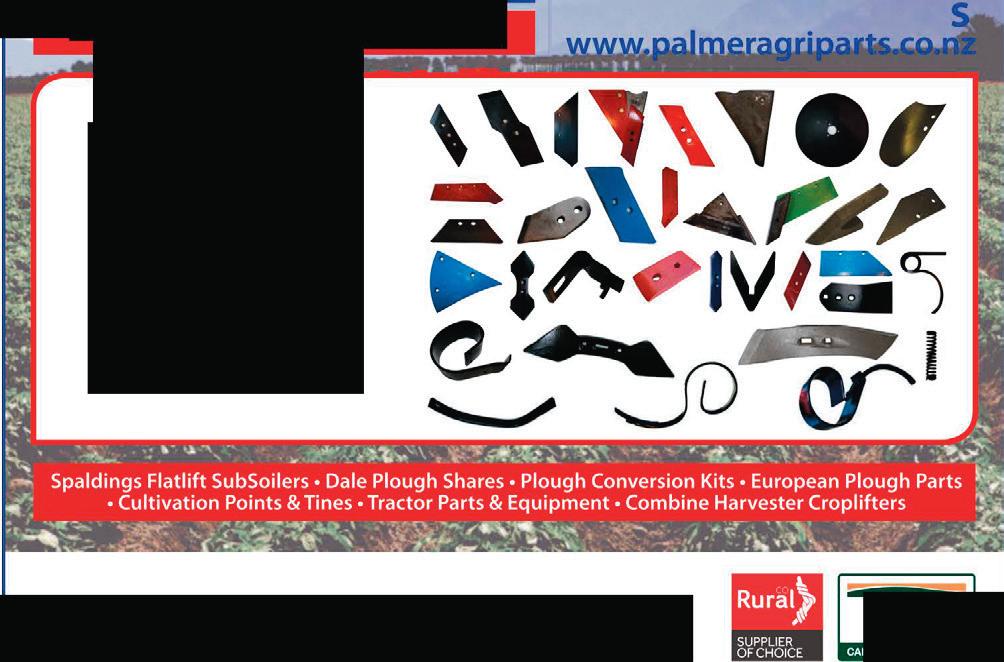
The July AIMI (Arable Industry Marketing Initiative) survey shows sown and intended sowing feed wheat and feed barley crops are down 6% and 15% respectively on last season.
“There’s probably still a reasonable market for feed grain in the North Island but it’s hard to transport South Island grain up there at a reasonable price, especially in competition with Australian grain,” Darling said.
“It’s an expensive bit of water that splits our country in half, unfortunately,” he said.
Sowings and intentions for malting barley, the barley used by our breweries, is up 77% on the 2023 harvest but the hectares involved are relatively small (from 9,105ha to 15,569ha).
Overall, 2023 harvest data showed that yields were up 6% over the six malting/milling and feed crops and the area harvested, 96,022ha, was similar to 2022 (up 1%). The net result was a 7% increase in total tonnage compared to last season, the AIMI report found.

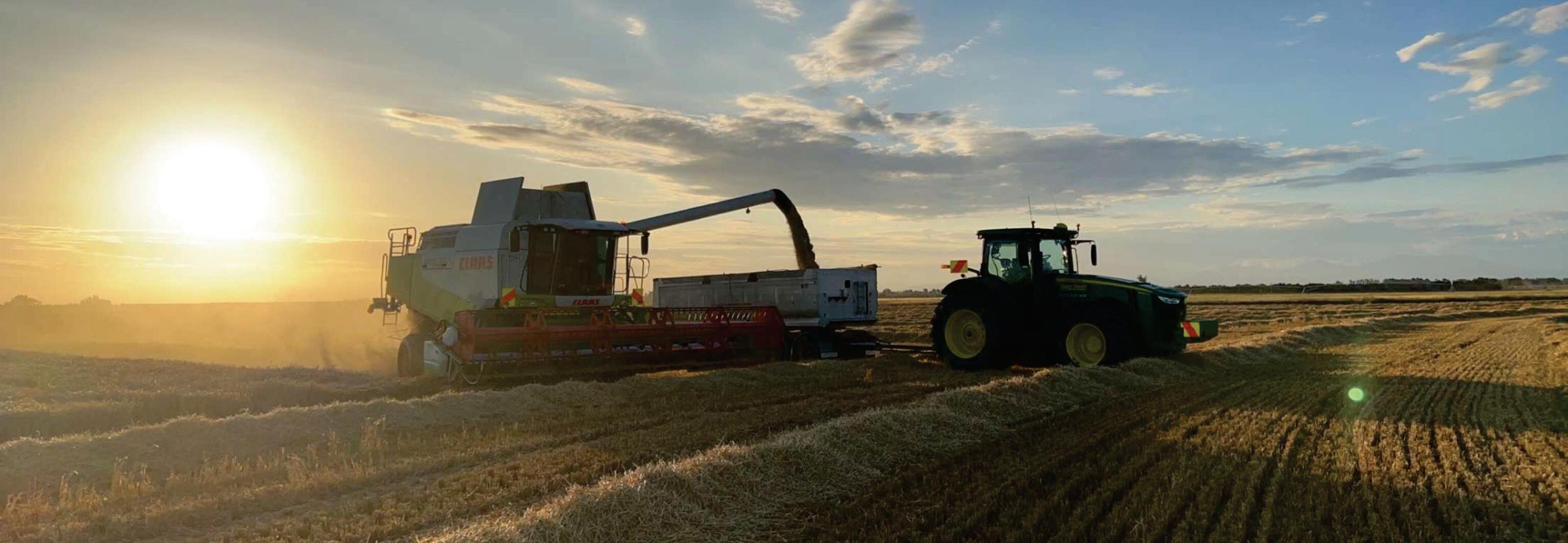
Feed wheat yields were up an estimated 1%, feed barley yields up 11%, milling wheat yields up 4%, malting barley yields up 6%, milling oats yields up 15% and feed oats
yields down 2% compared to last season.
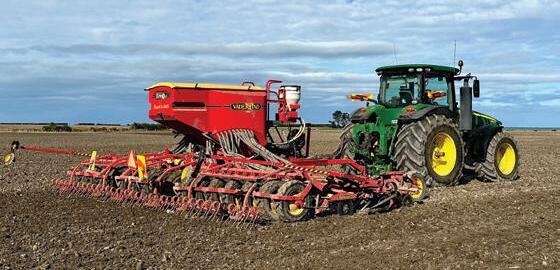
The estimated 2023 final tonnage of milling wheat at 113,700 tonnes, is up 44% compared to last year’s harvest.
“But we knew what was coming,” Darling said. “The weather last year was really poor.”
The amount of unsold milling wheat at 1 July this year was 26,700 tonnes (24%), higher than at 1 July 2022 (15,500t).
A large amount of the sold feed wheat (58%) was still stored on farm.

“A good amount of this will likely have been at a good contract price for the grower, and the merchant will be starting to move that grain now. Dairy farmers, given the outlook, probably aren’t as keen to fill feed silos at the moment as they have been in past seasons.”
Two thirds of the estimated 289,100 final tonnage of feed barley has been sold, with 38% of that grain still stored on farm. The amount of unsold feed barley was 97,000 tonnes (34%), considerably higher than at 1 July last year (59,300t).
Growers in the North Island and in Southland are looking forward to better spring conditions after a wet autumn and winter, Darling said.
“Some crops in Southland were drowned. There was plenty of winter rain in Canterbury too but reports from that region are that most autumn crops have established well.”

18 September 2023 CANTERBURY FARMING Palmer Agri Parts Direct Ltd .... '" ..... ... .,__... Kverneland • Overum • Kuhn Lemken• Dowdeswell•Vogel & Noot•Gregoire Besson• Clough • Duncan •Terradisc • Maxitill •Yeoman•Vibroflex •Connershea•Goliath• IHC• Sunflower•Topdown •Salford• Kongskilde•Napier •Vaderstad We can also manufacture any point you need! 0800472 563 0800 4 PALMER Farmlands admin@palmeragriparts.co.nz I 34 Robinson Street, Riverside Industrial Park, Ashburton Palmer Agri Parts Direct imports and manufactures quality parts that fit machines indicated. These parts are not sold as genuine parts. co-operative
The impacts of cuts to forecast milk payments to the nation’s 12,000 dairy farms will ripple across the wider economy, and the arable sector will also feel it.
SEED DRILLING & PLANTING
Drop: A recent Arable Industry marketing Initiative survey shows sown and intended sowing feed wheat and feed barley crops are down 6% and 15% respectively on last season.
Food security to be recognised in RMA replacement act
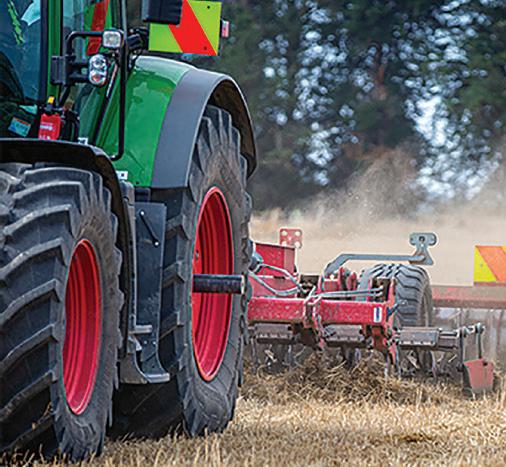
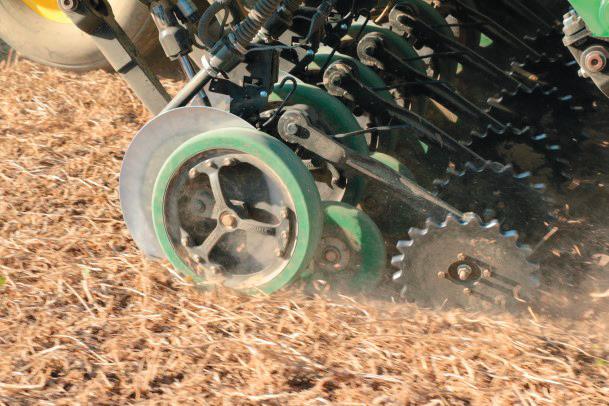
The horticulture industry is celebrating the news that the National and Built Environment Act (NBA) will support commercial fruit and vegetable growing in New Zealand.
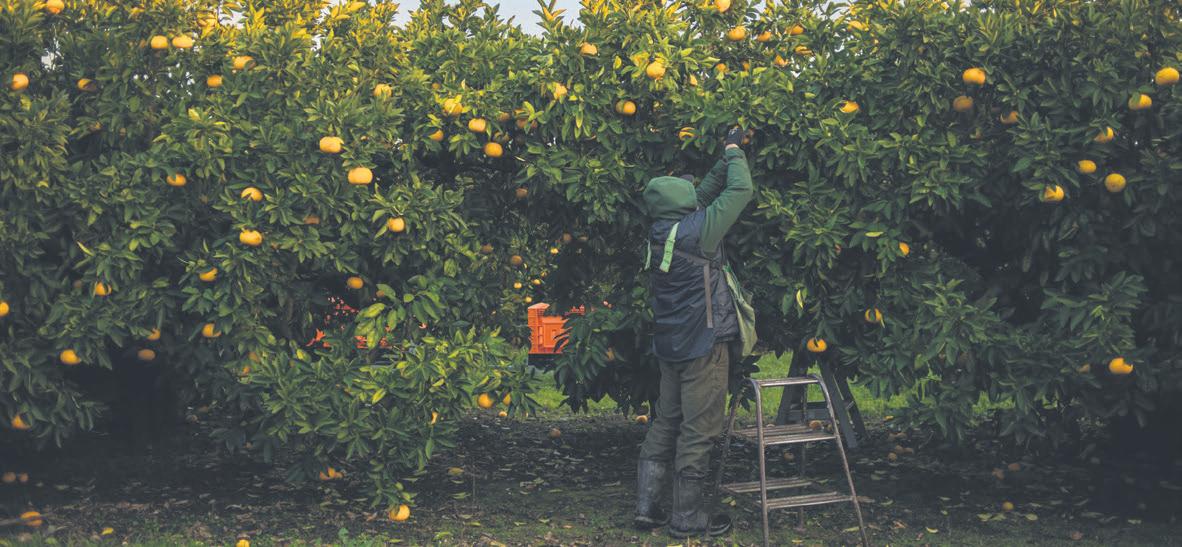
Article supplied by






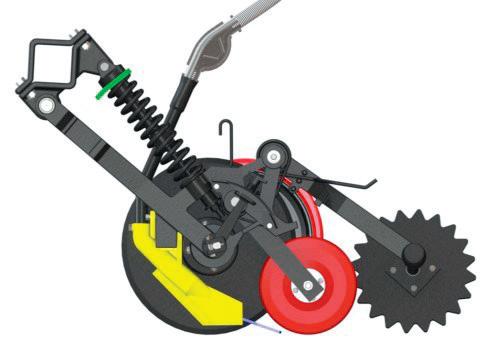

Horticulture New Zealand

“This is a huge step forward for the horticulture industry as well as consumers of New Zealand-grown fruit and vegetables,” HortNZ general manager strategy and policy Michelle Sands said.
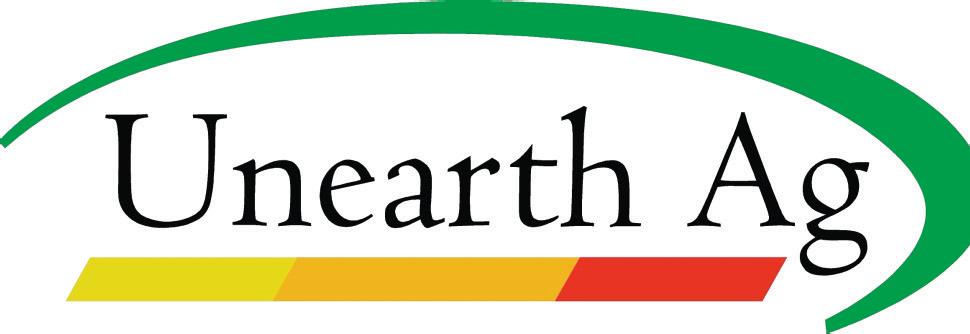
“HortNZ has advocated for more than six years to achieve this outcome. Having the NBA specify that the national planning framework must enable the supply of fresh fruit and vegetables is an explicit recognition of the importance of food security.
“This recognition will ensure that the growing of fruit and vegetables is a key focus in planning decisions across New Zealand.”
Sands said for years, New Zealand has taken food security for granted.
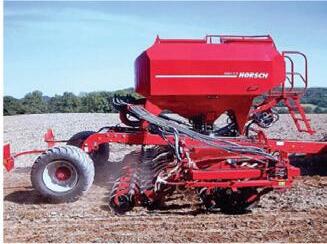


“However, Covid and more recently, a series of ongoing adverse weather events, have shown the country that we can have supermarket shelves empty of fresh produce.
“Fresh fruit and vegetables are fundamental to human health and wellbeing. It’s great to see this fact of life reflected in planning legislation that will influence resource
decisions across New Zealand for years to come.”

Blenheim garlic and shallot grower and Vegetables NZ chair, John Murphy said vegetable growers welcome any change in regulation that makes it easier for them to grow fresh, healthy vegetables because of the health and wellbeing benefits.
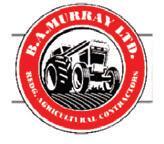
“The debate on removing GST on fresh
vegetables and fruit has highlighted the challenges that an increasing number of New Zealanders face when trying to eat healthy, fresh food,’ Murphy said.
“Increasing growers’ ability to grow and expand by improving access to land and water would improve food security and help increase supply and therefore, the availability of fresh vegetables across New Zealand.”
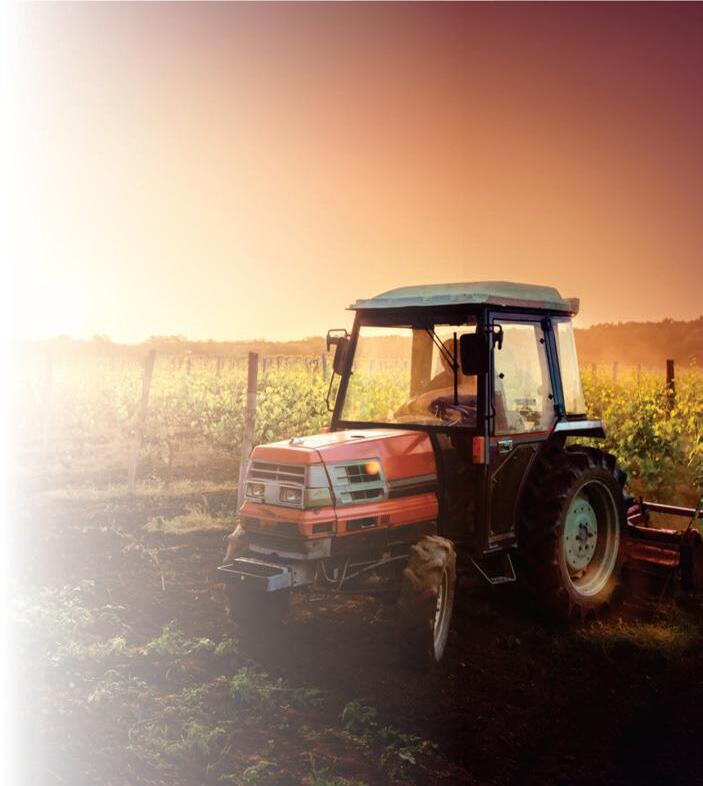
Supportive: Horticulture New Zealand says the National and built environment Act will support commercial fruit and vegetable growing in New Zealand.

CANTERBURY FARMING September 2023 19 Needham Ag JD750a Seeder parts Pivot rebuild kits Bonilla seed tabs, Seed boot mounting repair kits Boots, Discs, V8 firming wheels, HD gauge wheels and Martin closing wheels •Maize Planter No -till hardware, Clutches and Controllers • Shop at our online store! 0275 083 789 unearthag.com MACHINERY
have the tools to be efficient, so you can get on and spend your time where its more important & effective. www allagri co nz Blair 027 333 6616 Terry 027 344 6616 ]
]
SALES & CONSULTANTS We
‘
Vegetable growers welcome any change in regulation that makes it easier for them to grow fresh, healthy vegetables.
John Murphy
Chair, Vegetables NZ
Is there light at the end of the tunnel?
We find ourselves in a familiar situation once again. While the current state of farming presents challenges due to low commodity prices, there are still reasons to remain optimistic. Despite the decreased activity compared to previous years, inquiries persist, and properties continue to change hands. By getting in contact with Property Brokers early and ensuring compliance measures are in place, you can present a well-maintained farm for that crucial first impression. It’s important to note that both farms and lifestyles are still successfully being sold.
Leasing has emerged as a vital component of farm succession planning. It offers farmers an exit strategy while maintaining a steady income through the sale of livestock and equipment, facilitating a comfortable retirement. Another avenue to explore is vendor finance or the partial sale of a portion of the farm. Unlike the challenging circumstances of the 1980s, there is now a wealth of support available, including organizations like the rural trust, ready and willing to provide assistance.
As rural sales consultants, our role extends beyond getting the deal over the line - we are here to listen, brainstorm alternatives, offer insights, and help chart your path forward. The allure of South Canterbury for farming is undeniable, boasting a mild climate, efficient irrigation systems, and a track record of impressive production across various sectors. Beyond the farmland, there’s an array of recreational opportunities, from lakes and rivers for leisure and sports to hills for hunting and skiing, all within a convenient two-hour drive from Timaru.
Whether you’re contemplating a move involving sale, lease, or family succession, we encourage you to engage with us. An additional perspective is always valuable. Our thriving lifestyle market remains steady, with properties consistently changing hands at favourable levels. Over the past four months, we’ve successfully facilitated numerous off-market sales through our dedicated Property Brokers True Team, leveraging our extensive databases. These properties range in size from 1 to 10 hectares.
South Canterbury has established a specialised lifestyle team that covers the entire region, including Michael Richardson, Shane Spiers, Richard Brown, Tim Meehan, and Anna Coleman. For rural and lifestyle property advice please call one of our local sales consultants today on 03 687 7166 or pb.co.nz
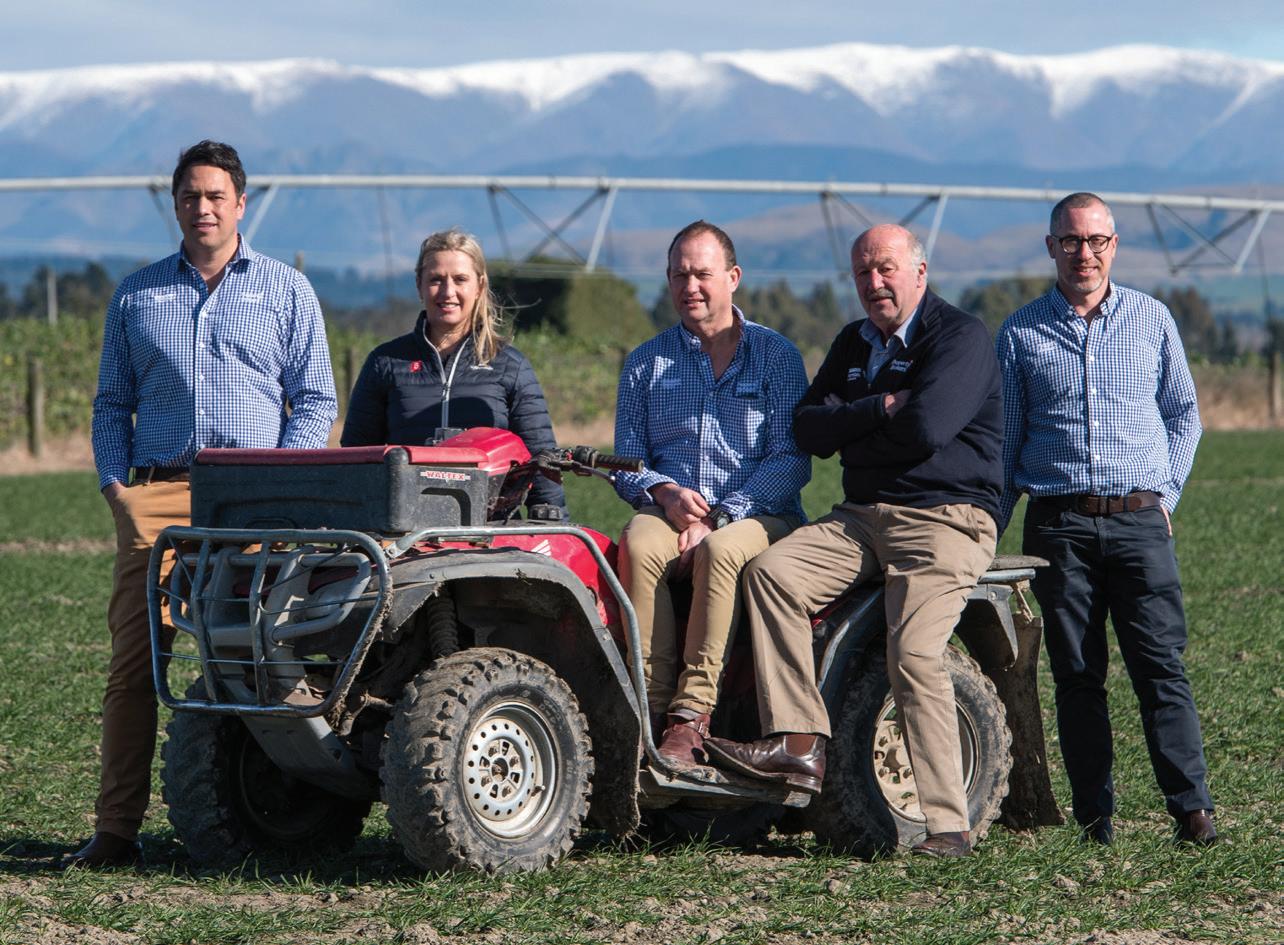
So, to address the initial question, is there a light at the end of the tunnel? Indeed, history has shown that we are in a cyclical pattern, always rebounding from challenges. Hold on, engage with us, and approach decisions thoughtfully before taking action.
Michael Richardson, Rural/Lifestyle Sales Consultant 027 228 7027 or michael@pb.co.nz
Get To The Point

20 September 2023 CANTERBURY FARMING Property Brokers Ltd Licensed REAA 2008 0800 367 5263 | pb.co.nz
As active members of the community, we’ll be participating in the “Get To The Point” event, where we will be hosting an auction with two great items for the kids; 1. A charming Colonial Cubby House, generously donated by Bunnings Timaru 2. A delightful Mud Kitchen contributed by Brad Tegalaars Joinery Funds raised from the auction will go to two local charities; Aaron Otley Memorial Trust and The Rural Support. Our true team delivers
To achieve the best result for your property call 03 687 7166 or visit pb.co.nz PB069775 Free Amusement Rides • Food • Dog Trials Crafts • Steam Train • Shearing • Live Music Tug o War • Vintage & Classic Cars • Magician Markets • Highland Dancing • $1,000 Prize Draw Pleasant Point South Canterbury 4 November 2023 10am - 3pm
results
Rural and Lifestyle Feature South Canterbury
From left: Shane Spiers, Anna Coleman, Michael Richardson, Tim Meehan and Richard Brown.

CANTERBURY FARMING September 2023 21

22 September 2023 CANTERBURY FARMING
Totalspan has Canterbury covered
Whether you are looking for a simple shed, garage or lifestyle building, Totalspan Canterbury can provide you with a free, no obligation quote, including an on-site consultation to ensure we understand your needs.
Advertorial supplied by
Totalspan Canterbury
Totalspan building teams have built an extensive range of steel buildings. They are passionate about their work and providing you with a ‘concept to completion’ service.

Why choose Totalspan


Canterbury?

• We provide a full build contract service, ‘from concept to completion’.

• Our building teams are trained and approved by us to provide the best building quality, backed up by our 5-year workmanship guarantee.
• We offer quality steel buildings designed and built for life.
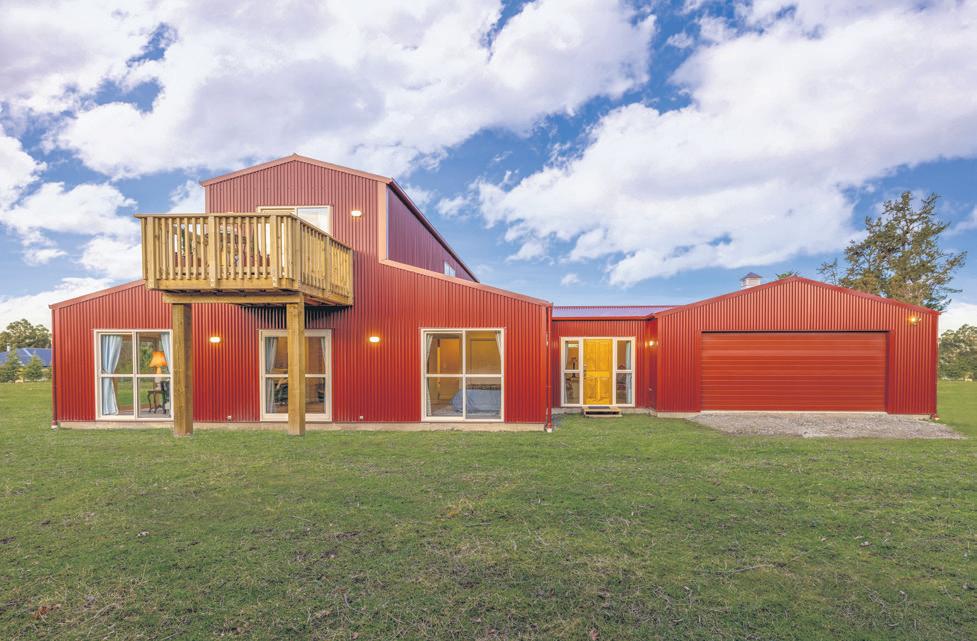










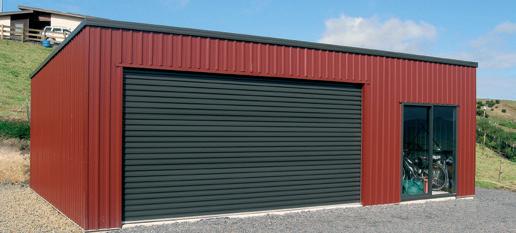



• Locally owned and operated, we are backed by one of New Zealand’s largest private building companies with over 40 years’ experience.
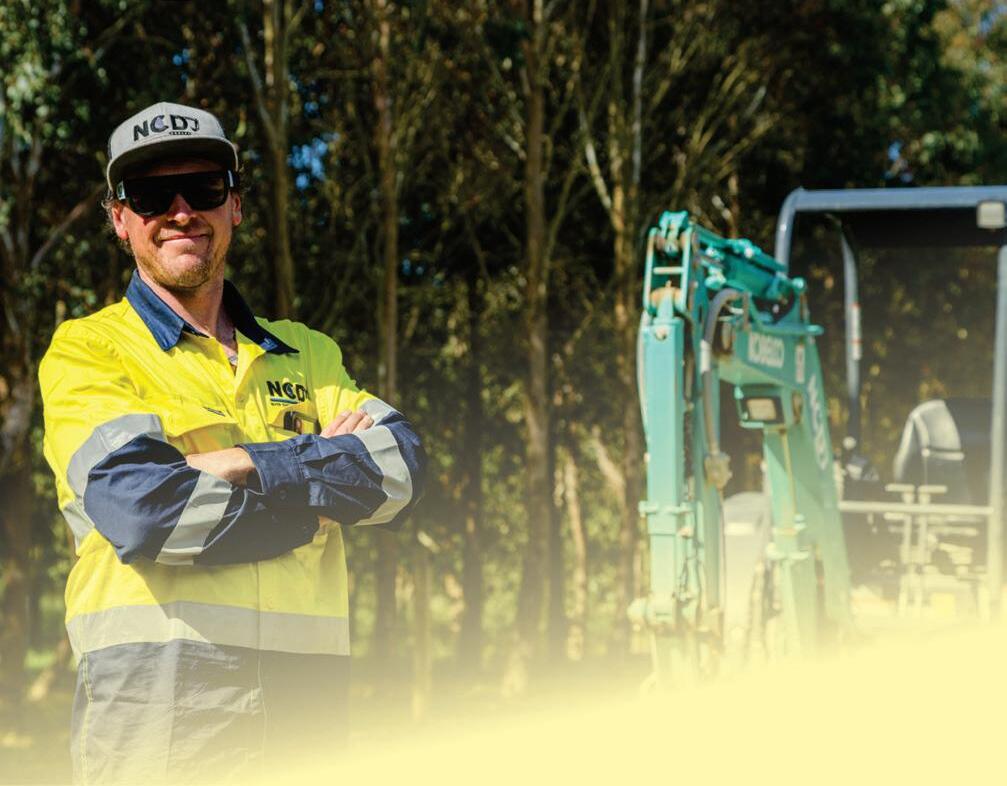
• We stand behind our products with a 25-year Structural Guarantee.
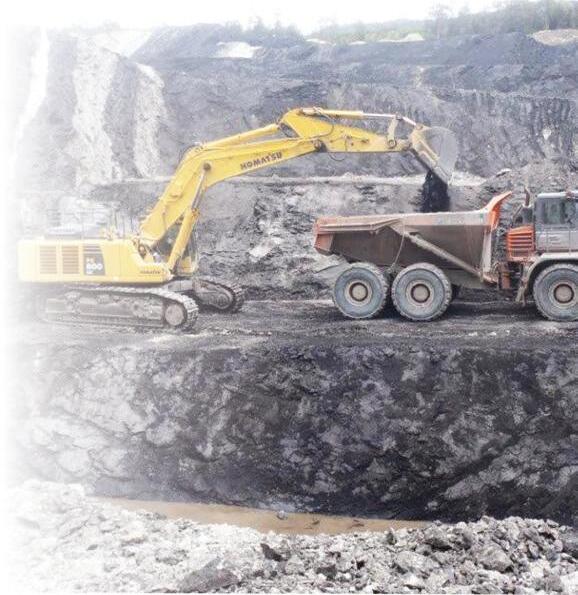





• We offer peace of mind by making sure your building is fully insured by us while under construction.




• We care about you and our staff so your building project will have a specific health and safety plan to ensure workplace safety.
• We offer you great advice, a site visit, design and quote all with no obligation.
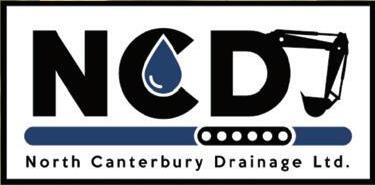





What our clients have to say:


• “We find your staff to be very customer focused who kept us informed throughout the build.” Ouruhia School
• “This was our second build with Totalspan and we absolutely love the finished product of our new garage. The entire team were amazing to deal with and helped us navigate our unique custom design project from start to finish to give us exactly what we wanted. If you have a project Totalspan Canterbury will help you out.” Fiona and Chris, Rolleston.

CANTERBURY FARMING September 2023 23 TOTALLY SORTED START TO FINISH Visit us at Totalspan Canterbury 738 Main South Road, Templeton Ph 03 344 0331 Email: canterbury@totalspan.co.nz 0800 TOTALSPAN TOTALSPAN.CO.NZ We’ve totally got you covered with a wide range of farm buildings, garages, sheds, barns, commercial buildings and more. ]
]
SHEDS, SHELTERS & RURAL HOMES
Totalspan Canterbury building teams have built an extensive range of steel buildings backed by a 5-year workmanship guarantee and a 25-year Structural Guarantee.
Rural insurance to protect home and farm

If you make your living from the land, you’ll want rural insurance that responds to the unique challenges faced by farmers.
Article supplied by NZI

Farm insurance is vital because your farm is your home but also your business.
And as with any other business, you need to safeguard your essential assets and protect yourself against legal liabilities. That’s why NZI has adapted its trusted policies specifically to meet the needs of rural New Zealanders.

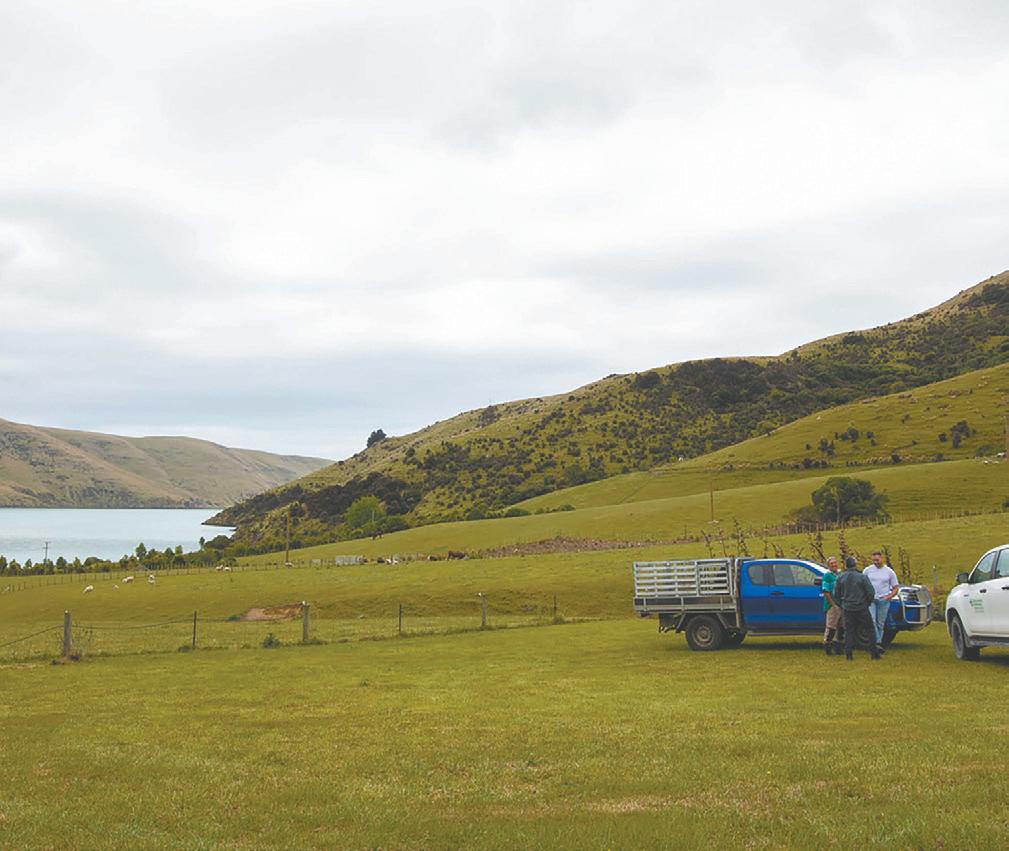
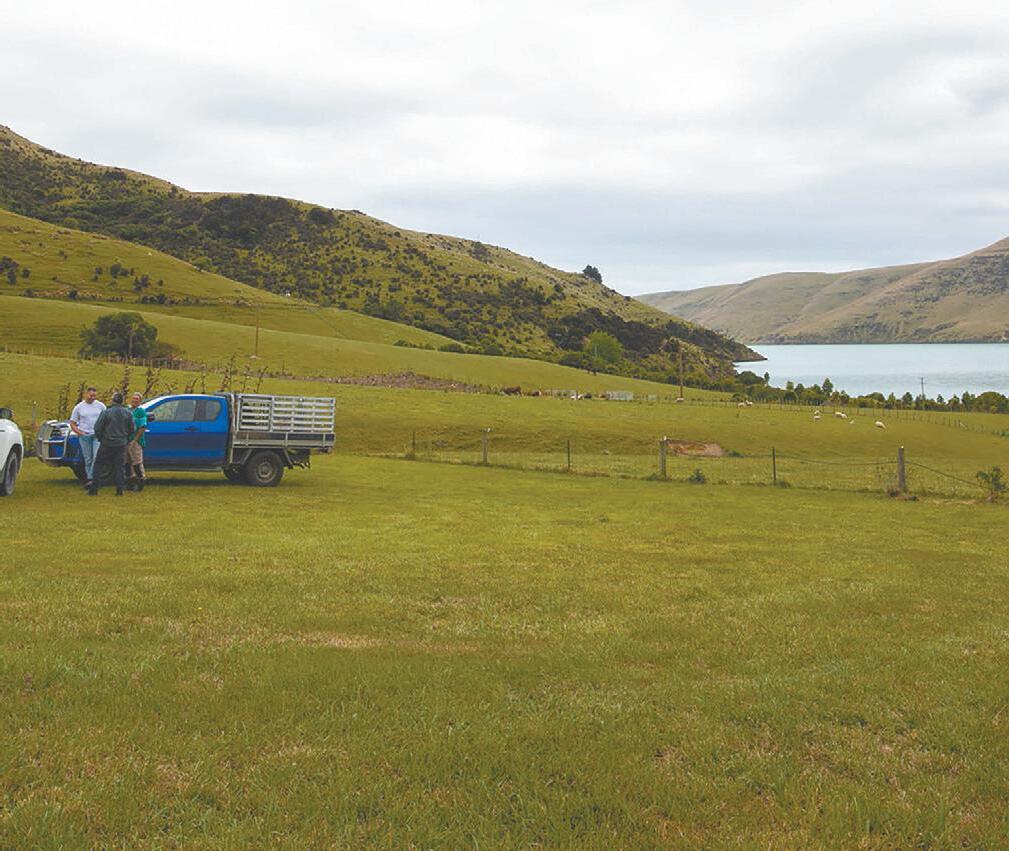
You can get cover for: damage to your buildings, their contents, machinery and vehicles; loss in turnover and increased operational costs from an interruption to your rural business; your legal liability for property damage or personal injury.

Rural material damage
Rural insurance recommended for anyone running a business in agriculture or horticulture. This policy protects you against damage to farm buildings, their contents and machinery.
It also covers fences, culverts, animal feed and bridges. For horticulturists, we cover your greenhouse and the cost to date of growing the plants.
Rural business interruption
Important cover for rural businesses, particularly where farms would shut down if essential infrastructure like milking sheds was lost. This insurance covers the reduced turnover and increased working costs resulting from an unexpected interruption to your business. You can also cover costs that continue


when the income stops – such as wages, interest and rates.
Rural commercial motor vehicle

Covers costs of vehicle repair and replacement. NZI’s specialist motor assessors help reduce delay and disruption when your tractors, trucks and harvesters are not available. This policy also covers your legal liability for any damage or injury.
Rural liability
Farming activity entails risk of property damage and personal injury. Liability insurance is essential to cover legal liability for negligence and the increasing exposures to statutory liability that farmers face.
The cost of liability claims can risk the farm and liability insurance is an essential cover.
Rural machinery breakdown
Covers accidental breakdown of the motors, surface pumps and submersible pumps and other machinery you need to run your farm.
Machinery breakdown cover is recommended for essential machinery and can also be arranged for all machinery on you farm.
Rural stock deterioration
Is ideal cover for agricultural produce which farmers keep under refrigeration. This policy covers refrigerated goods that have deteriorated as a result of the refrigeration machinery failing.
You can also extend it to include cryogenic storage of genetic material, such as semen straws and embryos.

Rural livestock
Recommended cover for your high-value indi-


vidual animals, for death by injury or illness and for fertility. Options are also available to cover herds, working dogs and horses.
To find out more about NZI rural insurance, please talk to your broker or go to www.nzi.co.nz to find one.

24 September 2023 CANTERBURY FARMING What’s our future, Canterbury? HELP US PLAN FOR THE FUTURE OF OUR COMMUNITIES AND THE ENVIRONMENT. Tell us what you think at ecan.govt.nz/ourfuture Over the next few months we will be asking you to share your feedback and thoughts on air, land and water, our coast, built environment, and climate change. Do we have the balance right, are we doing too much or not enough? E23/8415 ]
HMR Contracting has it covered
HMR Contracting is a family owned business with a heritage of servicing the rural community and are passionate about what they do. They provide first class excavation services to Banks Peninsula and the wider Canterbury area.
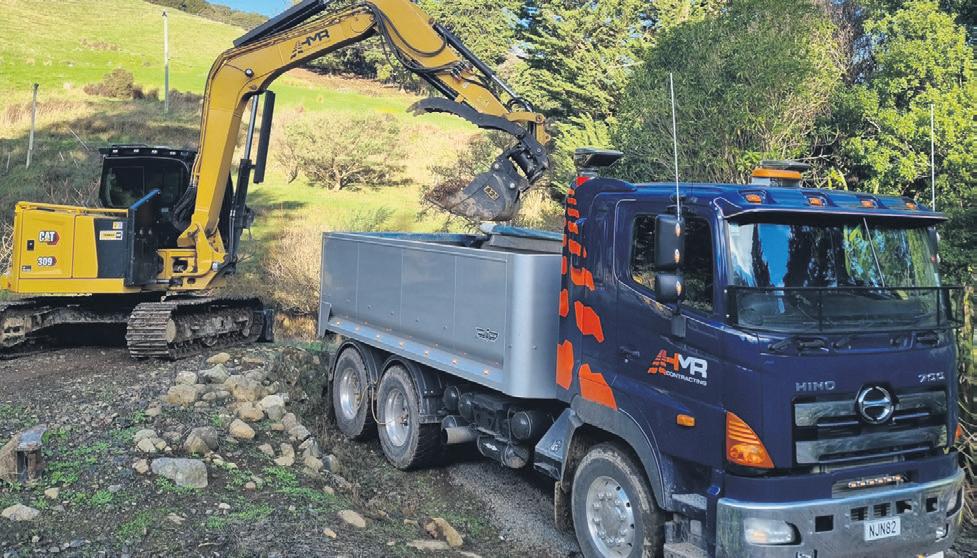
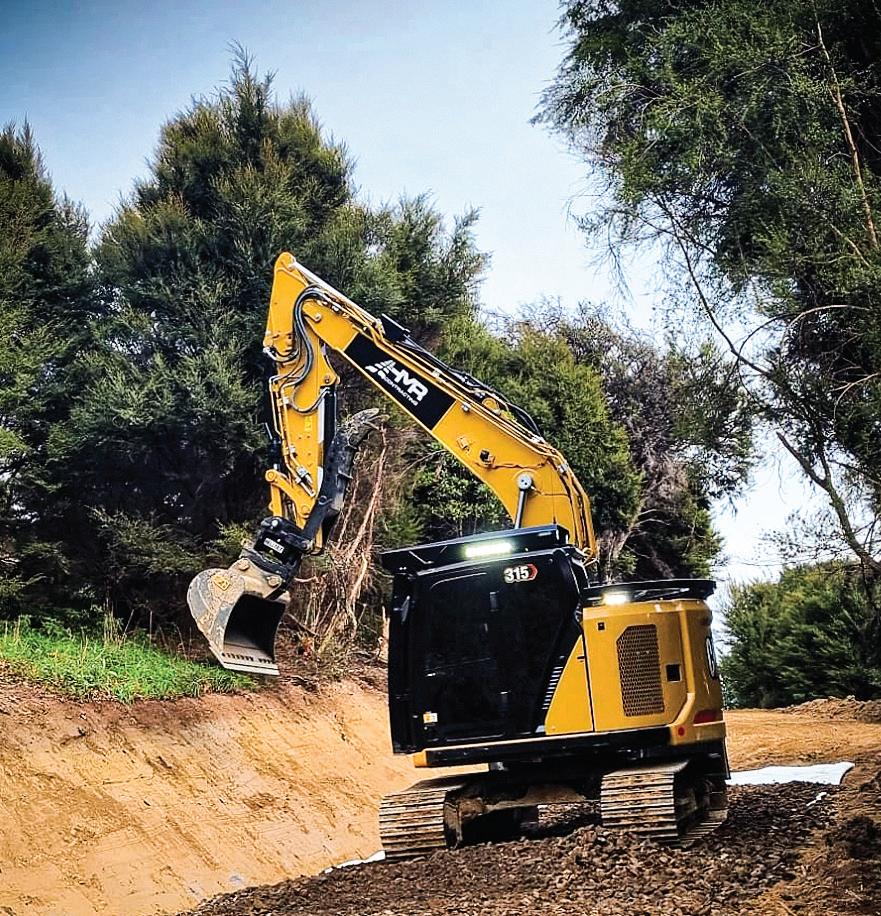

Article supplied by
HMR Contracting
HMR specialises in general excavation, land clearing and vegetation control, as well as offering a wide range of transport and specialty excavation services.
General Excavation
HMR provides a large range of excavation services with an array of different attachments.
Some of their attachments inlcude:
• Augers
• Tree Shear
• Grapple Saw
• Mulcher
• Post Driver
• Grapples
• Rock Breakers
Vegetation Control

With HMR’s expertise and specialized attachments, they offer various services for your tree and vegetation clearing and maintenance.
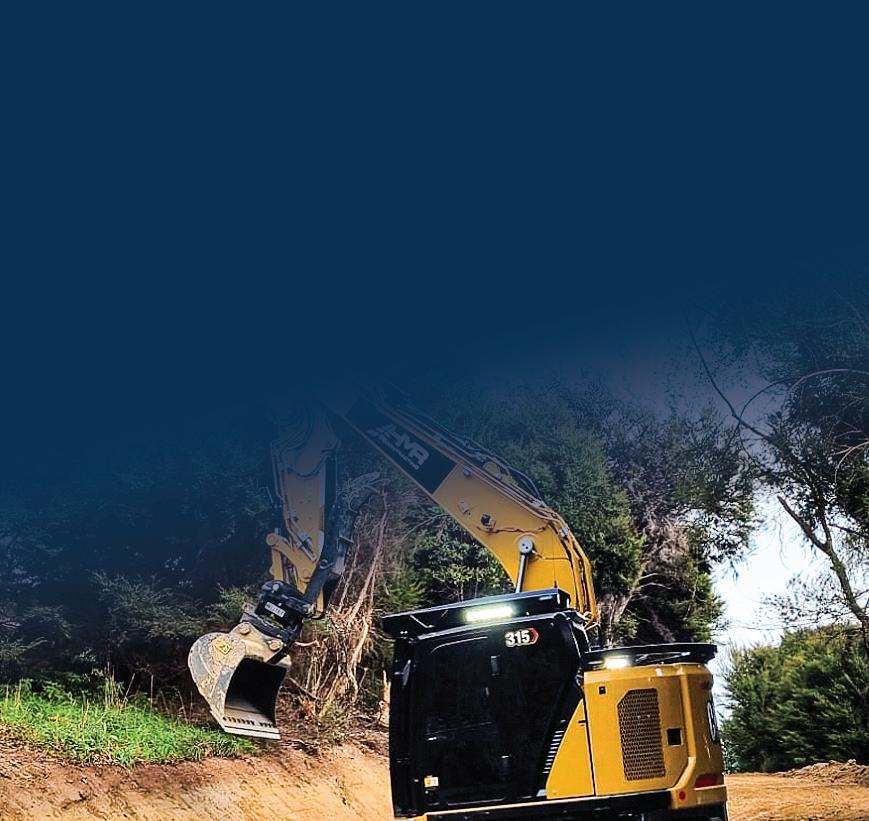
These include:




• Grapple Saw up to 750mm diameter
• Tree shear up to 300mm diameter
• Stump removal (Any size)
• Root raking
• Mulching
• Hedgecutting
Land Development
HMR’s equipment and attachments are well rounded to undertake any land development projects, specialising in difficult sites and contouring steep country.
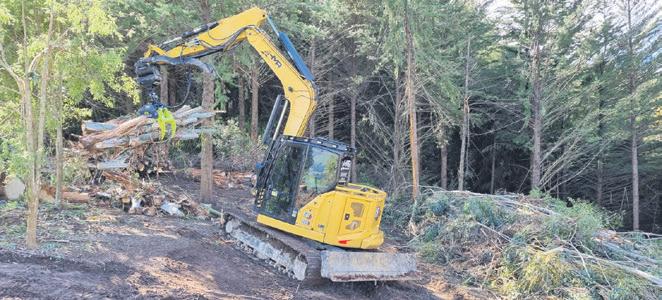
They offer a complete package and have a great range of services for a land clearing project through to subdivision projects

Retaining Walls
HMR offers various different retaining wall types; gabion baskets, timber, concrete and the Flex MSE vegetated retaining walls. This is a proprietary system that offers great opportunities for a living walls.
Flex MSE has many features and can be installed in situations from small residential projects through to highly engineered civil projects.
For more information or a quote contact Carlton Everest on 027 576 7227, email: sales@hmr.net.nz or visit their website: www.hmrcontracting.co.nz
From excavating to vegetation control and land development including building retaining walls Hmr Contracting has it covered.
CANTERBURY FARMING September 2023 25
]
]
Designing the home of your dreams
Often the imagination runs wild when you start to think about the home of your dreams, but turning that imagery into reality is a conscious process.

]Article supplied by ConsumerNZ


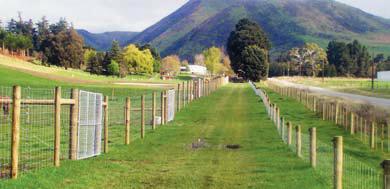

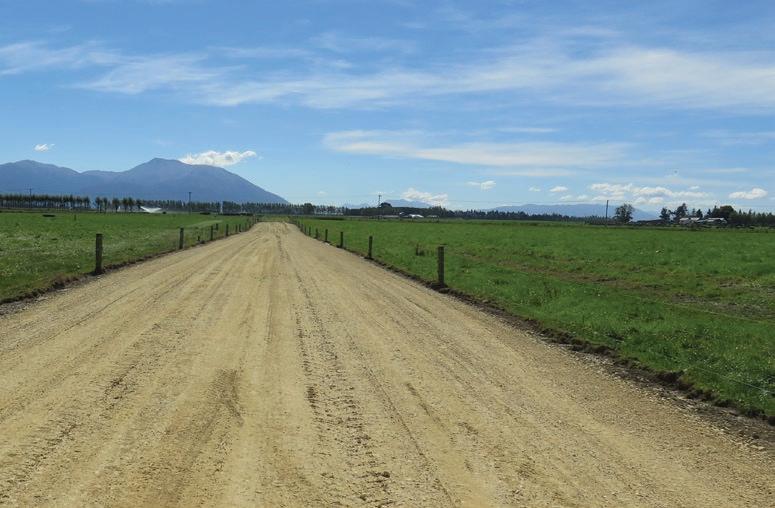

Start collecting together ideas in a scrapbook or shoe-box. Every time you see something you like in a magazine or book, cut it out or photocopy it and add it to the collection.
Visit shops and websites and get brochures and information sheets on products.


Start a dossier of roofing materials, types of exterior claddings and interior linings, joinery, paint, wallpaper, ceilings, appliances, carpets, taps, etc.

Keep a note of prices as you go – this will help with budgeting later on.
To help with house design ideas:
• Visit show homes, home expos and open homes.


• Drive around new subdivisions and older areas for ideas about exterior design, materials and colours.
• Ask others who have been through this
process for recommendations on designers and, if possible, visit homes they have been involved in.
Importance of good design
The advantages of good house design include:
• Making best use of space within the home.
• Making best use of the section.
• Making sure the right materials are selected (for function and style).
• Saving money by providing a home that is energy efficient and maintenance-friendly.
• Having a home that is harmonious to live in, comfortable, convenient, and aesthetically pleasing.
• Having a home that will provide a secure investment and be free from weathertight problems or other serious defects.

• Having a home that will be easier to sell.
Posts & Strainers



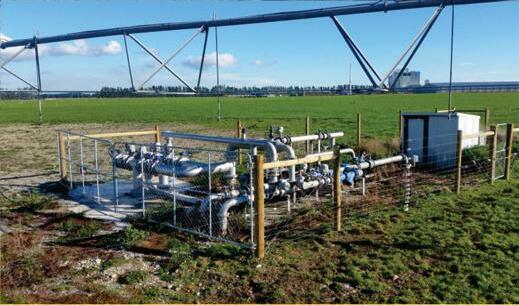
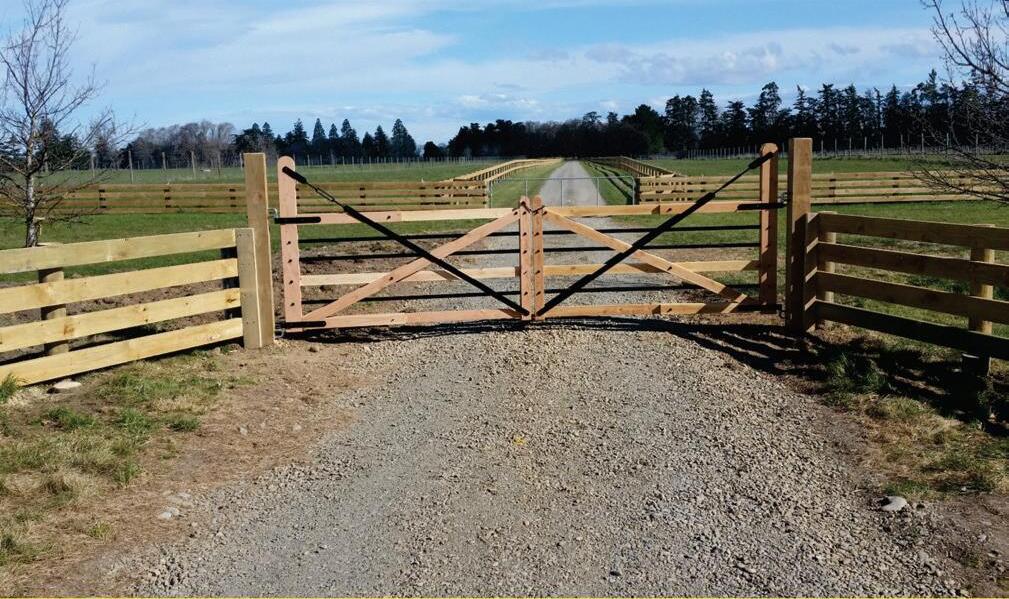
What to consider in the design




When you brief a designer, tell them:
• How many rooms you want (consider the possibility of more children, or perhaps elderly relatives coming to live with you).
• What sort of living spaces you want. Do you entertain regularly? Do you want separate space for the children to hang out? Do you need an office or hobby room? What about decks and outdoor living spaces?
• What you want in the way of bathrooms and kitchen. Do you want ensuites? An industrial-sized kitchen?
• The size of the house. If it is too large to fit comfortably on your section you might

have to consider whether you need to build upwards.
• Your garaging requirements.
• The importance of sun, particularly in the winter.
• To avoid features that will put the house at risk of leaking.
• To identify materials, especially claddings that will require lots of on-going maintenance.



• To make provision in the design to allow for on-going maintenance.
• You also need to start thinking about design features and materials – heating, external cladding, or the shape of the roof, for example.
• You also need to consider costs at this early stage.
26 September 2023 CANTERBURY FARMING NEED A NEW LANEWAY? Experts in dairy lane construction and capping. Our work is not driven by price, its driven by quality and customer satisfaction. At the end of the day, it’s about giving the herd the best surface to walk on & helping to reduce the number of lame animals. CALL WARREN 0272 502 502 | 03 308 4039 1 Range Street, Ashburton www.ashcon.co.nz
Oamaru 434 8658 Timaru 688 2464 Ashburton 308 5304 Against attack from insects & fungi We recommend that you use proven high strength Southern Tough posts Generously Sized. Guaranteed. Processed locally. Competitively priced. Place your order with our experienced team now • House Re-Wiring • Garden Lighting • New Builds • Mitsubishi Heat Pumps • Office Re-Fits • Internet & Telephone • TV Aerials • Spa Pool Installation • Industrial Installation • Electrical Safety Certificates Our Services Mobile 021 22 77 275 Web juiceelectrical.co.nz Email greg@juiceelectrical 03 379 6644 35 Rochester Crescent Rolleston Canterbury 7614
Collson takes the hassle out of your extra accommodation needs
Based in Canterbury Collson Affordable Homes aim to help Kiwis who need comfortable options in five main areas: lifestyle, worker accommodation, extended family and people seeking rental income.

Article supplied by ] Collson Affordable Homes

A Collson design can also be permanent, relocated, or sold separately from a land asset, a fifth long term option.

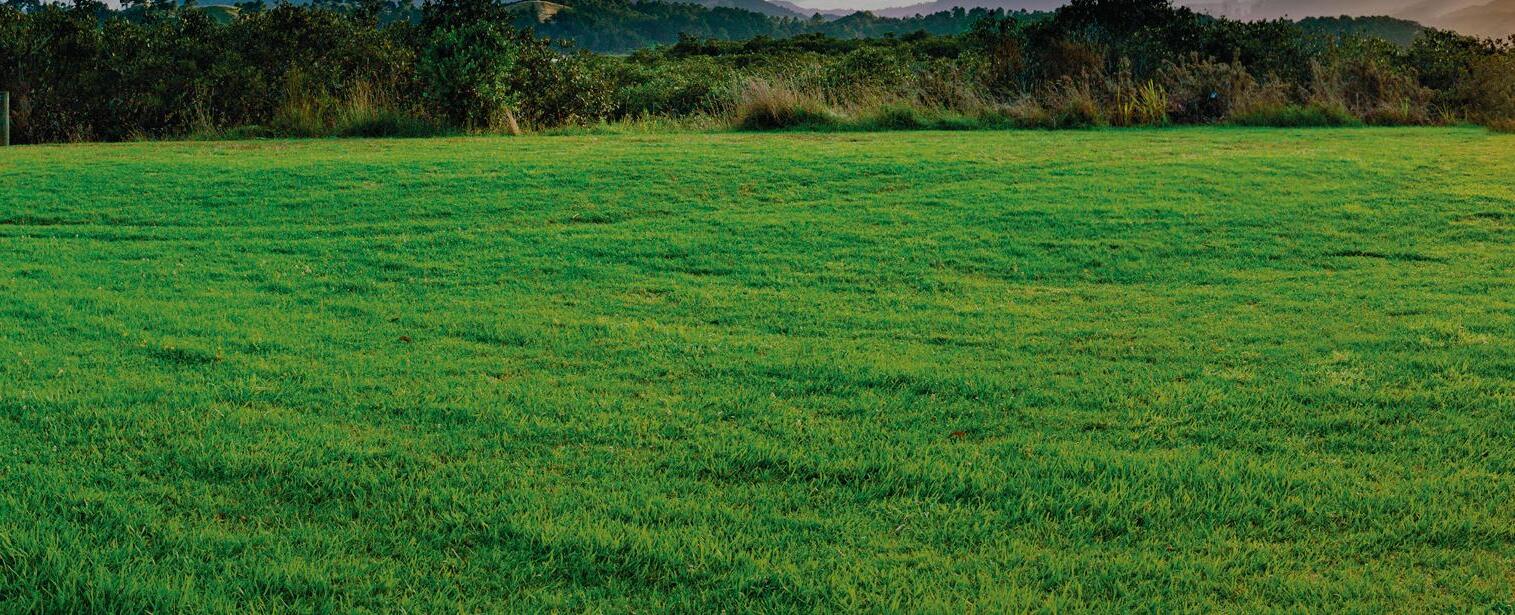

“We saw an opportunity in worker’s accommodation on farms, older people wanting to downsize and build a smaller home on larger rural sections often owned by their children, and thirdly the need for comfortable, economical and efficient housing,” Collson director Pete Sturgeon said.

He said our builds are all certified electrically and construction wise to fit council consents at the yard.
Collson modern efficient accommodation units are designed to the individual’s personal requirements and are transported to site by truck, anywhere in the South Island.
Size options range from 10 to 12 metres long, and 4m wide, and a 9m x 8m option, with the choice of one to three bedrooms,





A 9m x 8m option with verandah.




with a veranda as an optional extra.
They come fully self-contained with all services built in, ready to connect to a site.




They all feature superior insulation, double glazing, an ensuite bathroom and gas hot water. There are many kitchen, bathroom, laundry, bedroom, and storage configurations to suit an individual’s need and the units can be relocated to a different site if the need arises.

to contact Collson Affordable Homes give pete Sturgeon a call on 021 222 6680.
Pole Sheds & Hybrid Pole Sheds!

CANTERBURY FARMING September 2023 27
Hybrid sheds mix timber and steel components. 9.0 wide bays no problems! Clear span no issues! Selw yn 15 Station Street, Leeston 7632 Phone: 03 324 3385 Email:info@buildlinkselwyn.co.nz 133A King Street, Kensington 7910 Phone: 03 688 4944 Selw yn Timaru Email:timaru@buildlink.co.nz www.buildlinkselwyn.co.nz www.buildlinktimaru.co.nz ]
Collson deluxe portable buildings are built ready for the new owner to move into.
Professionals who can manage your house-building project
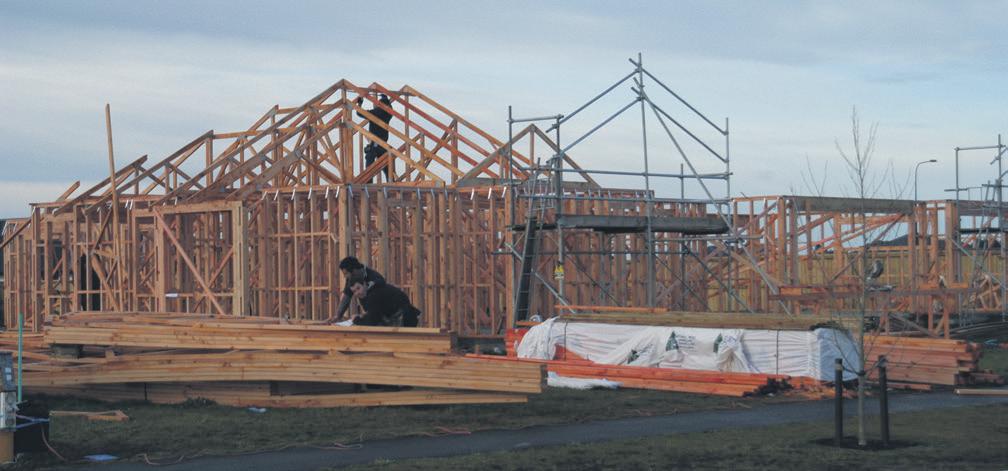
In this article we look at the professional help you can get when designing and building your home.
Article supplied by
www.consumerbuild.org.nz


Architect or designer-managed
If you are using a registered architect to custom-design your home, they will probably offer a full service which includes managing the project. In fact, they will probably prefer this option. If the plans are being drawn by an architectural designer or draughtsperson, they may also offer this service.
Keeping on the architect/designer means paying for their services and you may be tempted to stop using them once the plans are drawn to make some savings. This could prove to be false economy.
The plans are only written instructions. Are you confident that you will be able to interpret them when the builder asks a question about them?
If they are interpreted incorrectly, there could be costly mistakes, and it may not be clear who is liable for the costs once the architect has stepped away from the project.

Company-managed
When you use a group housing company, or kitset/pre-built home, the price usually in-



cludes the services of a project manager.
Often you are buying the section, plans and building services as part of the package and don’t have to organise any of this yourself. But it doesn’t mean stepping away and not taking any interest in the project.
Builder-managed
When you hire a builder on a full contract, depending on what is in the terms of the contract, they can manage everything from getting a designer, hiring the subcontractors, liaising with you on variations and getting materials on site.
Or, you might have a hybrid arrangement where you use an architect or designer to do the plans and have an overview of the entire project, as well as monitor the budget and progress payments, but the builder takes on the hiring, and acquiring of materials and organising inspections.
The responsibilities need to be clearly spelt out in the contract.
Other professionals
Other professionals, like quantity surveyors, sometimes take on the project management task. This can happen by default, for
example, when the project manager you engaged lets you down.

Project management companies
There are companies that specialise in providing project management services for building construction.
They are usually involved in apartments or commercial sites but often manage ordinary home-building where the house is a complicated design or at the expensive end of the market. Or they get called upon by busy people who want someone to take the whole project off their hands.
Most project management companies are happy to be approached and discuss your new house with you.
Small firms, or people working alone, also offer their services as project managers. You will pay a fee for their services. Check with the individual companies and managers to see how their fees compare to those of the architect, or the margin you pay the builder to manage the project.
But, as with any project management, what you pay in fees can often be saved by avoiding the expensive mistakes on a badlymanaged building site.
28 September 2023 CANTERBURY FARMING ]
]
Helping hands: Get professional help when designing and building your home.
Food and fibre exports hit new record

Food and fibre sector export revenue has hit new heights reaching $57.4 billion for the year to 30 June 2023 in the light of year-end data, bringing $1.2B more into the economy than was originally forecast.
] by Kent Caddick
Agriculture Minister Damien O’Connor said food and fibre export revenue has hit $57.4 billion, setting a new record and surpassing previous forecasts of $56.2 billion to the year ending June 2023.
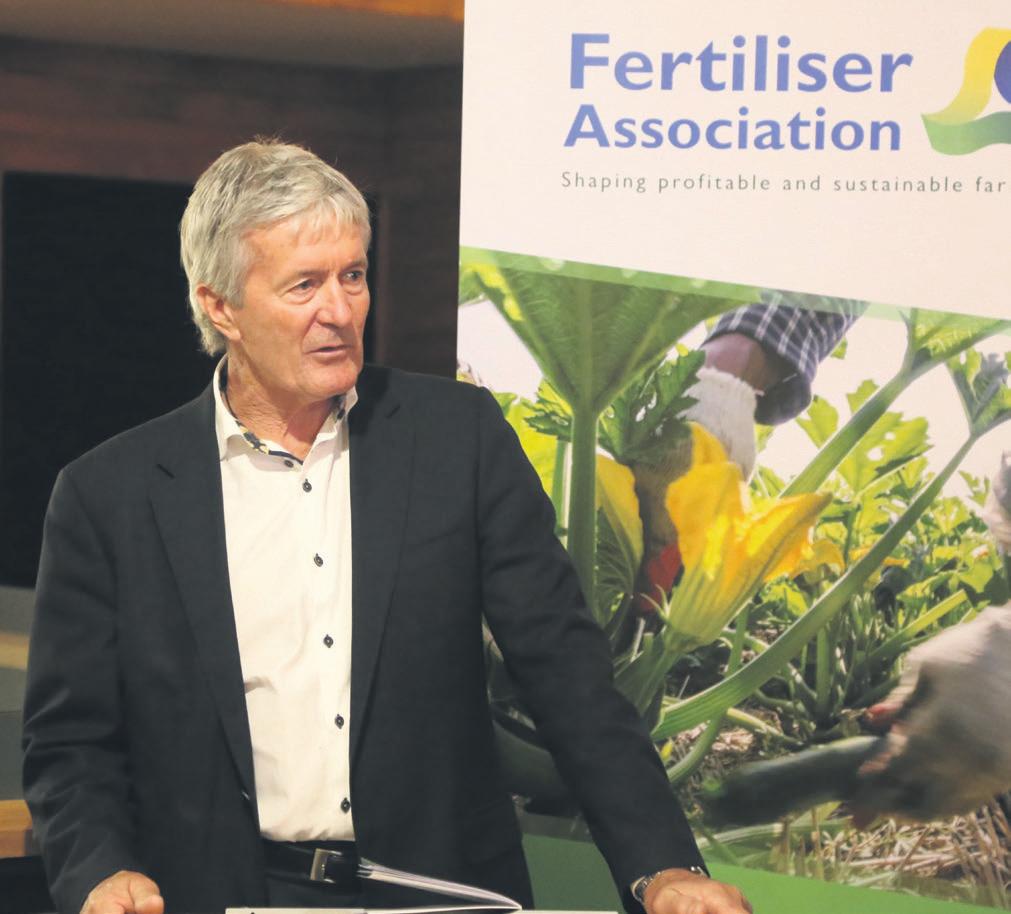
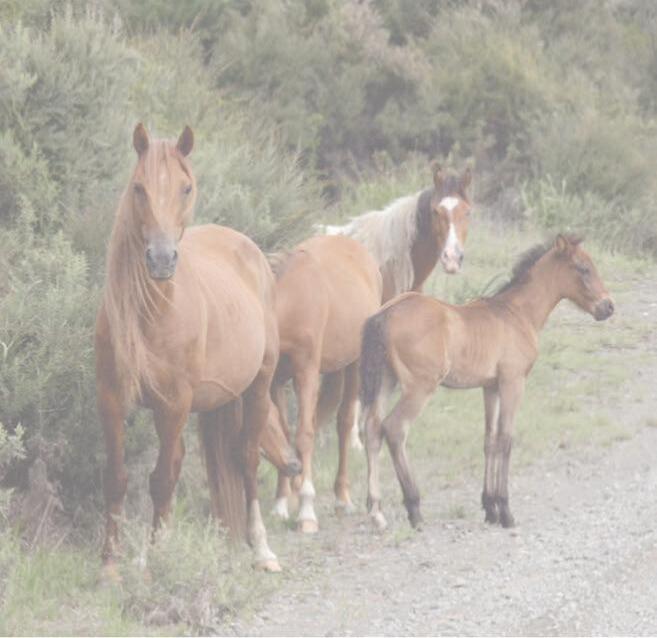
“This represents significant growth of more than $4.3 billion (8 per cent) on the previous year to 30 June 2022,” O’Connor said.


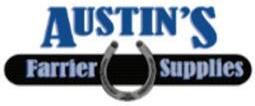
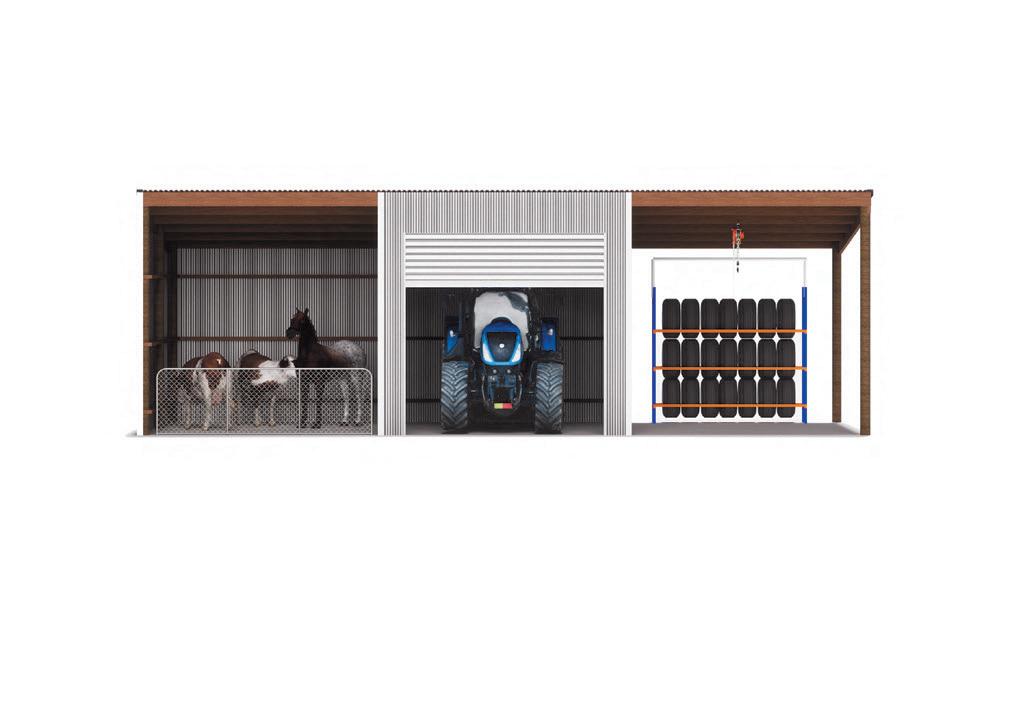


“The focus on trade and export growth remains a major cornerstone in our Government’s economic recovery plan, with the securing of new FTAs like the UK & EU, as well as an upgrade to the China FTA. These are resulting in more export opportunities and more value being derived.
“Our job now is to continue supporting our producers by opening doors for exporters wherever we can and build on the seven signed or upgraded free trade agreements secured since we’ve been in office.”
O’Connor said most sectors continue to perform strongly, driving solid export revenue growth.

“Dairy export revenue reached a record $26 billion, an increase of 18 per cent on the previous year.



“Our horticulture, seafood, and arable sectors are also performing strongly, with growth on the previous year of $254 million (4 per cent), $178 million (9 per cent), and $21 million (8 per cent) respectively.

“Processed food and other exports also continue to go from strength to strength with growth of $268M (8 per cent) on last year.”
He said this growth shows collective efforts by the Government and sector to build the foundations for future growth, sustainability and prosperity are working.
“Since 2017 food and fibre exports have jumped an impressive $19.2 billion, an increase of 50 per cent.
“I know the recent drop in commodity prices and elevated farm expenses will affect farmers over the coming year. Inflation has peaked and on-farm costs like fertiliser have dropped dramatically. We all understand that farming is cyclical and we’re committed to working with the sector and to represent its work overseas.”
CANTERBURY FARMING September 2023 29 • Driveways • Earthquake Repairs • New Home Specialists • Patios & Paths FARMING STORAGE? SETTING THE INDUSTRY STANDARD CUSTOMISED TO YOUR REQUIREMENTS. ANIMAL SHELTER? UTILITY WORKSHOP? Canterbury Timber & Hardware Y O U R L O C A L T I M B E R M E R C H A N T 167 Manion Road, Rolleston 03 347 7465 sheds@cthl.co.nz www.cthl.co.nz Open: Mon-Fri 7:00am - 5:00pm Saturday 8:00am - 12:00pm GET A FREE QUOTATION TODAY 0800 726 724 www.scorch.co.nz Terrestrial Wireless ADSL Fibre VoIP RBI GET CONNECTED WITH Scorch Broadband SCORCH COMMUNICATIONS
Record: Agriculture Minister Damien O’Connor says food and fibre export revenue has hit a new record of $57.4 billion,
Cocksfoot and fescue bred for farming’s biggest challenges.




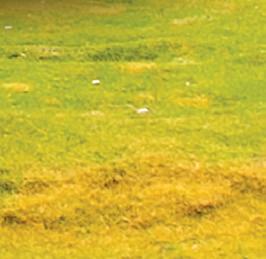
NEED ANIMAL PERFORMANCE BUT CLIMATE AND PASTURE PESTS MAKE IT TOUGH?


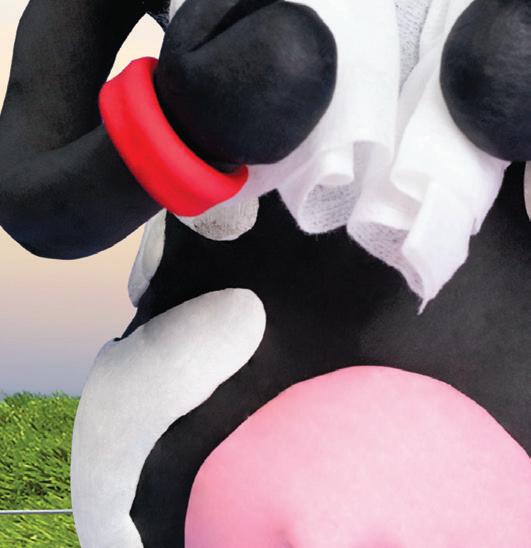



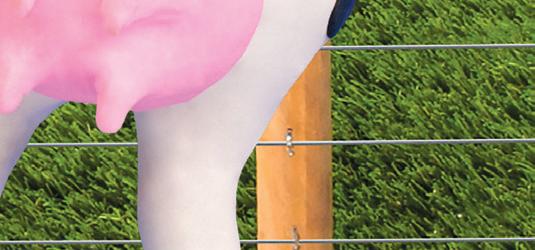
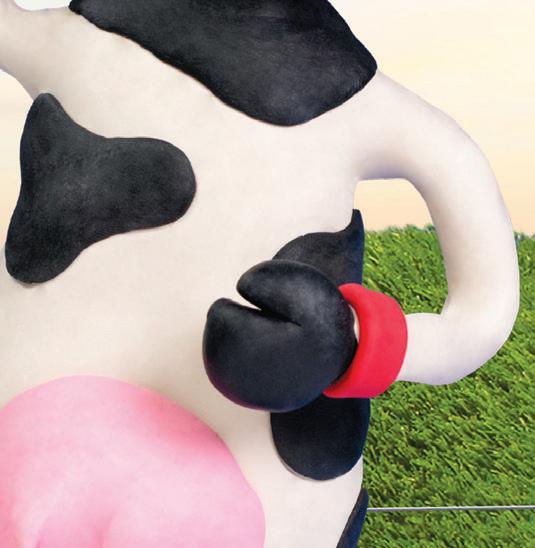

Greenly II thrives where other pastures struggle, tolerating drought and insects once established. Nouga grows high quality feed for strong animal performance in warmer climates.


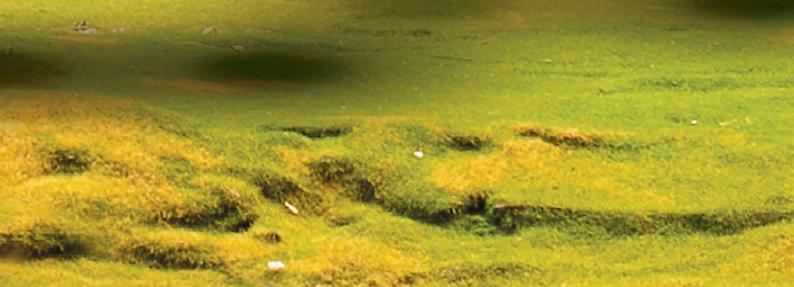
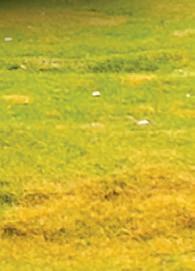



ORDER RAGT’S GREENLY II COCKSFOOT AND NOUGA TALL FESCUE FROM YOUR LOCAL SEED RETAILER.










www.ragt.nz















30 September 2023 CANTERBURY FARMING
II & NOUGA
GREENLY
EPA approves first methane inhibitor

The Environmental Protection Authority (EPA) has approved a feed additive aimed at reducing methane emissions in livestock.
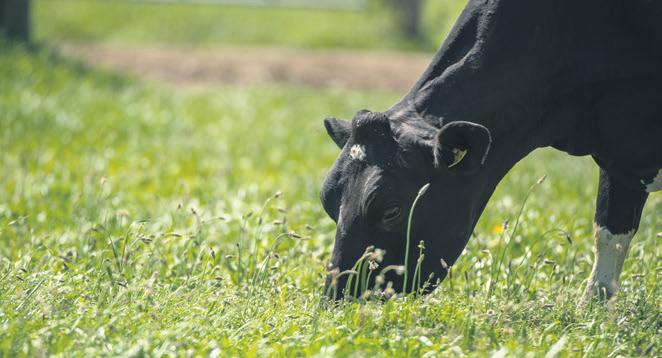
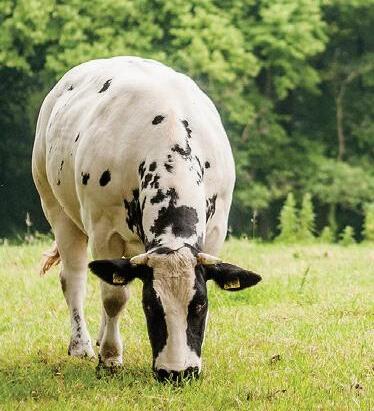
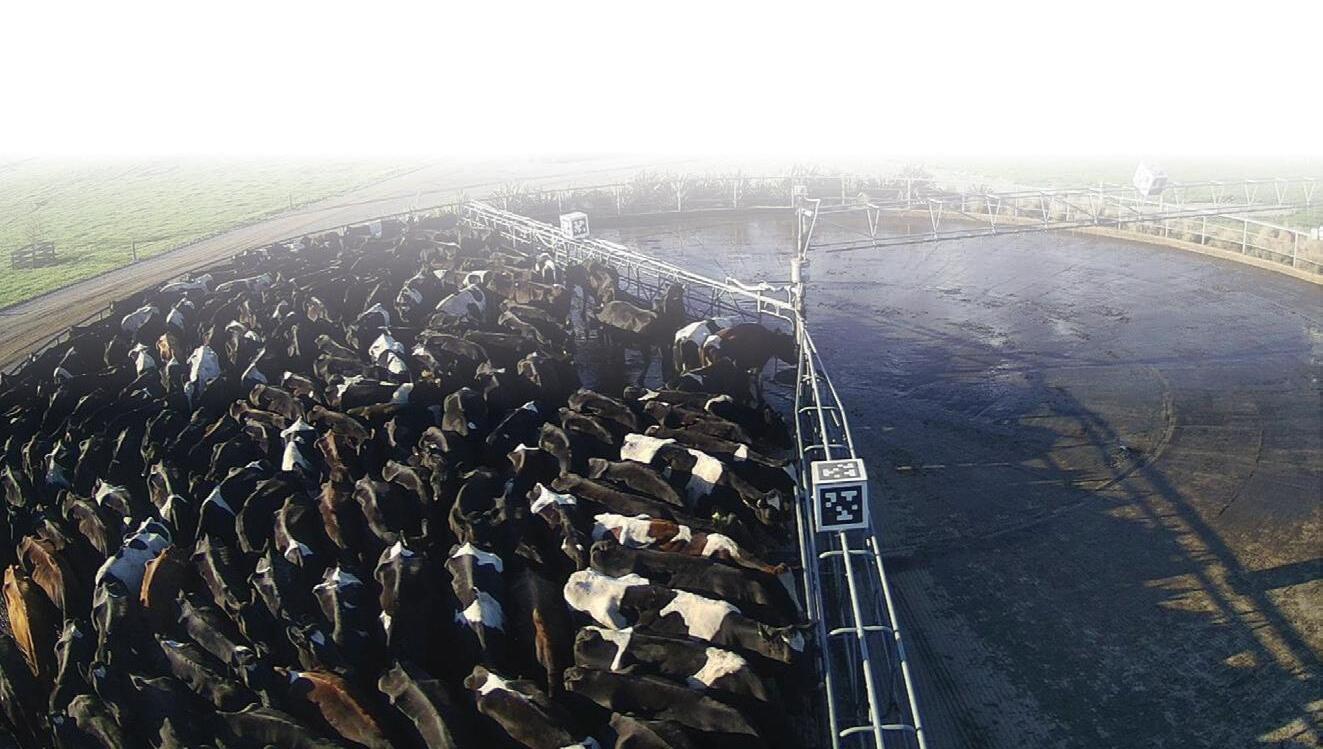
] by Kent Caddick
DSM Nutritional Products Ltd (DSM) applied to import or manufacture a substance containing 10% to 25% of 3-nitrooxypropanol (3-NOP), which is a chemical new to New Zealand.

DSM says 3-NOP can reduce methane emissions from ruminant animals, including cows, sheep and goats, by 30 percent.
EPA’s General Manager of Hazardous Substances and New Organisms Dr Chris Hill said substances for climate change mitigation are still new to New Zealand and are important for meeting New Zealand’s international obligations under climate agreements.
“This is the country’s first application for a methane inhibitor, so it was important to confirm how 3-NOP would be used and the in-

formation we required to carry out an appropriate risk assessment,” Hill said.

“We carry out a comprehensive assessment for every hazardous substance application. Our assessments are focused on scientific data and evidence, economic information, and local information, as well as cultural perspectives to ensure we continue to protect people and our environment.

“To ensure this was a robust assessment, the application was subject to a number of requests for additional information. DSM also put the application on hold for around eight months, so they could compile further information for the risk assessment process.”
In concentrated forms, 3-NOP can pose significant risks to people and the EPA has put in place rules for safely using the substance.
This application does not cover lower concentrations of 3-NOP likely to be added in the final products used in agriculture or by farmers, and some formulations may require separate EPA approval.

The EPA is working closely with MPI on the regulation of methane (and nitrogen) inhibitors, with the aim of streamlining the EPA’s application and assessment process for these substances.
Reduction: DSm Nutritional products say feed additive 3-NOp can reduce methane emissions from ruminant animals, including cows, sheep and goats, by 30 percent.
Under the Hazardous Substances and New Organisms Act, the EPA is responsible for the assessment of risks to human health and the environment.
MPI is responsible for assessing efficacy, animal welfare, the potential for residues in food, and risks to trade in primary produce. They have yet to receive an application from DSM.

CANTERBURY FARMING September 2023 31


32 September 2023 CANTERBURY FARMING
your local Case IH dealer today.
and Conditions apply, see your local dealer for details.
FINANCE OFFER ON THE ENTIRE HAY RANGE caseih.co.nz ULTIMATE DENSITY ULTIMATE DURABILITY Cant-Farming-Ultimate-workingfile.indd 1 21/08/2023 4:44:33 pm
The Case IH Hay Series products are rugged, robust and reliable. The extensive premium range of square balers, all with end-to-end performance solutions for your customer. Whichever model you choose, you can guarantee ultimate density and durability. Contact
*Terms
2.95%*
Irrigation on the horizon
The seasons have rolled by, and again, we are about to consider the irrigation activities of spring and summer.
and prepare to set up the machine for the first irrigation run, be aware that a real risk is an extreme wind event blowing into your operation.
by Stephen mcNally
IrrigationNZ Principal

 Technical Advisor
Technical Advisor
While for some, the new Freshwater Farm Plan regulations might sound daunting, I’d suggest that most farmers and growers will already have a tight grip on what affects their businesses as risks, opportunities and actions.
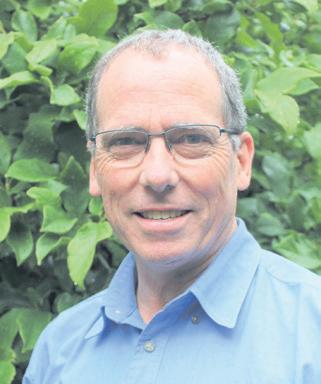
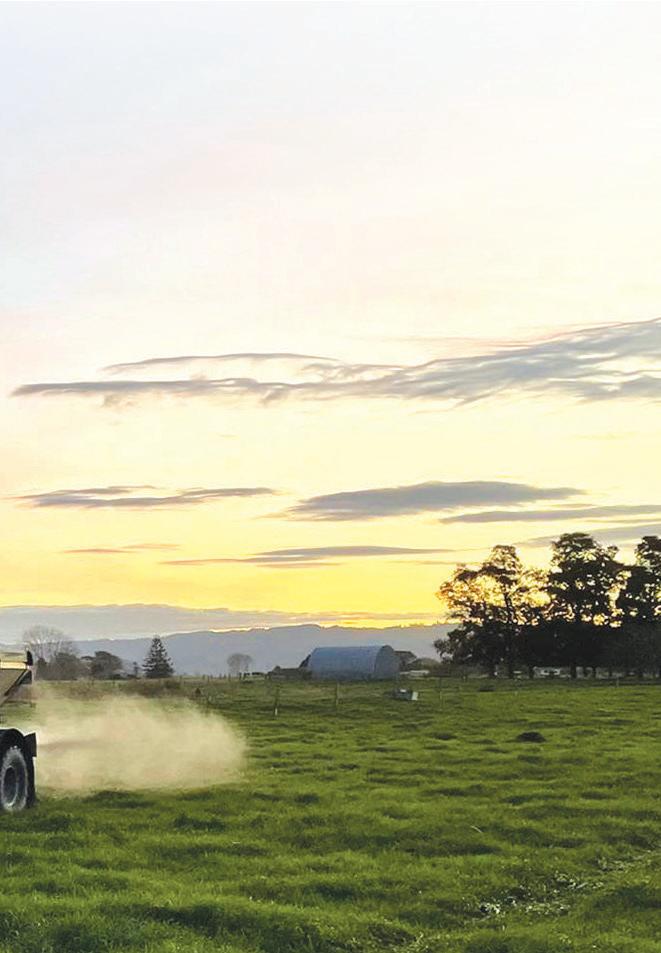
If you have irrigation on your operation, you’ll be well aware of what the current Farm Environment Plans (FEP) require of you.
Under your FEP, you were already given targets to meet; adopting good industry practice for design, installation, and commissioning; monitoring the performance of your system applying good operation and maintenance; and having a thorough understanding of the timing and depth of irrigation applied taking into account crop requirements, soil moisture, and climatic information.
By viewing the new Freshwater Farm Plan regulations as an extension of these existing targets, you’ll already be in good shape. It may need some adaptation, but the new process allows you to be operationally specific, taking a close look at your inherent farm and management risks.
So, the original targets are a great benchmark to work from to set down actions and timeframes.
Hopefully your irrigator was stored and anchored safely in place at the end of the last irrigation season. As you move into spring
Always be ready to re-park the machines back in your identified safe location and secure them. That’s the “point, park and anchor” mantra you should have in your farm wind plan. No one wants to deal with the aftermath of a rollover.
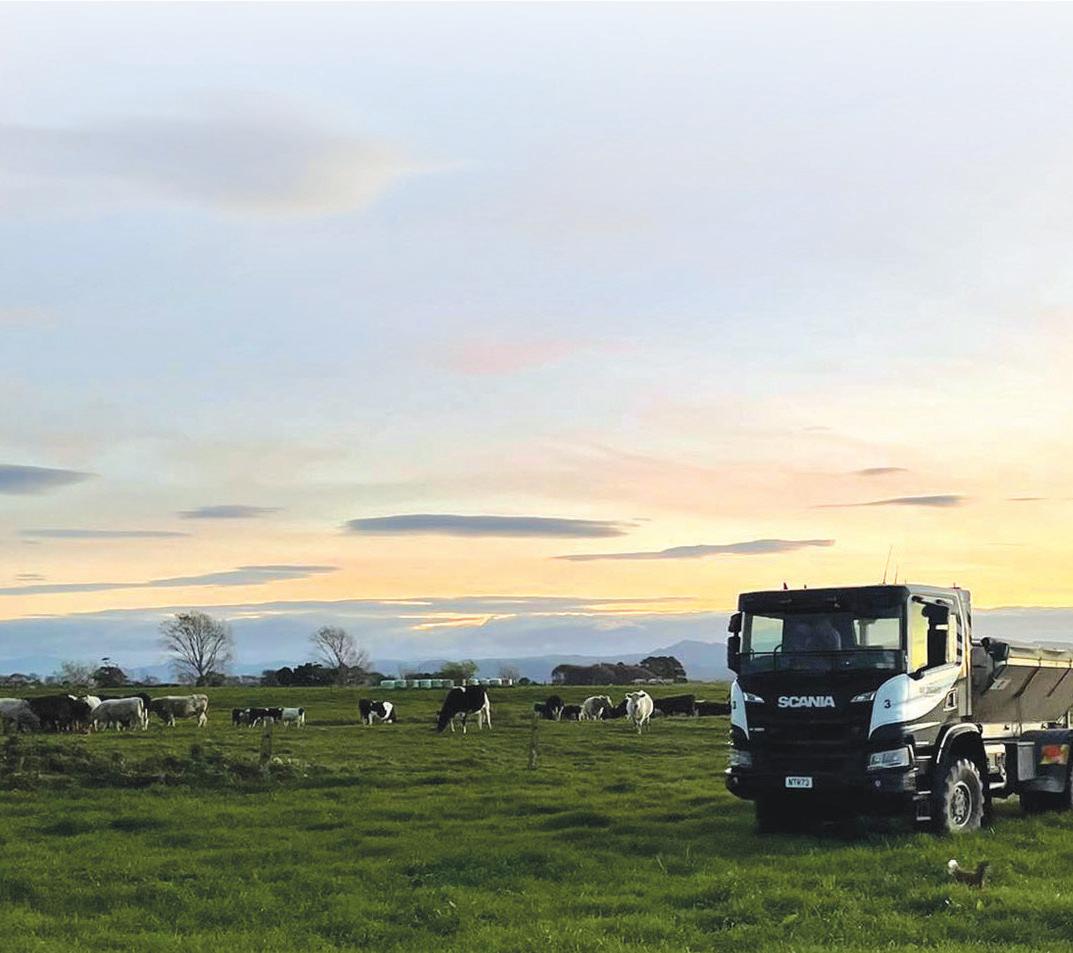
As part of your risk assessment, you’ll no doubt have thought about the startup sequences. Not always obvious, the first step is to revisit your consent allocations and required water usage reporting through the upcoming season.
Ensure nothing has changed with your irrigator or control system that might unintentionally push you beyond peak flow limits or annual allocation.
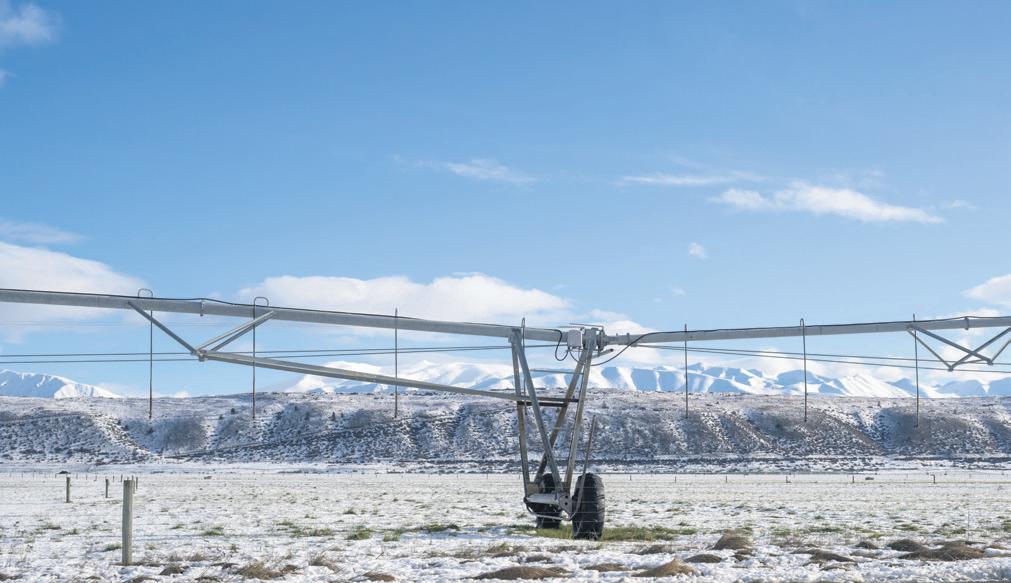
Review your irrigation scheduling records from last season. What worked and what didn’t? Did you need to make setting changes as the last season unfolded? You might need to go back a couple of years to find a really dry period to compare.
You’ll need to perform some mechanical checks too. Are all nozzles and hangers still in good condition? Look for any damage around the machine and pump stations. Have you cleaned the sand traps and addressed any obvious issues before starting the pumps? Is everything mechanical greased and ready to move? Are the wheel tracks still clear to make it back?
Check your pump shed for rodents or bird nests that could have found their way in over winter. Be cautious when opening electrical panels, looking for damaged cables or water ingress.
If unsure, get your qualified irrigation system performance assessor onsite to com-

plete an evaluation. Then if necessary, bring in your service company to do any important repairs.
Taking a risk and action approach, think about how you will mitigate potential surface runoff or leaching. For the shoulder sea-
son, consider your trigger and refill points, as there are likely still rain events to be considered in how far you’ll take irrigation applications up towards field capacity.
Ensure your soil moisture monitoring system is still functional, and that you understand what the traces mean. Are they set correctly for this season?

Discuss with your soil moisture service provider anything in your data you’re not across. It’s your responsibility to have tight control over how irrigation is undertaken.
Having this information written down before meeting with a FEP auditor, or in due course, Freshwater Farm Plan certifier, will make the process useful as a tool for managing your irrigation system.
Following best practice helps you achieve the best use of freshwater resources while keeping your operational and maintenance costs down, setting you up for a productive season.
CANTERBURY FARMING September 2023 33 ]
]
]
‘The first step is to revisit your consent allocations and required water usage reporting through the upcoming season.
Land-use change report rings alarm bells
New research shows the scale and pace of sheep and beef land being purchased for forestry is higher than first thought.
] by Kent Caddick
An updated Orme & Associates report on land-use change from pastoral farming to large-scale forestry shows the amount of land sold in 2021 soared by 66% compared to the previous year.
Beef + Lamb New Zealand (B+LNZ) CEO Sam McIvor said the report will be alarming for farmers, rural communities, and wider New Zealanders, who are already concerned about the conversion of food producing sheep and beef land into carbon farming.

“The Orme & Associates report was com-




missioned by B+LNZ two years ago to track the amount of land purchased for afforestation and taken out of pastoral production. It initially showed more than 52,000ha of land was purchased for forestry interests in 2021,” McIvor said.
“However, the latest revised data shows that figure to be more than 63,000ha, a 66 percent increase on 2020 and up from 7,000ha in 2017.”
Uncertainty over policy changes led to a decrease to 36,000ha in 2022, but McIvor said this figure is likely to increase because there is a backlog of applications sitting with the Overseas Investment Office (OIO).
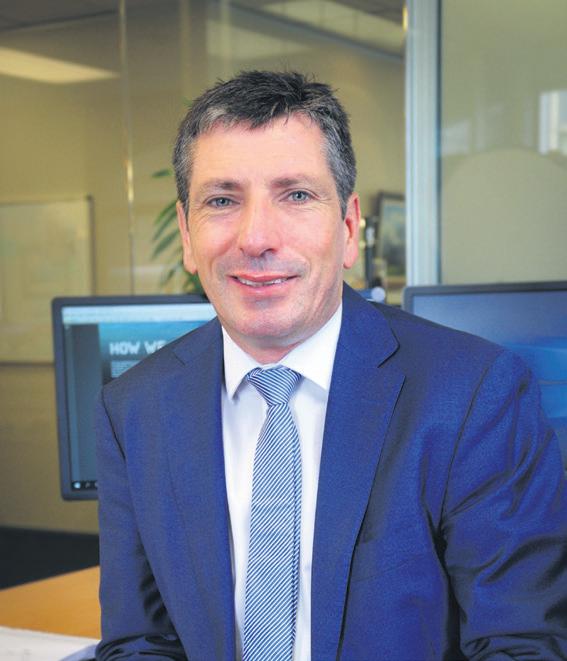

“This takes the total to more than 200,000ha of sheep and beef farms bought over the last five years, which is a significant concern for the sheep and beef sector and rural communities.”
McIvor said the scale of change is far more than what is recommended by the Climate Change Commission and will have a negative impact on rural communities, food production and export income, which affects all New Zealanders.
“New Zealand is one of the only countries in the world that allows fossil fuel emitters to offset 100% of their emissions.”
He said the Government is currently consulting on changes to the Emissions
Trading Scheme, and it needs to act.
“B+LNZ is not anti-forestry, there is absolutely a place for it and for some offsetting.




We know many farmers are interested in integrating trees into their farms, but there is a need for some balance.
“Though less than the sheep and beef industry, forestry does create jobs and export revenue. In contrast, carbon farming doesn’t create jobs or add export returns.
“Production forestry, in combination with carbon forestry, can often be integrated into sheep and beef farms without loss of food production.
“We also recognise the unique circumstances of some Maori landowners who can never sell their land. This is a legitimate instance where carbon credits from offsetting should be available.”
McIvor said the impact of land use change is now being reflected in livestock numbers with Statistics New Zealand’s 2022 Ag Cen-
A worry: beef + Lamb New Zealand CeO Sam mcIvor says an updated land-use change report will be alarming to those concerned over the conversion of food producing sheep and beef land into carbon farming.
sus data showing the national sheep flock to be 25.3 million as of June 2022, a drop of 400,000 from the previous year with numbers likely to fall further due to new plantings.
He said MPI’s Afforestation and Deforestation report, which focuses on larger scale planting, supports B+LNZ’s findings.
“While whole farm sales seemed to have slowed last year, new plantings continued at pace with another 64,000ha of new forestry planted in 2022.

“MPI have also surveyed foresters’ intentions for 2023 and estimate a further 88,000ha of new planting in 2023. This data reinforces how quickly farms are being converted.The Government must urgently work with the sector to implement limits before it’s too late.”

the Orme & Associates report on land-use change can be found on b+LNZ’s website: beeflambnz.com




34 September 2023 CANTERBURY FARMING FORESTRY & LOGGING Forest Management LTD With 25 years experience in the industry, the Forest Management Team offer services in: • Woodlot and shelterbelt harvesting • Timber sales to domestic and export markets • Forest establishment of harvested and greenfield sites • Forest valuation • Emission Trading Scheme advice and management • Trainer/Assessor in NZQA forestry related units Our highly experienced teams aim to ensure value optimisation in all aspects of forest management. To find out more call us on 03 343 4101 or visit www.forestmanagement.co.nz IT’S THE FEED THAT MEETS ALL YOUR NEEDS. WITH A FULL RANGE OF BEETS, RAGT HAS ONE FOR EVERY FARM SYSTEM. ASK YOUR LOCAL SEED RETAILER WHICH IS RIGHT FOR YOU. Use fodder beets to reduce nitrate leaching and keep your animals fit and fed. But wait – there’s more! Beets offer excellent returns on your investment, giving you one of the lowest cost/high quality feed sources around. www.ragt.nz Fodder beets are a regulation sensation! FODDER BEET
Rebound at wharf gate but caution urged

There has been a significant rebound in at wharf gate export grade log prices in August on the back of good lifts in China, although current signals are emphasising high level caution.
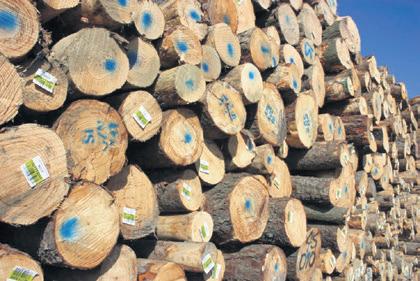
On the surface, low arrival volumes from New Zealand has the Eastern Seaboard inventory dropping to 3.7 mill m3, the lowest in a long time.
Daily usage has been humming along at 60,000 cubic metres suggesting the market is OK but nowhere near the 90K per day of last year’s levels.
As seen with most NZ land-based commodities, China economic activity is very subdued. How this impacts, lies in examples like the Chinese love of ice cream which is a luxury item and one of the more expressive elements being seen. Luxury items go off the shopping list and milk commodities turn down.


In the case of wood fibre, the want to have, in terms of a 2nd and 3rd apartment investment for the more well to do families has taken a major dive. High level redundancy is common as the mums and dads prefer to keep the money in the bank. Less demand for apartments equals less use of Radiata pine to hold up concrete until it dries.

Even so 60,000m3 per day usage is not too shabby. Some of that usage relates to what has been a quietly building component of use of Radiata pine and that is in edge
glue panelling. The issue with that product is a weak RMB which is stripping the value for exporters where the US comprises a big chunk of the sales.
Examples like this has seen wholesale domestic log prices come off ¥10 to ¥40 per JAS in the last 2 weeks which must eventually express itself in the price the market is prepared to pay Kiwi forest owners.
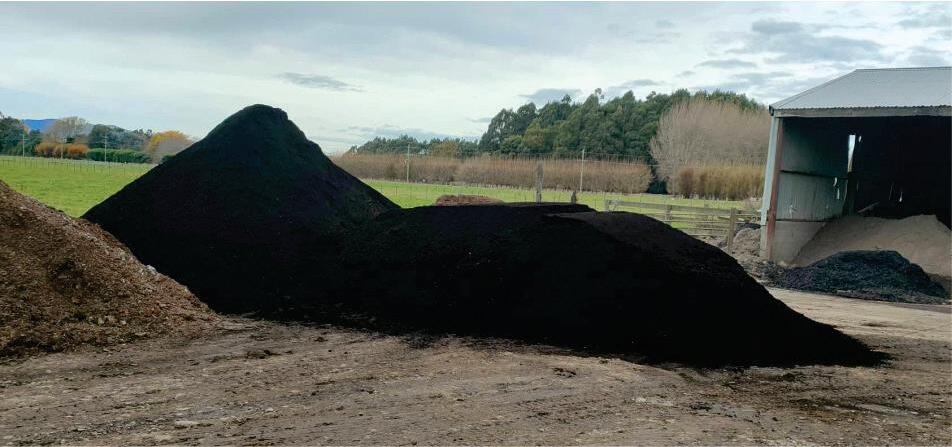
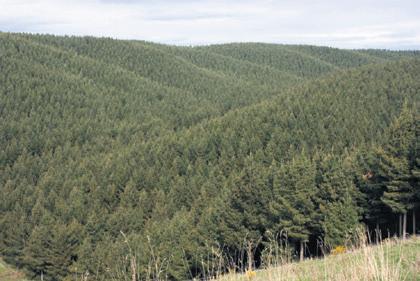
Another issue for NZ is our monthly production will quickly lift back up to over the China consumption level. We can expect the blunt instrument called price to correct the supply demand imbalance if we do not keep harvest levels subdued.



As at mid-August, there are some concerning externalities that emphasis our fragility in terms of our near future as it relates to China. A significant weakening in the RMB against the Greenback at 7.3 to the USD, this the lowest since 2007 and will very much hurt China exports.
Property developers are in deep doo doo’s with over 50 currently in payment default. One of the largest, Country Garden, has some $200 billion in unpaid bills. Reported also is property finance companies delaying bond repayments and getting close



to default. All of this is adding to a sense of foreboding and a mood of negativity which in China is everything.




Drilling down to how this all plays out in NZ means current wharf gate prices are at close to NZ$110 per m3, A grade basis, for South Island ports. This compares with a last 12-month average of around $115 with $122 the highest and $83 the lowest.
Part of the reason for fluctuating prices is the CFR prices in China. This is the sales price, sea freight included, at a China port
in US dollars per JAS m3. Over the last 12 months the band has been US$103 to $150 per m3, A grade basis. Some of the fluctuation can be attributed to shipping rates which have also operated in a wide band, US$28$56 per m3 for South Island ports.

This large spread of prices highlights the issues confronting us, with uncertainty and risk levels not where forest owners want to be. Another one of course, is a total dependence on China where we join the throng of most if not all NZ land-based commodities.
Our domestic sawmills are also struggling for volume orders with margins attached to them. Price cutting is rampant with current production ahead of sales and some mills on a go-slow. I do not see this changing until we get a new finance minister with a better suite of solutions to wealth generation which will result in more house building.

The great thing about all of this is of course the trees just keep growing and we can live to fight another day.

As always, please remember the thoroughly important message, “it remains, as always, fundamentally important, the only way forward for climate, country and the planet, is to get out there and plant more trees”.




CANTERBURY FARMING September 2023 35 FORESTRY & LOGGING
] with Allan Laurie mNZIF
Office: Phone 03 359 5000 Email: admin@laurieforestry.co.nz Unit 3 337 Harewood Road Bishopdale Christchurch 22 Shearman Street Waimate Phone 03 689 8333 • Cell: 027 432 1420 See our website for information including Market Reports and Log Price Tables www.laurieforestry.co.nz FORESTRY SERVICES - CONSULTING - MANAGEMENT - MARKETING Specialists in: •Woodlot and Forest harvest - at any scale •Direct log sales in both domestic and export segments •Top quality H&S systems and management •Forest right or cutting right purchases •Planting and silviculture management •Top advice, top people, top service Laurie Forestry Ltd Harvesting & Marketing, Consultants & Managers THE PEOPLE AND THEIR TREES COMPANY www.laurieforestry.co.nz
] Laurie Forestry Ltd
‘price cutting is rampant with current production ahead of sales and some mills on a go-slow.
Another blow to dairy farmers
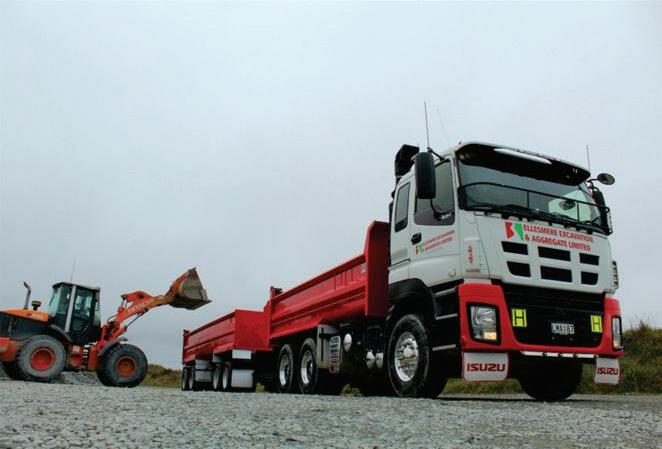
DairyNZ says the agriculture emissions pricing plan released by the Government recently is thoughtlessly timed and lacks the detail dairy farming needs for a viable solution.
]Article supplied by DairyNZ
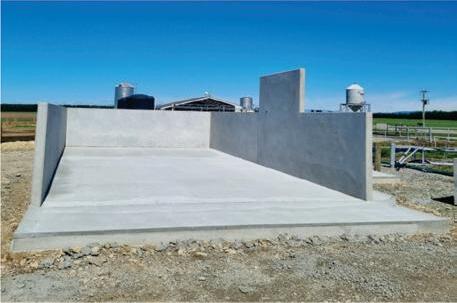
DairyNZ chair Jim van der Poel says the announcement follows a further reduction in the forecast milk price, delivering yet another blow to a sector already under intense pressure.
“It shows little understanding of the challenges dairy farmers are facing this season. Dairy farmers are facing significant pressure right now, with business viability under threat.
“The issue of emissions pricing is of huge importance behind the farm gate, and we all need to keep our farmers top of mind.
“We will continue to work with government on this to seek a workable solution – no deal
is still better than a bad deal,” he said.
Van der Poel says that DairyNZ acknowledges the issues the sector raised in December have been considered but the recent emissions announcement lacks the detail the sector needs to provide confidence in the next steps towards implementation.
For example, how revenue will be recycled has not been detailed.

“It is also not appropriate to announce emissions pricing without some sort of guide around cost – farmers need to know the detail, to be able to plan.”

He says the sector remains committed to landing a constructive, workable solution to agricultural emissions.
However the government’s proposal does not yet deliver what farmers need to understand the impact of the scheme on their businesses.
“The pricing plan news comes with a dire lack of detail and continues the uncertainty that’s been hanging over farmers since 2018.

Electrical problems or maintenance?
Use our unrivalled industrial electrical service for:

•
•
•
•
•
Raising the standard of hoof care.
Gain knowledge and practical skills.
Lameness is now amongst the top three health issues on-farm and it is costing New Zealand dairy farmers millions of dollars every year.
Lameness Management Workshop.
This workshop is designed to give students an overview of issues relating to lameness management and introduce them to the 5 step trimming process according to the Dutch Method. The workshop has both theory and practical aspects. Register today at dhi.ac.nz

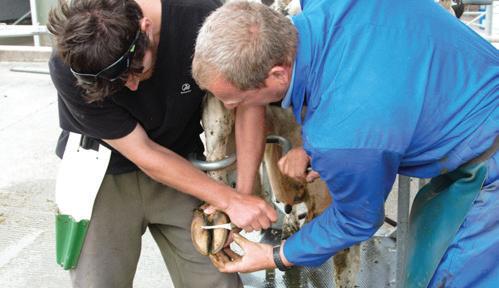
BOOK NOW: Early bird special $385 +gst per person
Raising the standard of hoof care. Call us on 03 662 8015 Or visit dhi.ac.nz
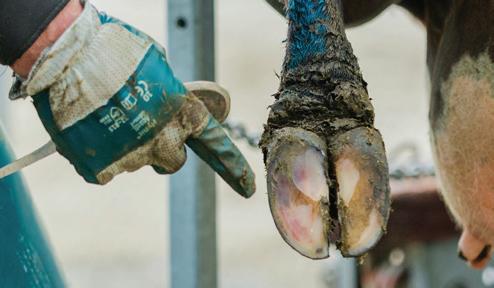
COURSE
Double whammy: DairyNZ chair Jim
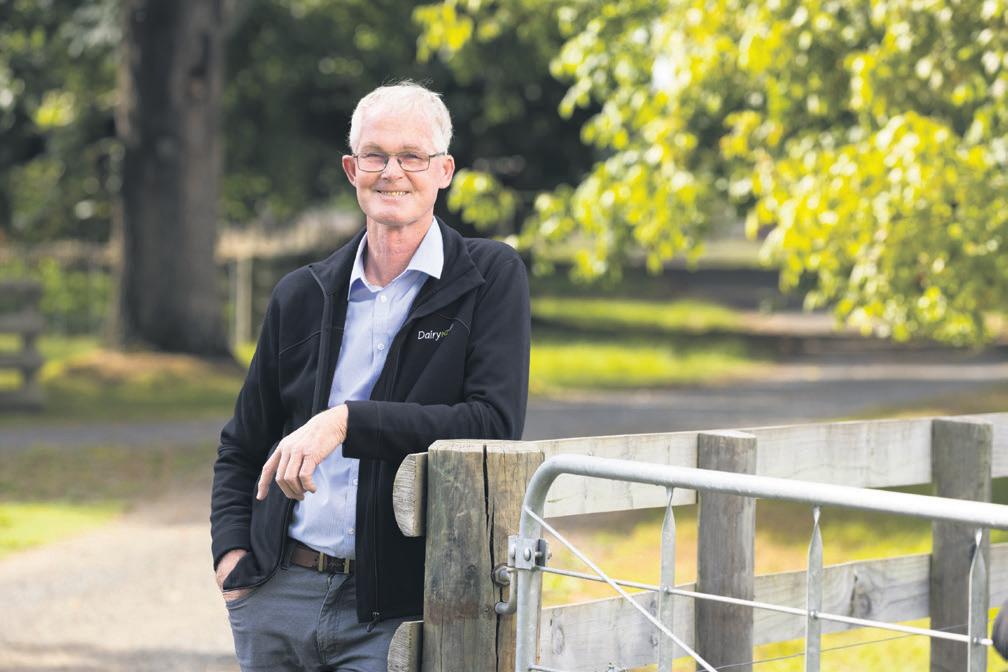
der

says the Government’s recently released agriculture emissions pricing plan is another blow to dairy farmers already struggling to cope with a further reduction in the forecast milk price.
“We have been really clear, we will not accept policy that threatens farm businesses and rural communities. Pricing was only ever needed to facilitate the necessary change. It will not achieve anything unless cost-effective tools and technology are available.”
He says DairyNZ is working closely with farmers to support them to remain viable this season.

“We will continue to advocate on their behalf, along with sector partners, for a fair, workable solution based on incentives to drive change.”
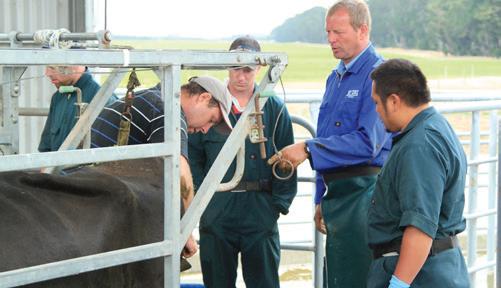
36 September 2023 CANTERBURY FARMING DAIRY Golden Bay Dolomite NZ’s most loved magnesium. call 0800 436 566 or visit www.dolomite.co.nz
Dairy sheds and irrigation
Power reticulation
Effluent control
Dryers, conveyors and generators
Switchboards and central supplies North Canterbury 03 313 6104 Leeston 03 324 3752
1975. www.nairnelectrical.co.nz 7 day breakdown service
Nairn Electrical, proudly supporting rural Canterbury since
DATES: 2 - 4 October Canterbury 30 - 2 February North Canterbury / West Coast
- 9 February Canterbury 20 - 22 February Canterbury
7
van
poel
Clover, the ultimate tucker
The primary reason clover is included in permanent pasture mixes is its ability to fix nitrogen, an essential growth element.
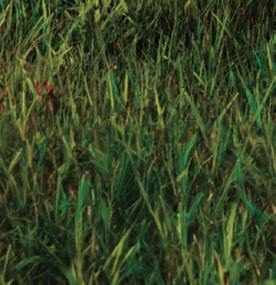
Permanent pasture seed mixes used in the 1950’s and 60’s always contained clover, often two whites and a red, to ensure maximum performance. At that time the best grazed pastures grew between 16,000kg and 17,000kgDM/ha annually.
The reason for red clover to be included was because it had a longer stronger stem than whites allowing it to compete for sunlight in late spring and summer when high levels of pasture cover were recommended.
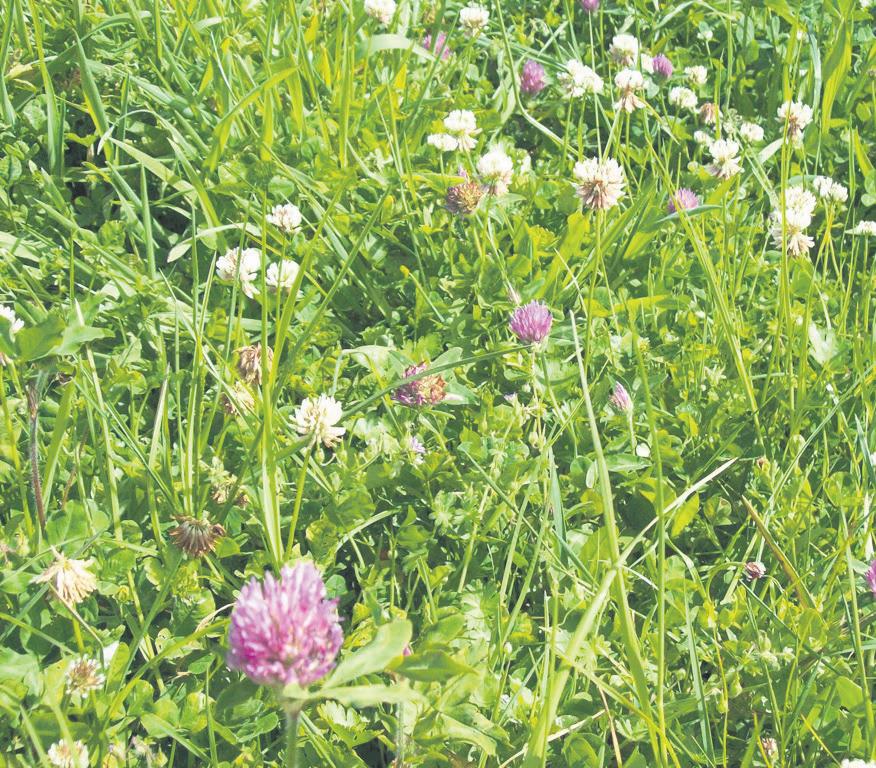
Many of the mixes contained six different grasses that included both annual and perennial ryes.
Different mixes were recommended for different geographical areas and classes of country; hence todays multi species mixes may be seen as a revisiting of earlier practises.
The benefits of clover however go a good deal further than just supplying nitrogen free of charge. Clover, even mature clover is more digestible and higher in energy than grass particularly over summer.
Grasses go to seed due to a combination of sunshine hours and soil temperatures. In the Waikato and Bay of Plenty it’s the first week in November when soil temperatures reach 20℃
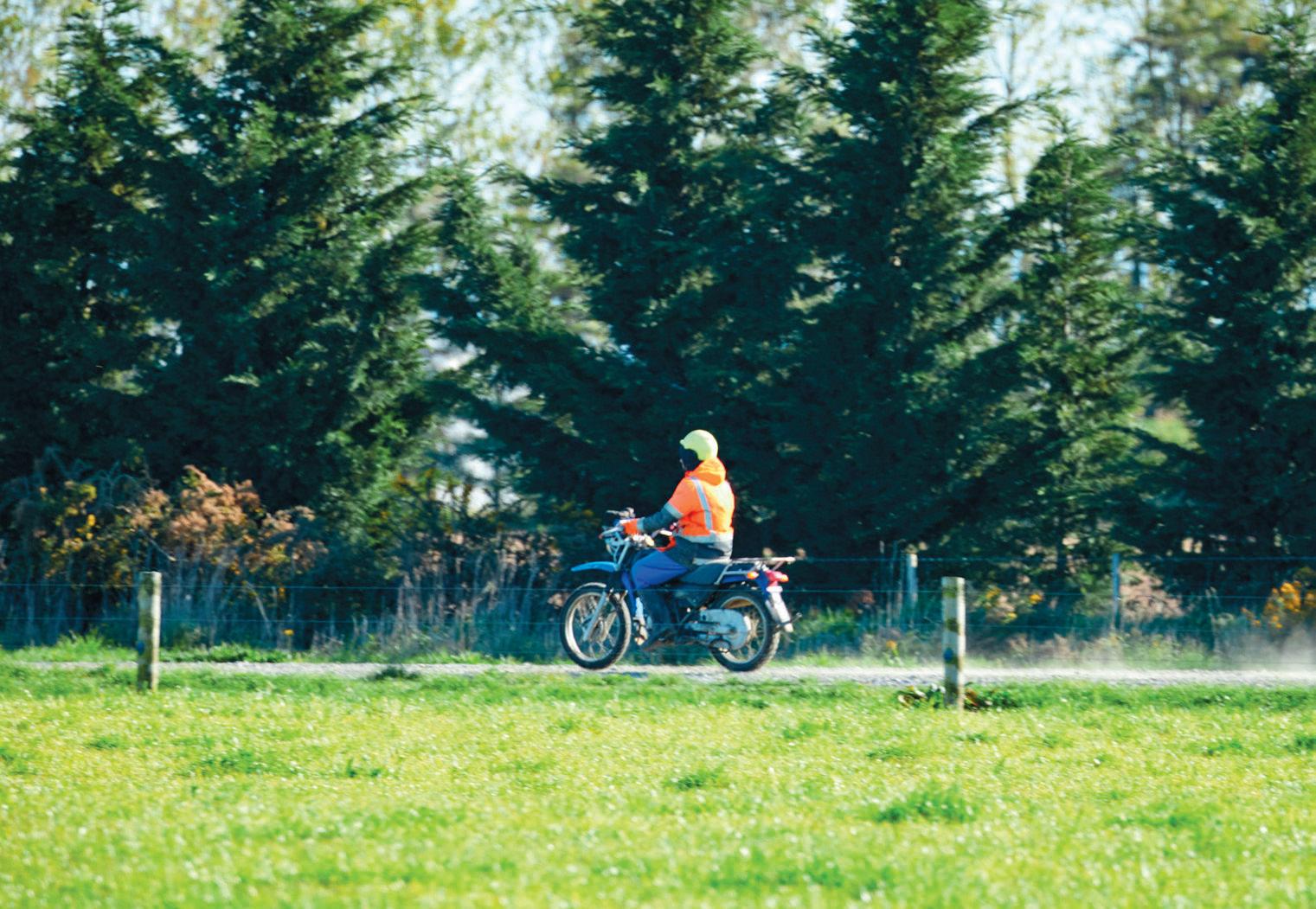
In Southland that may occur a little later with soil temperatures still below 20℃, however daylight hours are longer.
Seed formation is a natural survival pro-

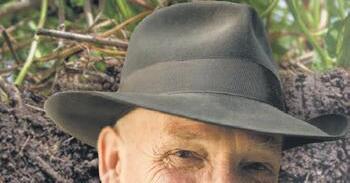





cess with synthetic N applications and short grazing intervals having limited beneficial effect.
Provided there’s sufficient soil moisture clovers thrive at the higher temperatures. Well manged pure clover swards are capable of 18,000kgDM/ha annually with most of that occurring over summer.
Being more digestible animals can eat more kgs of feed in their naturally allotted grazing times resulting in more rapid growth.
Those fattening lambs appreciate the value of clover dense swards, with lambs reaching target weight ahead of their competitors.
To grow young stock quickly a diet high in calcium is essential and clover delivers on that front as well with mature plants containing up to 2.5% calcium, three to four times the amount in grasses.
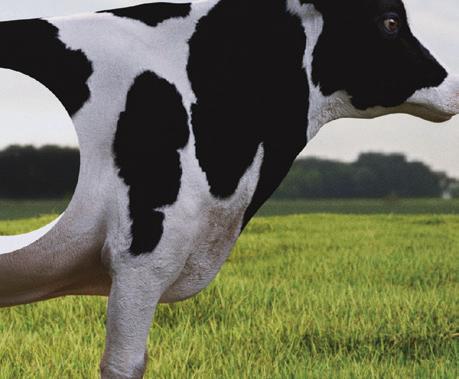
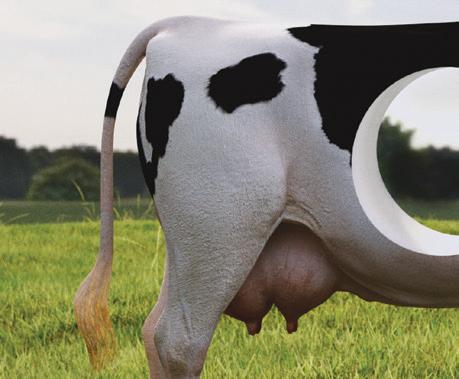
A dense clover dominated sward during summer also provides shade reducing moisture loss. Longer intervals between grazings have little impact on feed quality with mature clover easily harvested for hay.
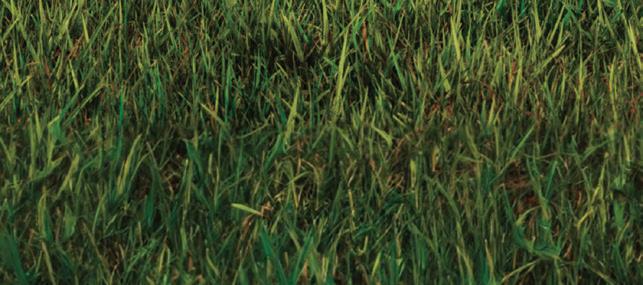
Building a wedge of dense quality pasture is usually easily achieved by lengthening the grazing interval during November and December to a genuine 30 days by Christmas.
December, based on many years of pasture monitoring, is the most reliable growth month in the year. By extending grazing intervals to 30 days by month end means pad-
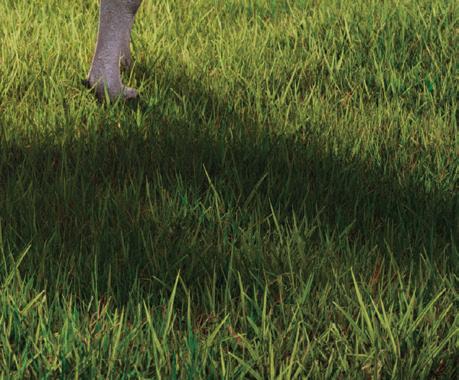
docks are grazed no more than three times prior to autumn rain arriving.
Because clover seeds prolifically, creating the soil conditions that favour its growth is all that is normally required with higher calcium inputs resulting in a steadily strengthening clover base.
Functional Fertiliser developed CalciZest, a lime-based product containing soft carbons inoculated with a proprietary mix of beneficial fungi and bacteria over twenty years ago.

Independent measuring showed a doubling, by weight, of the clover content of
Clover is included in permanent pasture mixes due to its ability to fix nitrogen, an essential growth element.
treated pasture compared to conventionally fertilised properties. An application at any time will also improve physical soil structures allowing plant roots to grow deeper utilising moisture and nutrient from lower depths.


With oil prices steadily lifting the cost of synthetic N products will increase and with depressed prices for meat, milk, and other commodities now is the best possible time to shift to a lower-cost, sustainable, no risk soil fertility model.

For more information contact Peter on 0800 843 809.

CANTERBURY FARMING September 2023 37 ]
DAIRY What are your cows missing? Revitalise your herd with a precise mix of pelletised minerals and supplements that are easy to feed in-shed, 100% utilisable without wasting another hour dusting. 0508 678 464 cplimesolutions.net.nz/vitalise by CP Lime Dairy training Free training Contract Milking Ashburton course starts in November 0800 467 769 | dairytraining.co.nz • Understand the top things that trip up contract milkers and how to mitigate these • Ensure you can make money out of contract milking • Learn how to assess different contract milking opportunities and how a contract works. Build your understanding of contracts and the financial viability of different positions. Give yourself the best chance of success at this course for current and future contract milkers. Register now
with peter burton
New breakeven price to support dairy business viability
DairyNZ has revised its breakeven milk price, as one way to help farmers navigate the challenging economic conditions they face this season.
Article supplied by DairyNZ
DairyNZ’s national breakeven milk price is the milk income (per kilogram of milksolids) required to cover all essential costs in a season. It is calculated through total farm expenses, minus expected income from livestock sales and other sources.
DairyNZ head of economics, Mark Storey, said many dairy farmers will be finding the current milk price and inflation issues difficult to take, and how to navigate this season’s reduced income will be causing real concern on many farms.
“We know dairy farmers have a difficult season ahead, in light of the reduced milk price and continuing high farm costs,” Storey said.
“The breakeven milk price is one tool we
have to support farmers right now, as it helps identify and forecast average costs.”
DairyNZ forecasts a national breakeven of $7.51 per kg/MS for this season, down from $8.16/kg MS. This figure reflects the changes farmers are making now.
“The updated breakeven milk price reflects that farmers are working really hard to reduce their spending in the face of extremely high costs,” Storey said.
“We know farmers are looking at budgets line-by-line and analysing where spending can be reduced, including pausing non-essential capital expenditure and carefully evaluating feed, fertiliser and other spending.”
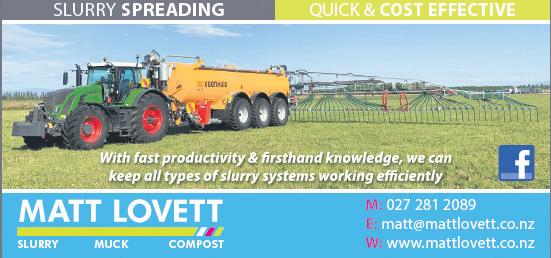
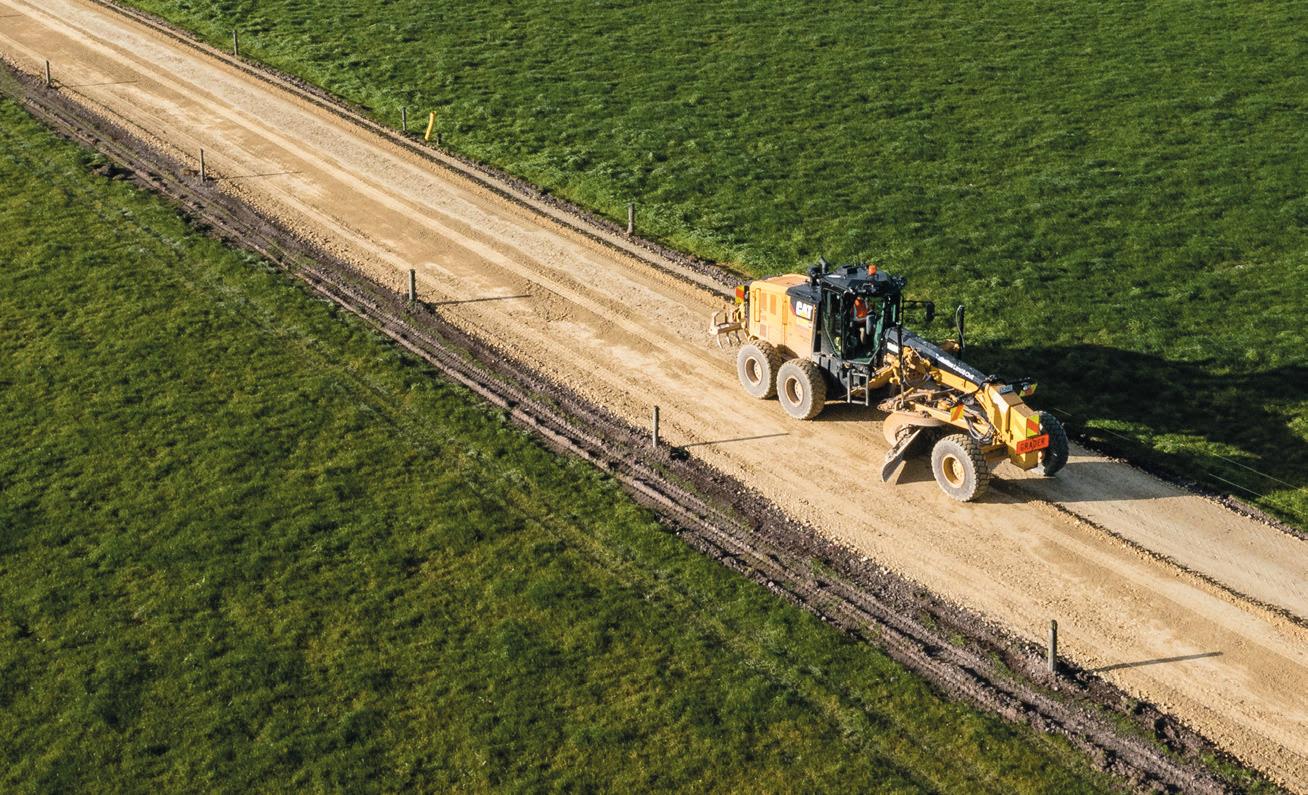
The breakeven milk price of $7.51kg/MS is above DairyNZ’s forecast revenue of $7.34 kg/MS for the season, and above Fonterra’s
Done Right
Revised: DairyNZ is forecasting a national breakeven of $7.51 per kg/mS for this season, down from $8.16/kg MS.
midpoint forecast of $7 kg/MS. This means some farmers will make a loss this season, so the focus will be on maintaining business viability.
“This will also have significant flow-on effects to New Zealand’s regional and national economy.”



The new forecast is published on the DairyNZ Econ Tracker and expressed as a national average, which does not necessarily reflect individual farm situations. An estimation of breakeven price by region is also presented on the Econ Tracker.
DairyNZ general manager of farm performance Sarah Speight said every farm is different so they encourage farmers to look at their own situation and what changes can be made.
“Given the further drop in the Global Dairy Trade recently we are looking at 12 to 18 months of reduced income, so it is important to consider changes carefully.”
Farmers are encouraged to talk with their farm teams, advisors and DairyNZ regional
teams for support and advice.

“DairyNZ will continue working with farmers to support them to remain viable this season. This includes running events where farmers can hear from others on how they are managing costs and are focusing on farming as efficiently as possible,” Speight said.
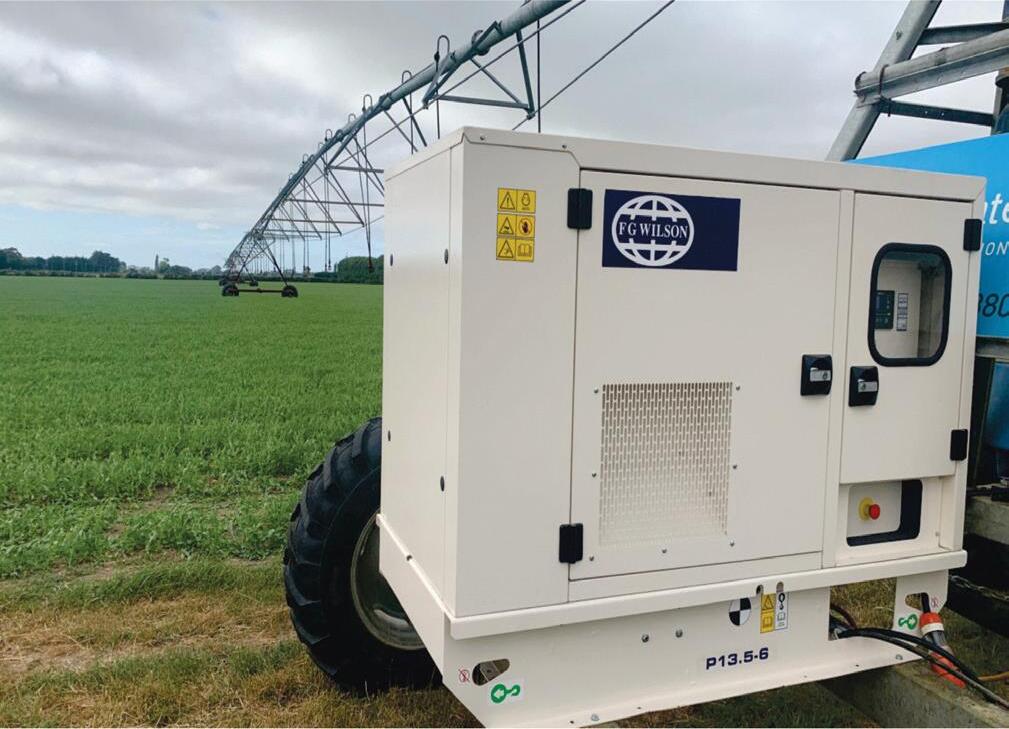
“The Econ Tracker is also a useful tool to help farmers understand the current economic environment, to support their budgeting and farm business planning.”
She said New Zealand dairy farmers are resilient and accustomed to managing volatility, but the current combination of conditions will be difficult for many.
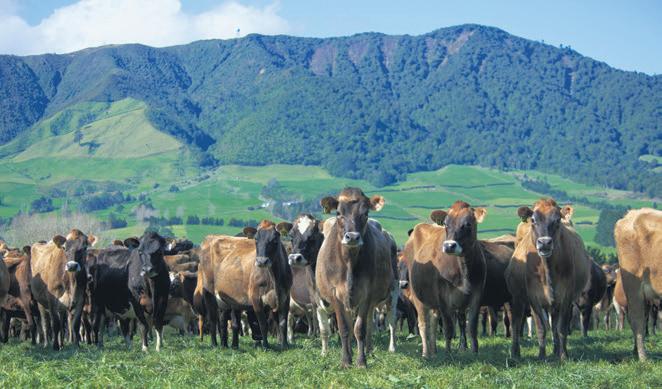
Farmers should connect with their farm teams and neighbours and reach out for advice and support as needed, including calling rural Support trust on 0800 787 254. Farmers can also contact their DairyNZ regional team, call 0800 4 DairyNZ, or go online to dairynz.co.nz/budgeting for more information. DairyNZ’s econ tracker and updated forecasts are available at dairynz.co.nz/econtracker.
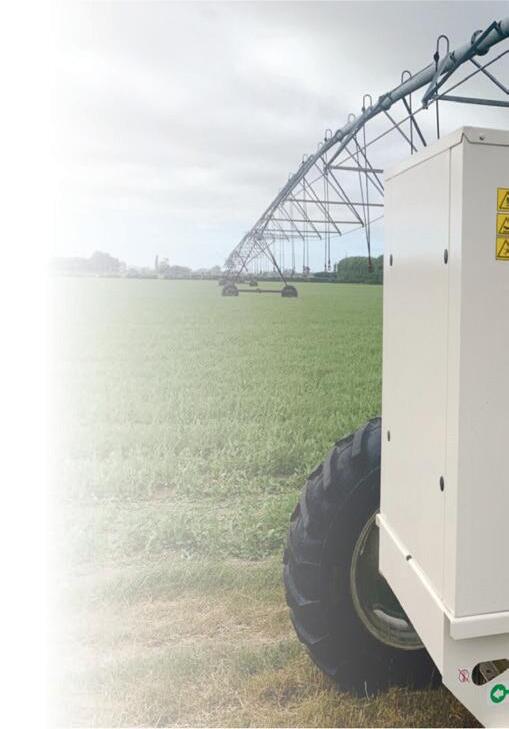
38 September 2023 CANTERBURY FARMING DAIRY Farm Maintenance
We’ve been getting things Done Right for decades by always stepping up to the plate and getting it right the first time, every time. Get in touch today and get the job Done Right. DAIRY LANEWAYS DRAIN CLEANING RUT BUSTING TRACKS & YARDS DRAINAGE & MORE tarbotton.co.nz 03 307 7065
]
Time for a back-to-basics approach to water consents
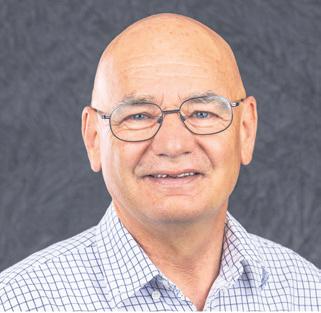


with Dr John bright
Aqualinc
Simplifying water consents by going back to basics would:

• Make them easier to manage, for everyone, reducing costs.
• Reduce uncertainty about what you can and cannot do and provide greater clarity about compliance.
• Enable longer-term consents, reducing costs for all parties.

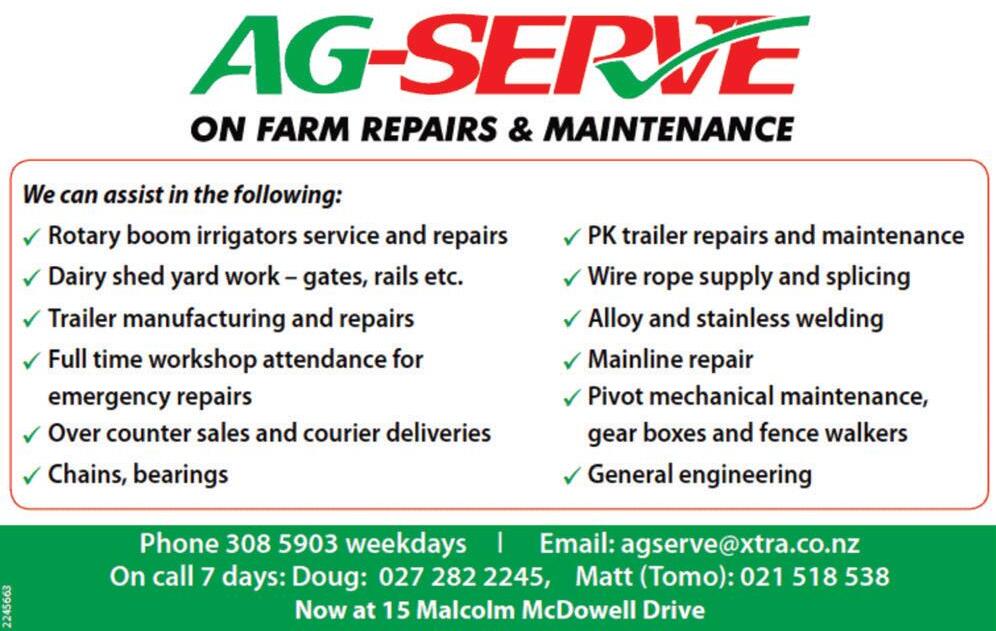

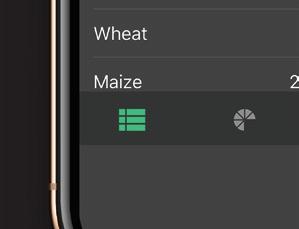




Under the Resource Management Act, you can’t take water and you can’t use water unless you have the necessary consents (unless the activity is permitted in some other way). Current practice for almost all regional authorities is to bundle everything up into a water “take and use” consent.
As pressure on rivers and aquifers has increased, so too has the complexity of the conditions included in each “take and use” consent. We know, through our experience as consultants, that complex consent conditions often create ambiguities in what can and can’t be done and make compliance monitoring almost impossible. This is particularly so where there are multiple water supply bores on a farm.
Greater complexity means greater cost to
with

prepare and process consent applications and monitor compliance once a consent is granted.
When you boil it down, what is needed is permission to take a share of the total flowrate or volume of water allocated for taking, permission to build and operate an intake structure or bore, and permission to use water. Issuing separate consents for each of these would greatly simplify matters.
The primary purpose of the Allocation Consent should be to manage the cumulative effects of all water taken from a river or aquifer and provide fair access to the water made available for taking. The scope of the conditions in an allocation consent would be limited to these matters.
The primary purpose of the Water Take Structure Consent should be to manage the localised effects on the water source and other water takes of the operation of an intake structure, and to apply conditions such as requiring water metering on all takes and fish screens on river intakes. The scope of the conditions in the take structure consent would be limited to these site-specific matters.
The primary purposes of the Water Use Consent should be to manage the effects of using water, such as increasing drainage,
conditions is a major headache for most farmers who irrigate.
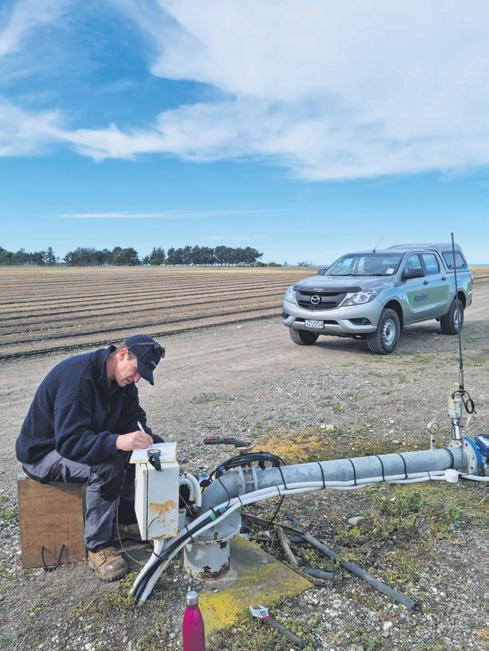


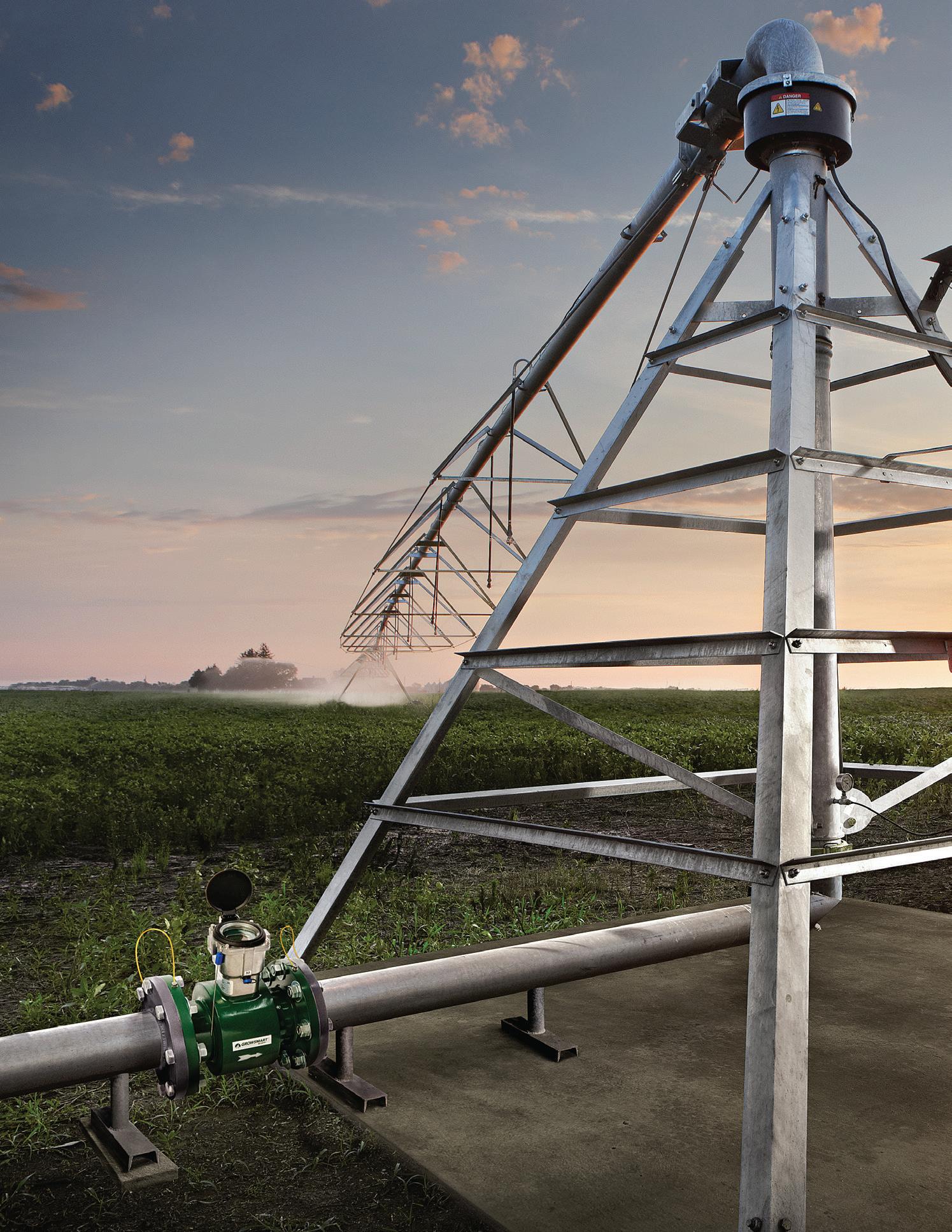
Testing: Aquifer tests reveal local-scale impacts of water takes.
they should be long-term consents. The allocation consent is the one that is most likely to change over time, as knowledge of the capacity of a river or aquifer to supply water improves.

Tightly defining the scope of each of these consents narrows the issues that need to be addressed in a consent application, reducing the risk of time being spent on extraneous matters and costs blowing out. It also reduces the risk that an application to change a condition in a water take structure consent, for example, opens the door for a Council to change conditions in a water use consent.
BY LINDSAY
and to apply the ‘reasonable and efficient use’ requirement of the RMA. The scope of the conditions in the water use consent would be limited to these matters.
The water take structure consent and the water use consent are site and property specific, respectively. Changes to these are not likely to be required very often, so

I’ve heard it said that replacing a single take-and-use consent application with an application for three separate consents will triple the cost of applying for consents. This ought not to be the case because no more work is required of the applicant and the Council. In fact, less work should be required.

CANTERBURY FARMING September 2023 39 WATER & IRRIGATION IRRIGATE WITH CONFIDENCE. IRRIGATION SYSTEMS REMOTE MANAGEMENT PRECISION VRI
FOR ALL YOUR WATER WELL DRILLING & WELL SERVICING REQUIREMENTS Submersible Pump Installation & Removal Potable Water Testing Pump Testing FOR PROFESSIONAL SERVICE FROM AN EXPERIENCED TEAM Rural Water Supply Lifestyle Block Supply Ph - 027 222 1587 / Email - Malcolm@hydrill.co.nz ]
]
water consents
Getting
and complying
their
Challenges ahead for irrigation season
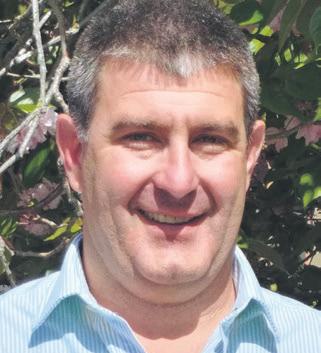 ] by Andrew Curtis
Primary Insight
] by Andrew Curtis
Primary Insight
However, as I’m a glass half full type, having a tough season every now and again can be helpful as it assists with focusing the mind on efficiency savings, strategic capital investment, and rationalising paid services that provide no value. There’s nothing like a break-even situation for streamlining business operations.
Benchmarking farm performance against peers is a great way of driving efficiencies, tools such as FARMAX Dairy Monitoring Systems (DSM) provide an extremely useful means of supporting this process.
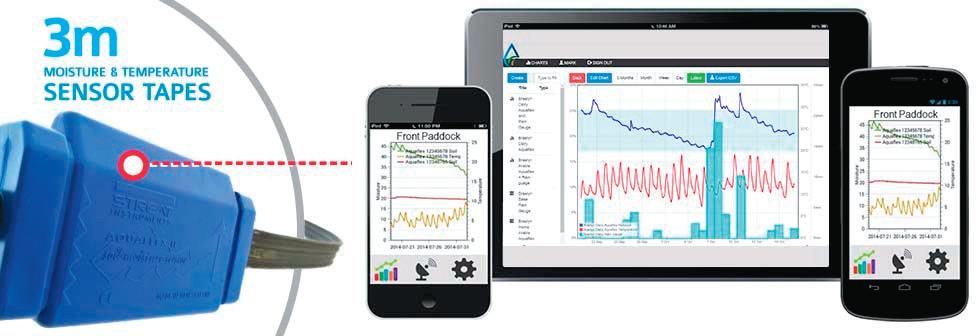

Laura Bunning who is Primary Insights FARMAX Elite accredited user, has recently set herself up to provide this value-add service for Dairy farmers, so if you want to know more about how to optimise your farms profitability give her a call.



When it comes to irrigation and nutrient use there’s a few simple things you can do to drive efficiencies.
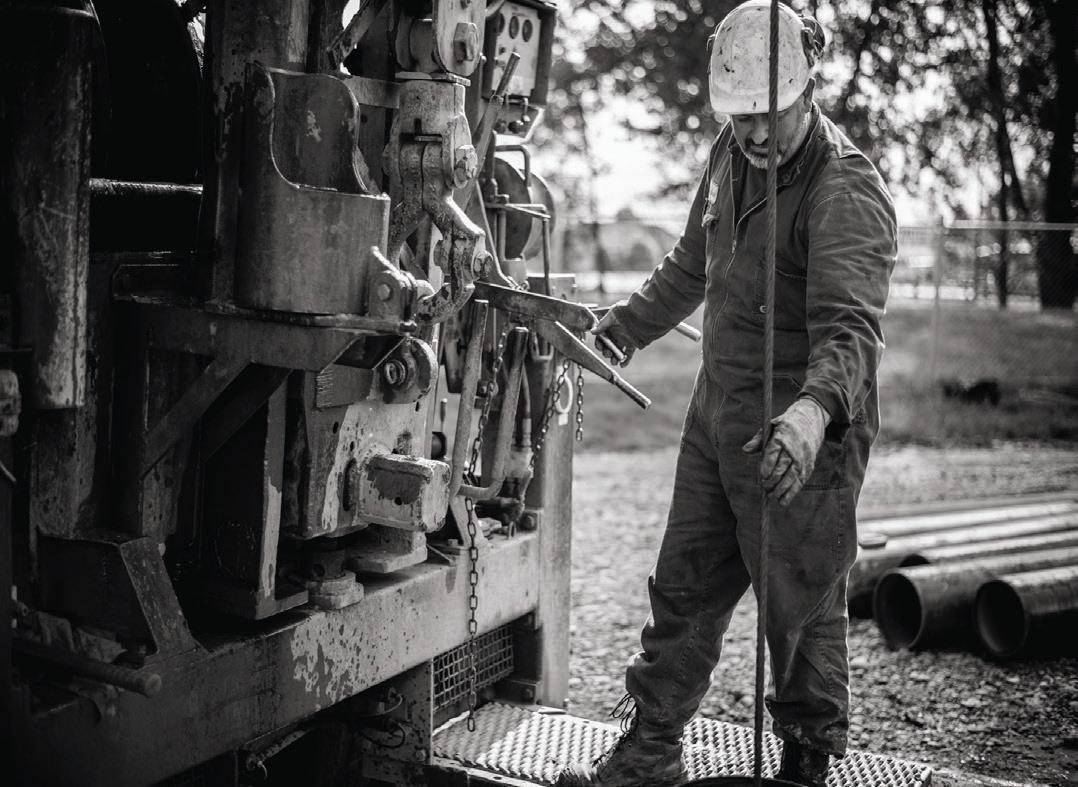

For nutrients a focus on overall soil nutrient status and in particular the use of Nitrogen provides a double benefit – optimising operating costs while lessening the farms environmental footprint.

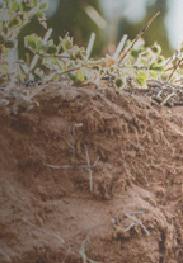




For pasture maximising the potential of clover is key. This means balancing the soils nutrient status including ensuring sufficient sulphur is present given this is a limiting factor for stony soils. Using nitrogen tactically is also key.
This means thinking about the response rate prior to applications, particularly as the season progresses.

What benefit will I get from this application? Forage crops should also be soil tested before planting and the quick N-test used as the crop develops (at 12 weeks) and nutrients applied accordingly.
For irrigation one of the main considerations is making sure everything is working as it should and continuing to check this monthly. This means walking the irrigator and visually checking for stuffed sprinklers (the sprinklers account for +70% of irrigator performance).
A few blocked sprinklers can greatly impact the amount of feed or crop grown, which
will then need to be replaced with more expensive supplements or is for cropping farms is lost income. For pivots pay particular focus to the outer third as that’s over half the area irrigated.

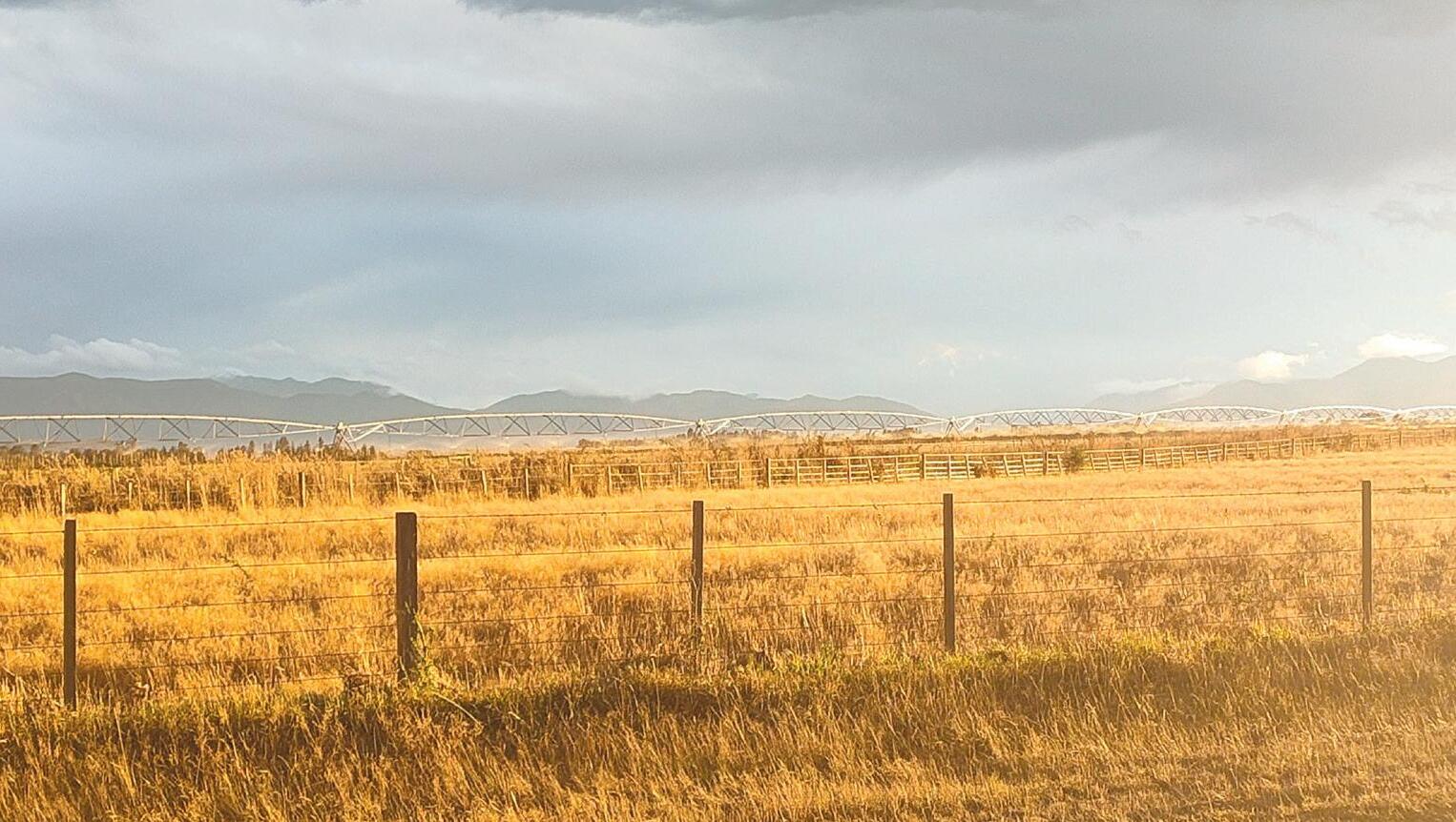
Another consideration for irrigation is ensuring you have a reliable irrigation monitoring system; running irrigation unnecessarily costs money and not running it at the right time loses money!

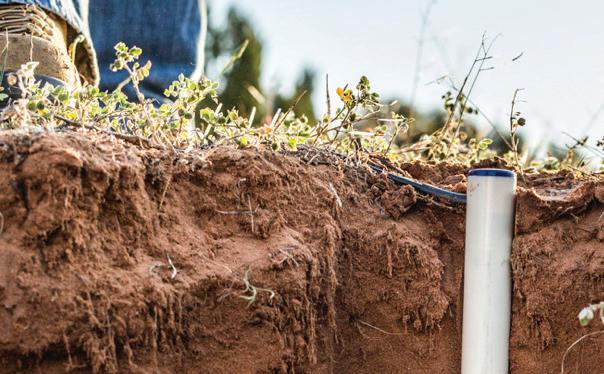
If your soil moisture sensor doesn’t add value, i.e., the readings make no sense then get them sorted so they do, or alternatively stop paying a subscription fee for no reason. Yes, I know having a sensor ‘ticks the box’ for the Farm Plan auditor but I’m of a mindset that if the technology adds no value to the farm, then stop paying for it and find another option that does!
If you need a hand with your nutrient or irrigation management then phone Andrew, Cindy or Laura to discuss how we can save and make you money or join us in person at one of our free irrigation or nutrient workshops this spring.
Check out the event listings on our website for more information on dates and locations www.primaryinsight.co.nz. You’ll also get a certificate of attendance that satisfies your Farm Environment Plan irrigation training requirements.


a









U n i q u e l y a d a p t a b l e t o d i f f e r e n t c r o p p i n g , o r c h a r d , v i n e , a n d
i r r i g a t i o n s y s t e m s t y p e s
T h e l o n g e s t s e r v i n g i n s i t u s e n s o r i n N e w Z e a l a n d ( O u r o l d e s
40 September 2023 CANTERBURY FARMING WATER & IRRIGATION 16HMDG1610047-OPTION3 Canterbury Farming Option3 128mm x 100mm 16hands Ltd, Phone +64 3 324 4131, 294 Tramway Rd, RD2 Leeston 7682, Canterbury, New Zealand su@16hands.co.nz irrigation wells potable water supplies ground source heating geotechnical assessment www.drilling.co.nz MC Drilling Ph 03 324 2571, 120 High St, Southbridge, Canterbury T H E S Y S T E M I N C L U D E S : T h e l a r g e s t s o i l s a m p l e r e f e r e n c e a r e a o n t h e m a r k e t t o d a y ( 6 l t r s o r 3 7 0 c u b i c i n c h e s ) . H i g h l y s e n s i t i v e T D T t e c h n o l o g y t h a t i s h i g h l y a c c u r a t e i n a l l s o i l c o n d i t i o n s M u l t i p l e i n s t a l l a t i o n m e t h o d s t o c a p t u r e t h e r i g h t d a t
t A q u a f l e x i s 2 0 y r s o l d a n d g o i n g s t r o n g ) www.onfarmdata.com Andrew: 022 183 2018 Lyall: 021 223 8666 andrew@onfarmdata com lyall@onfarmdata com
]
It’s looking like 2023-24 will be a tough season for many. An El Nino year, increased operating costs, and lower commodity prices make for challenging times.
Punitive agricultural emissions policy ignores science
The Government’s recent agricultural emissions policy announcement was deeply disappointing on so many levels.
ignores the fact that agriculture is already on track to meet the 2030 methane reduction targets.
Climate scientists accept NZ’s total methane emissions have been stable and declining for at least the last decade so why is the Government so determined to impose a price that doesn’t reflect the progress made?
New Zealand’s sheep and beef farmers are the most efficient in the world and it is our farmers’ willingness to adopt, adapt and incorporate plant, animal and management technologies into their farm systems that has allowed NZ’s pastoral agriculture to compete in international markets without subsidies.
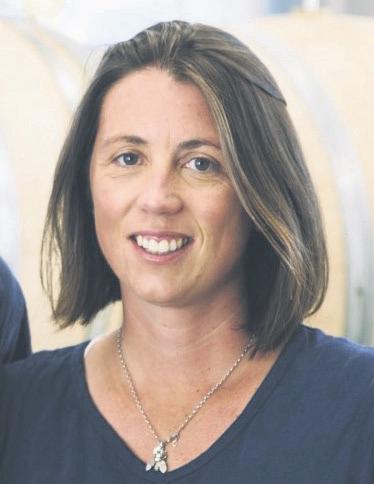
The timing showed a total lack of empathy for the significant financial pressures facing farmers while failing to acknowledge the sector’s progress in reducing emissions and the scale of the issues that need to be addressed.
The Government’s plan includes mandatory reporting of farm-level emissions beginning in the fourth quarter of 2024, the pricing of emissions starting from the fourth quarter of 2025 and the expansion of the ETS to include “scientifically validated” sequestration on-farm. There would be a possible interim system if the ETS was not updated in time. This plan was not put together in consultation with the sector and we don’t believe there is any justification for mandatory pricing. The Government’s 2025 pricing deadline
These on-farm efficiencies have meant sheep and beef farmers have already reduced their emissions by one per cent every year for the past 30 years, yet our Government wants to be the first in the world to seek to price agricultural emissions.
Our economy is built around the production and export of food, so proposing another unjustified cost on the sector will not only hurt farmers – rural communities and the wider economy will also be impacted.
I want to stress that as a sector, we are prepared to play our part in addressing climate change, but the focus needs to be on setting up a practical and cost-effective emissions measurement and reporting framework.
We also need to ensure issues such as sequestration are resolved and viable mitigation tools are available before any pricing is considered.
I acknowledge that the Government says it is looking at all on-farm sequestration, but we don’t have any assurances that this will be in place by the end of 2025.
While NZ does recognise the difference between methane and carbon dioxide in its split emissions reduction targets, the targets are still too high and agriculture is being asked to do more than its fair share.
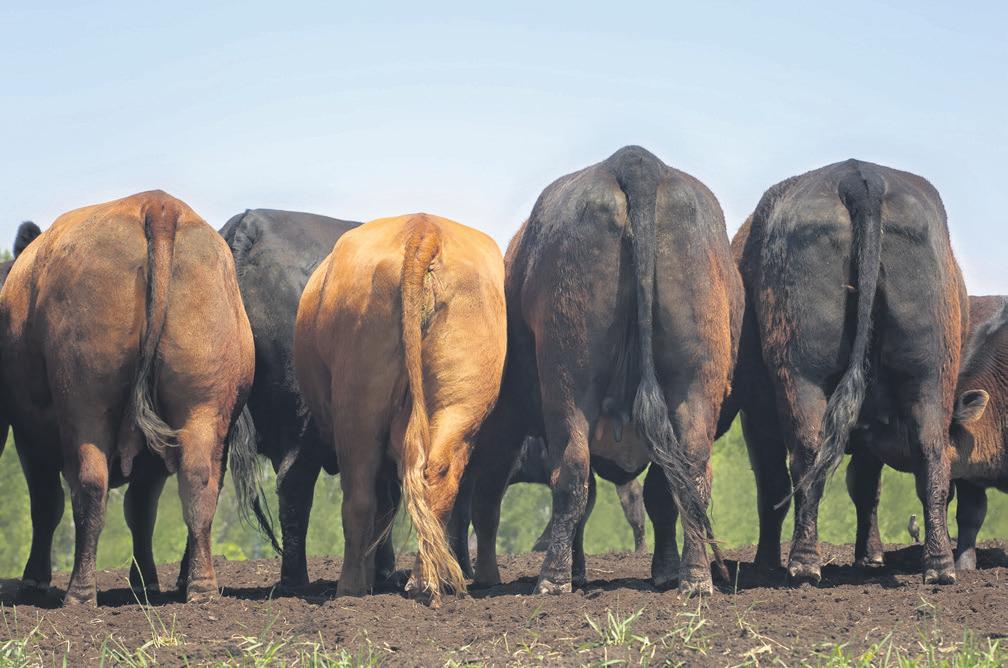
We would like to see the Government start to report on warming as well as emissions so that the wider public can understand the difference between methane and carbon dioxide and why the agricultural sector should be encouraged to continue to reduce emissions, not unfairly punished with a punitive and ineffective pricing system.
STOCK FEED PELLETS


“Gladfield stock food has been a favourite at our farm for some time. We love the simplicity of the pellet form. Our chooks, calves, cattle, and sheep go crazy for the tasty brew! Thanks, Gladfield – we appreciate your
– Vic, Rosaleigh Farm, Hororata
“Happy
– David Marshall, Holly Farm, Leeston 20


CANTERBURY FARMING September 2023 41 LIVESTOCK
Pick up available from Gladfield Malt, 721 Hororata Dunsandel Road, Dunsandel
General purpose pelleted feed from Gladfield. Ideal for calves, pigs, horses, hens, sheep, goats and deer.
innovation!”
animals, happy customer, great accessibility, great product. Highly recommend!”
bag
orders@gladfieldmalt.co.nz
03 325 4447
027 259 9461 Find us on Facebook
kg
$15+GST ORDER NOW:
Phone:
Mobile:
] by Kate Acland
] Chair Beef + Lamb New Zealand
‘this plan was not put together in consultation with the sector and we don’t believe there is any justification for mandatory pricing.
Wool quality remains key


With pre-lamb shearing complete in downland areas, focus has more recently been drawn to high country areas of the South Island where Merino and Halfbred sheep have been brought in for their annual ‘haircut.

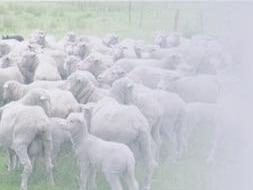
Compared to the winter of 2022, most areas have reported more settled weather conditions with only limited interruption due to snowfalls, along with some rain, and shearing gangs have been busy moving from sta-

tion to station often working seven-day weeks to get the job done.

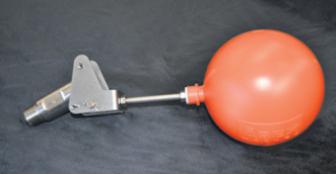
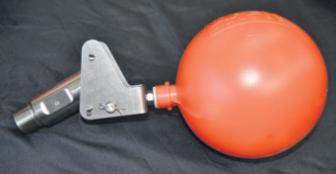
Whilst it appears that there have been enough shearers to cope, employing highly skilled wool classers and wool handlers has proved a bit more of a challenge.
With many fine wool growers having agreed fixed-price forward contracts for much of their wool clip, wool handlers and wool classers must focus on wool preparation and wool quality standards to ensure the wool meets the necessary contract specifications.

The past 12 months have been challenging for all wool types and although, at first glance, many fine wools have appeared to be up to their normal standards, wool test results have recently shown otherwise particularly staple length and tensile strength results (reported as Newtons per kilotex or N/ ktex) measuring poorer than anticipated.


Because staple length and tensile strength are im-






portant factors for wool spinners, most fine wool fleece contracts specify a minimum N/ ktex number which must be achieved to ensure contract acceptance and to predict that processing requirements are unlikely to be compromised.

Obviously, there are other tested parameters which must be achieved such as fibre diameter (micron), and vegetable matter (vz) as well as an extremely important visual appraisal to assess evenness of wool type and characteristics, hence the importance of wool handlers and wool classers work carried out in the wool shed at shearing.
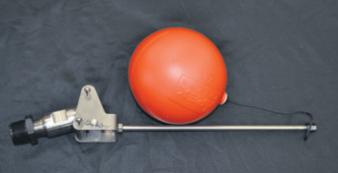
From a market perspective, recent wool auction sales have returned mixed results for all wool types however, in my view, a reasonably positive vibe has been evident in the coarse wool space with particular emphasis on good style and colour second-shear types.
With Chinese wool interests remaining relatively quiet in the marketplace, there has been no obvious differences in prices between finer coarse wool types (often hogget wools around 33 to 34 microns) and the stronger adult types (around 36 to 40 microns) however wool exporters have appeared with reasonably solid order books. Poor colour short oddment types have, however, remained very difficult to sell.
Halfbred wool types finer than around 26 microns have also been much easier to sell than coarser Halfbred types but the most important aspect has been that of wool



preparation standards and wool quality in determining ease of sale.



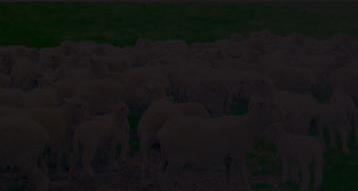

As earlier mentioned, the Merino season is in full swing at present and whilst some contracted lots have disappointed there have been plenty of very good wools received into stores ready for auction through September.
Early Christchurch based Merino auction sales delivered extremely good prices, however with the Australian wool market battling to maintain its momentum of late, resulting in lower than desirable prices there, New Zealand wool types may reflect that over the next few weeks.
Recently there have been reports from apparel manufacturers in Europe that consumer interest has slowed somewhat, however in the carpet yarn manufacturing space it would appear requirement is reasonably buoyant. Because New Zealand growers mainly produce carpet and interior textile suitable wool types, here’s hoping that both commercial and domestic carpet markets across the world gain traction and we continue to grow and deliver high quality wool to the world. That’s my view.
After 25 years this is rob’s last column for Canterbury Farming. We want to thank Rob for his tireless work in providing our readers with the latest news from the wool sector for the last quarter of a century and wish him well for the future. From the team at Canterbury Farming.

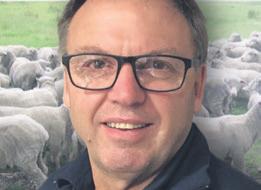
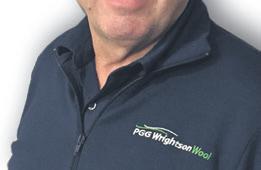
42 September 2023 CANTERBURY FARMING LIVESTOCK ] with rob Cochrane ] Wool Procurement Manager, ] PGG Wrightson Wool www.sisballcock.co.nz | 0800 175 720 Only available direct from manufacturer Freight free anywhere in NZ •3 models available – all the one price • Nearly indestructible •Only NZ Manufacturer providing lifetime guarantee on the body of the ballcock SIS BALL COCK VALVE •Buy 10 receive 12 and a service kit Price $99.50+GST Each IT’S THE FEED THAT MEETS ALL YOUR NEEDS. WITH A FULL RANGE OF BEETS, RAGT HAS ONE FOR EVERY FARM SYSTEM. ASK YOUR LOCAL SEED RETAILER WHICH IS RIGHT FOR YOU. Use fodder beets to reduce nitrate leaching and keep your animals fit and fed. But wait – there’s more! Beets offer excellent returns on your investment, giving you one of the lowest cost/high quality feed sources around. www.ragt.nz Fodder beets are a regulation sensation! FODDER BEET
Improved prices despite tough global conditions




On the eve of the new chilled venison season, with improved prices holding up despite the tough global conditions, young deer farmers have been meeting in Ashburton to look at the future for their industry.
] with Ali Spencer
More than 50 Millennial deer farmers meeting in Ashburton over two days in early August sparked plenty of questions and open discussion at the NZ Deer Farmers Association (NZDFA)’s eleventh Next Generation event.
With input from the Elk & Wapiti Society, the group were hosted at the Lowe family’s mixed operation at Hinds, looked at a deer finishing and velvetting operation at Northbank Station, Rakaia, deer farm management, using genetics for productive gain and the two-year cadet training programme at Coleridge Downs, among other topics,
The goal of the get-together was to connect, inspire and inform the under-35s, and others new to deer, about deer-farming related happenings and opportunities.
Other Deer Industry NZ (DINZ) workshops held in Geraldine and Waipawa (Hawke’s Bay) and facilitated by vet Pania Flint of Farmhealth Services, focused on deer lameness. These pulled together a lot of useful information and enabled potential management

strategies to be discussed.
Top of mind for those gathered at all events will have been the impending start of the season for chilled venison, which will kick off next month.
Exporting companies, currently fine-tuning their contracts with European customers, are reporting good demand for venison this year, even though prices for other proteins have softened. This follows on from good sales of chilled venison last year.

However, coinciding with this are observations from both farmers and marketing companies that fewer deer will be available outside those contracts, with the reduction in the breeding herd and an earlier kill of mixedage (MA) hinds.

Some marketers have reported premium chilled contract prices over $10/kg, others are offering a flatter farmgate price but for a longer period, through into the Autumn.
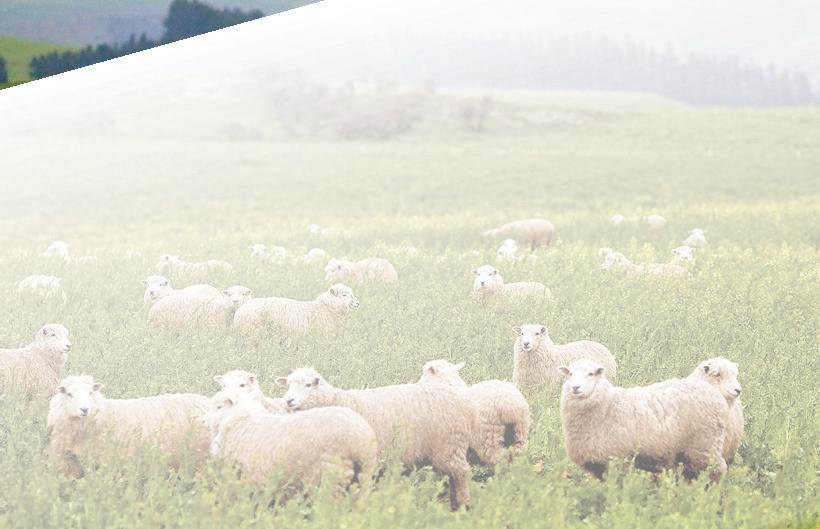
Changes at DINZ continue in the restructure of the organisation to make it fit-for-purpose for the deer industry’s future.
Several new appointments have been announced recently: Cantabrian Kathy Good-






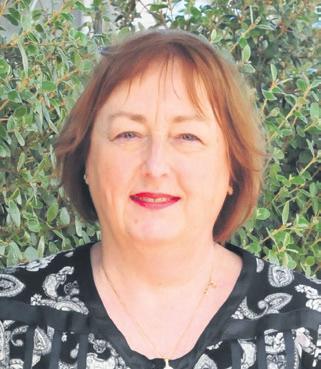

win-Ray, who grew up on a sheep and beef farm near Geraldine, has been appointed as the new DINZ Johne’s programme manager; Virginia Connell its new assistant markets manager; and former Beef + Lamb NZ South Island manager John Ladley has just been appointed as DINZ’s new industry capability manager.
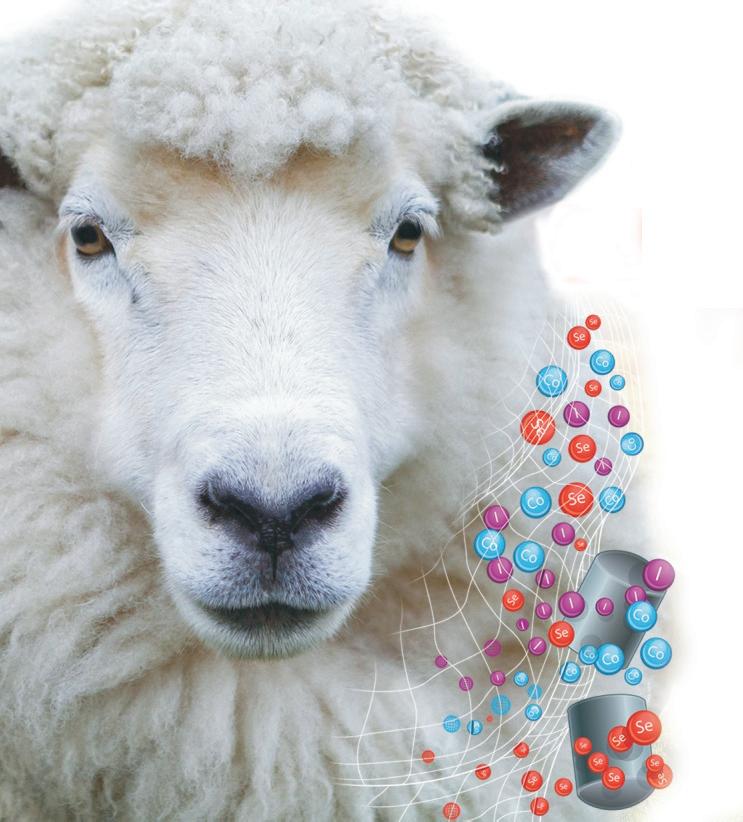
The newly defined role, which is aimed at ensuring industry has the best skills and knowledge to move into the future, will be based in Christchurch.
Finally, NZ Venison BBQ Week is coming up. This year it’s being held on 4-10 Septem-
Future farming: Next Generation deer farmers meeting at Northbank Station near Rakaia, a deer finishing and velvetting operation.
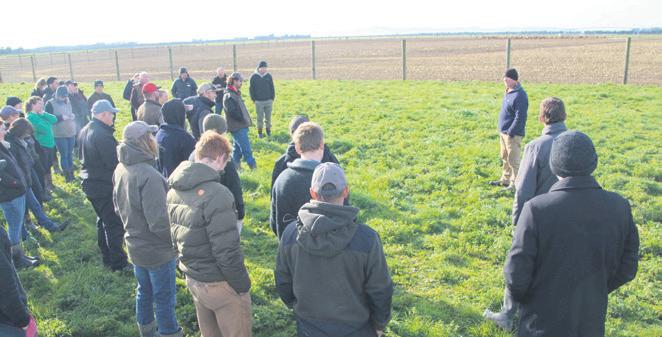
ber and events will be happening around the world.
While maybe still a bit chilly in parts of New Zealand for outdoor cooking, the Northern Hemisphere late summer is perfect timing for New Zealand venison ahead of the traditional game season, explains DINZ markets manager Rhys Griffiths.
“European consumers are thinking about autumn dishes in September, but it’s still warm enough for outdoor dining,” Griffiths says.
“It’ll be fun in New Zealand too – though you might just be cooking in your Swannie.”
CANTERBURY FARMING September 2023 43 LIVESTOCK

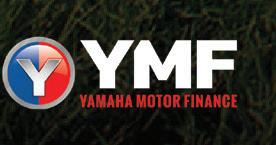




44 September 2023 CANTERBURY FARMING OFFER AVAILABLE FROM 1 JULY TO 30 SEPTEMBER 2023 REAL WORLD TOUGH *FINANCE DISCLAIMER: Zero deposit; annual repayments only with first repayment due after 12 months and 6.95% p.a. fixed interest rate on a 24 or 36 month loan term. Asset backed commercial applicants only with NZBN registered for minimum of 1 year. Maximum amount financed is $35,000 and applies to AG125, AG200, TTR230/A, YFM350FA, YFM450FB, YFM450FB/P, YFM700FA, YFM700FB/P, YXC700P, YXE850P, YXF850, YXM700, YXE1000PSEM, YXF1000PSEM. Offer available from 1 July, 2023 to 30 September, 2023 with final settlement date of October 31, 2023. Credit criteria, fees, charges and conditions apply including an establishment fee of $325, $10 PPSR fee and a dealer administration fee. Finance to approved applicants by Yamaha Motor Finance New Zealand Ltd. (YMF) NZBN 9429036270798 FSP 9622. ^ Warranty cover is subject to a range of requirements including following the service schedule & applicable vehicle load/towing limits. Service Intervals are dependent on usage and environmental factors. www.yamaha-motor.co.nz FIND YOUR LOCAL DEALER AT: $4,608 EXC GST FINANCE AVAILABLE YAMAHA RELIABILITY YAMAHA SERVICE INTERVALS AG125 RIDE AWAY $15,086 EXC GST KODIAK 450 EPS RIDE AWAY $26,782 EXC GST WOLVERINE X2 UTILITY RIDE AWAY ZERO DEPOSIT ZERO REPAYMENTS FOR 12 MONTHS 3 YEAR GENUINE^ FACTORY WARRANTY UP TO 150 HOUR^ SERVICE INTERVALS $325 ESTABLISHMENT FEE APPLIES 6.95% P.A FIXED RATE* ON SELECTED ATV + ROV ON SELECTED ATV + ROV 24 & 36 MONTH LOAN TERMS AVAILABLE Grizzly 350, Kodiak 450/EPS, Kodiak 700 EPS, Grizzly 700 EPS/SE, Viking 3/SE, Viking 6, Wolverine X2 Utility /XT-R, Wolverine X4, Wolverine RMAX 2/4 XTR 1000 Grizzly 350, Kodiak 450/EPS, Kodiak 700 EPS, Grizzly 700 EPS/SE, Viking 3/SE, Viking 6, Wolverine X2 Utility /XT-R, Wolverine X4, Wolverine RMAX 2/4 XTR 1000
Limited run of Subaru’s new Outback
Ten of Subaru’s new Outback XT Special Editions are bound for New Zealand.
]Supplied by Subaru NZ
The Subaru Outback XT Special Edition blends the stand-out features of two outstanding Outback variants into a single, limited model.
Combining the Outback X’s ruggedly stylish exterior looks, with an interior belonging to the most technologically advanced and luxurious Outback ever, the XT Touring, the Outback XT Special Edition represents the best of both worlds.
Available in a single special edition colour (Geyser Blue) the 10 Outback XT Special Edition SUVs have a striking exterior with black mirrors, rear garnish and badging. The 18” dark grey metallic alloys are complemented by green tie down points and green ‘Outback’ side badging. The overall effect creates a powerful exterior appearance.

The interior does lush on a grand scale, with Nappa leather accented seat trim, an electric sunroof, heated front and rear seats and steering wheel, Harman Kardon audio, ventilated front seats and a rear power tail gate with hands-free badge sensor.
The Outback XT Special Edition benefits from a powerful 2.4-litre turbocharged Boxer engine, which provides an impressive 2400kg towing capacity. With 213mm of ground clearance, legendary Subaru Symmetrical All-Wheel Drive and 8-speed Lineartronic™ SLT with manual mode transmission, these 10 Outback XT Special Edition models are suited to New Zealand conditions.
Equipped with symmetrical All-Wheel Drive and Subaru’s clever crash avoidance technology EyeSight, the Subaru Outback XT Special Edition has all Subaru’s standard benefits, plus its own blend of potent, extra X-factor.

Outback XT Special Edition’s key features:
Exterior
• Available exclusively in Geyser Blue special edition exterior colour
• High gloss black bumper surrounds
• Black front grille
• Green Outback badging on side cladding
• 18” dark grey metallic alloy wheels

• Roof rails with green tie-down points
• Rear powered tailgate with hands-free sensor
• Front and side view cameras
• Black rear badges
• Black door mirrors
• Wheel arch cladding
• Crystal Black rear garnish
• Rear spoiler and shark fin antenna
• 213mm ground clearance
• Sunroof
Interior
• 11.6” tablet-like touch screen
• Wireless Apple CarPlay and Android Auto

• Satellite Navigation
• Harman Kardon audio
• Heated seats – driver, front passenger, rear outboard seats
• Heated leather steering wheel
• Nappa leather seat trim – black with silver stitching
• 10-way power driver’s seat with dual memory seats
• Smart key with push start ignition
• Rear view reverse camera
• EyeSight clever crash avoidance technology
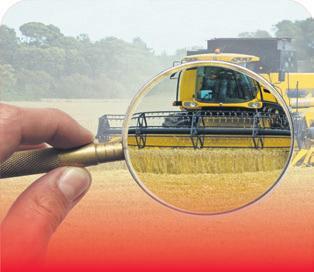


• Dual X-Mode with deep snow/mud function
• Driver Monitoring system with facial recognition
• X-Mode with deep snow and deep mud settings.
More tow: the Outback Xt Special Edition benefits from a powerful 2.4-litre turbocharged Boxer engine, which provides an impressive 2400kg towing capacity.
CANTERBURY FARMING September 2023 45

46 September 2023 CANTERBURY FARMING
*Terms and Conditions Apply.
Turning sport into exports
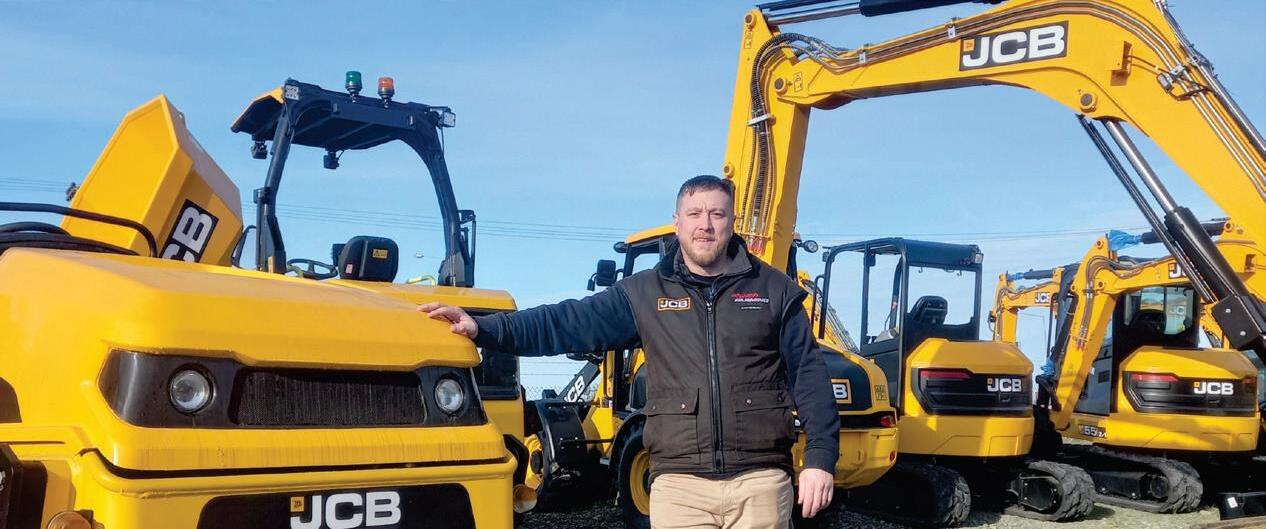
After the huge success of the women’s football world cup hosted by Australia and New Zealand and the Rugby World Cup being held the focus on sport is very strong, especially as New Zealand punches well above our weight.
] with rob Cope-Williams
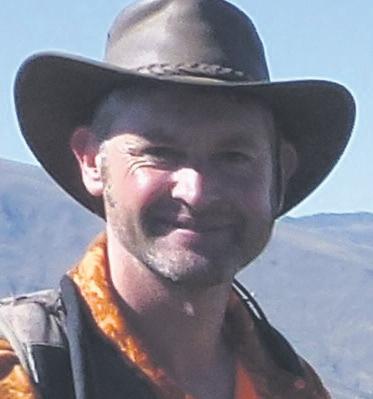



It is interesting that reports suggest people in other parts of the world know little about New Zealand but know that the All Blacks come from here.

That is helped by the fact that rugby, as a sport, is increasing around the globe and by doing so many teams either have top kiwi players or coaching staff. Top a degree those playing overseas in countries such as Japan and USA become diplomats and sales types for us and our producers.

Obviously there will be many questions and conversations about NZ and how we live here. Wide open spaces, low density housing, the greatest produce in the world, and a healthy place to live and bring up families.
That would help immigration as well as promote our product.
Then there is the motorsport scene worldwide. A rough count would indicate there are about 15 or so world class drivers racing in the USA, Europe and Japan all of whom are clearly New Zealanders, and acknowledged
] by Solis Norton
as such by commentators informing the millions and millions of fans who watch the racing in their homes as well as the tracks.
So, the awareness of New Zealand through our sports people is very high across a raft of sports, but how does that help our exporters?
For a start I would suggest the marking folk use the silver fern as a focus more, well done Silver Ferns Farms.
Billboards advertising New Zealand produce at venues would also help, along with marketing teams giving people at venues a taste of whatever as we see in our own supermarkets. Free trade agreements, to me, are just the start of a process.
They need to be followed up at the point of sale with awareness by the consumer. It is all very well known to have access to a market, and another to benefit from that access.
As advertising experts will say: you can’t sell a secret, so unless people are aware of what we produce and offer to them they won’t know how to buy it.
We have many top sports people out there around the world, all-in high-profile areas, use them to market what we produce, and perhaps ensure they have the branding to help.

If it means helping to fund the athletes, it will be money well spent.
Science is lighting our way but to where?
In the last few centuries scientific endeavour has revealed many facts that have proven fundamental to so much of human development. Today our actions as individuals, businesses, governments, and societies are influenced by those discoveries, if remotely, and this knowledge has improved our lives to a tremendous degree.

It also makes assigning a good hypothesis more difficult, or at least a succinct and easily understandable one that does not depend on numerous co-factors.
sults are expressed as some chance of this or some chance of that, twenty interpretations of that chance have both a certain and an uncertain impact on the final three line conclusion.
Over much of that time our methods evolved steadily. Then, with the exponential explosion in the power and accessibility of computing systems following World War II, which continues to this day, these methods have been truly transformed.
That explosion has enabled science to become vastly more complex. Perhaps more complex than we can really get our heads around. No longer is the hypothesis ‘what does A do to B if we mix it with C?
It now considers the effect of A on B when there are many more co-factors involved; C, D, E, F, G and so forth. This makes it a lot harder to determine the effect of A itself.
We risk ending up with something like ‘A will do this when adding B, except if C is doing D, or if E is present, and if F, G, and H are in the mix then all bets are off.’
Statistical analysis of scientific data has advanced hugely too with computing power. Sadly the result is a loss of that beautiful certainty in those original discoveries.
That ‘eureka’ moment has been replaced with a mere suggestion, a probability, or a chance that the result we shrewdly awaited did in fact occur. Hardly the certainty you would hang your hat on.
Influential scientific literature has burgeoned from having perhaps two to four authors, you know, the actual experts, to perhaps twenty or thirty authors. Where the re-














































I personally am a co-author of a review of Johne’s control programmes around the world that has no less than seventy six other authors.
Compounding this rather complex state of affairs is the simple fact that numerous scientific groups around the world create their own models to explain scientific theories which inform policy decisions.
The United Nations Intergovernmental Panel on Climate change essentially take an average of twenty nine climate models to come up with climate change predictions. If we were to add up every factor in every one of those models and multiply it by every expert who had interpreted the results our heads
would surely swim. When the pure facts are buried so deeply beneath the discourse, that discourse naturally becomes dominated by those with the loudest voices and the biggest seats.
Lets go one step further now, perhaps the last one. Imagine the impact on science of artificial intelligence! Not only will humans be incapable of interpreting study results, we won’t even be thinking up the experiments anyway.
But make no mistake, we will remain their subject to a greater or lesser extent. In this, our transition from a wiley, canny, and most curious ape to pink eyed lab rat quivering on a sawdust lined wire cage will be complete. I love science, don’t get me wrong, it’s my bread and butter. It’s that love which compels me to say things like this. And to think very hard indeed about what, in fact, it is truly telling us.
CANTERBURY FARMING September 2023 47
‘You can’t sell a secret, so unless people are aware of what we produce and offer to them they won’t know how to buy it.
GET THE INSIDE KNOWLEDGE
S E P T E M B E R 8 T H
F R O M 2 P M
COME EXPERIENCE SOME HEAVY HORSEPOWER FENDT MACHINES INCLUDING IF AVAILABLE THE MT 943, 1000 & 900 SERIES
AGCO COMBINE SPECIALIST WILL BE ON SITE TO ANSWER QUESTIONS AND GIVE YOU INSIDER KNOWLEGE ON THE FENDT RANGE




WE KNOW BUYING A COMBINE HARVESTER IS A MASSIVE INVESTMENT AND ONE THAT NEEDS A LOT OF THOUGHT. COME JOIN US FOR AN OPEN DAY AT OUR ASHBURTON BRANCH TO LEARN MORE ABOUT THESE MACHINES AND THE SERVICES AND SUPPORT THAT COME WITH THEM.
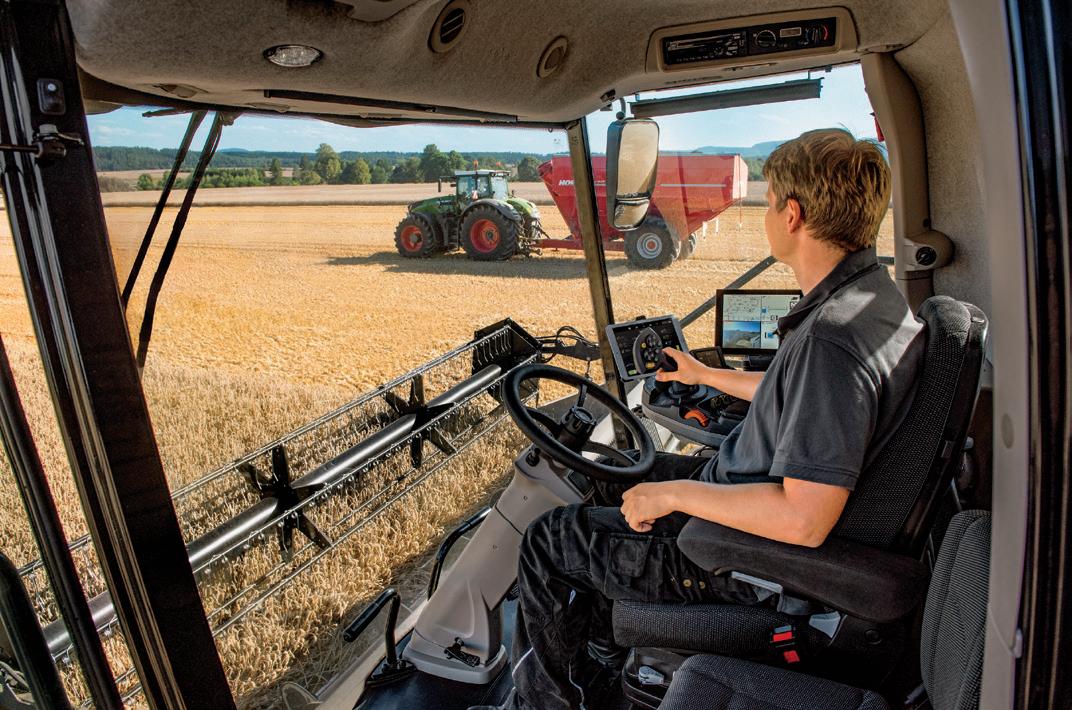

48 September 2023 CANTERBURY FARMING R S V P - S A L L Y . C A N T R E L L @ J J . C O
N Z
.
I D E A L C O M B I N E S









































































































































































































































































































































































































































































 Technical Advisor
Technical Advisor










































































































 ] by Andrew Curtis
Primary Insight
] by Andrew Curtis
Primary Insight




































































































































